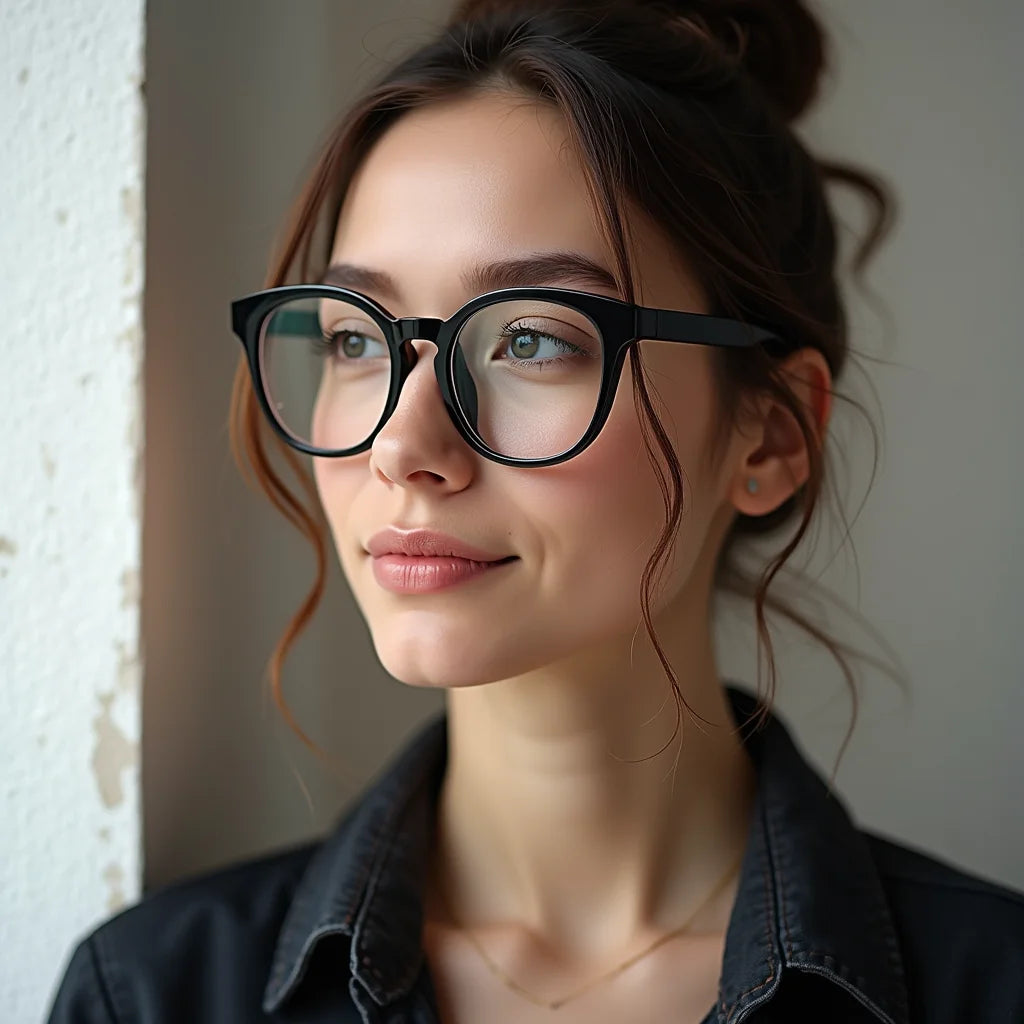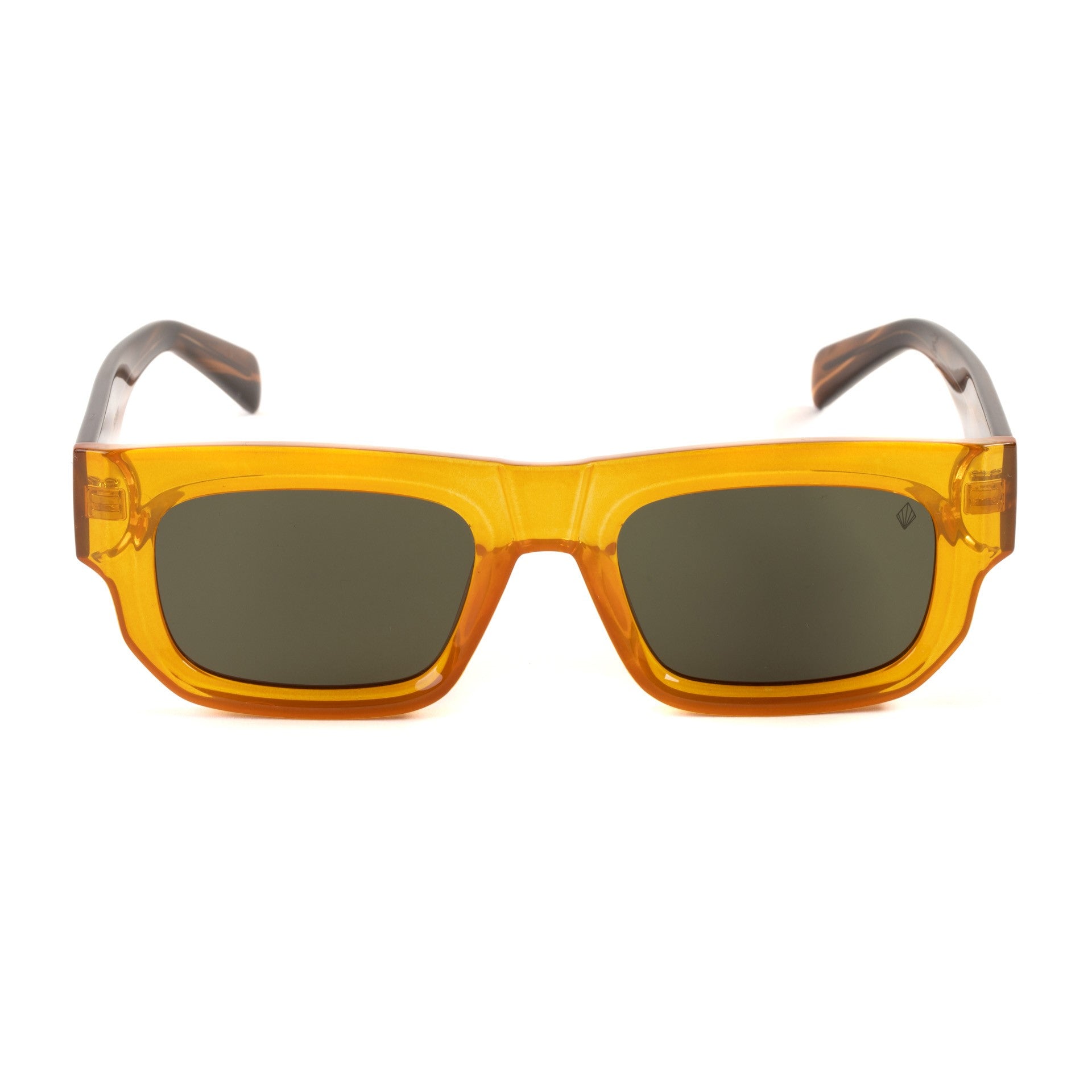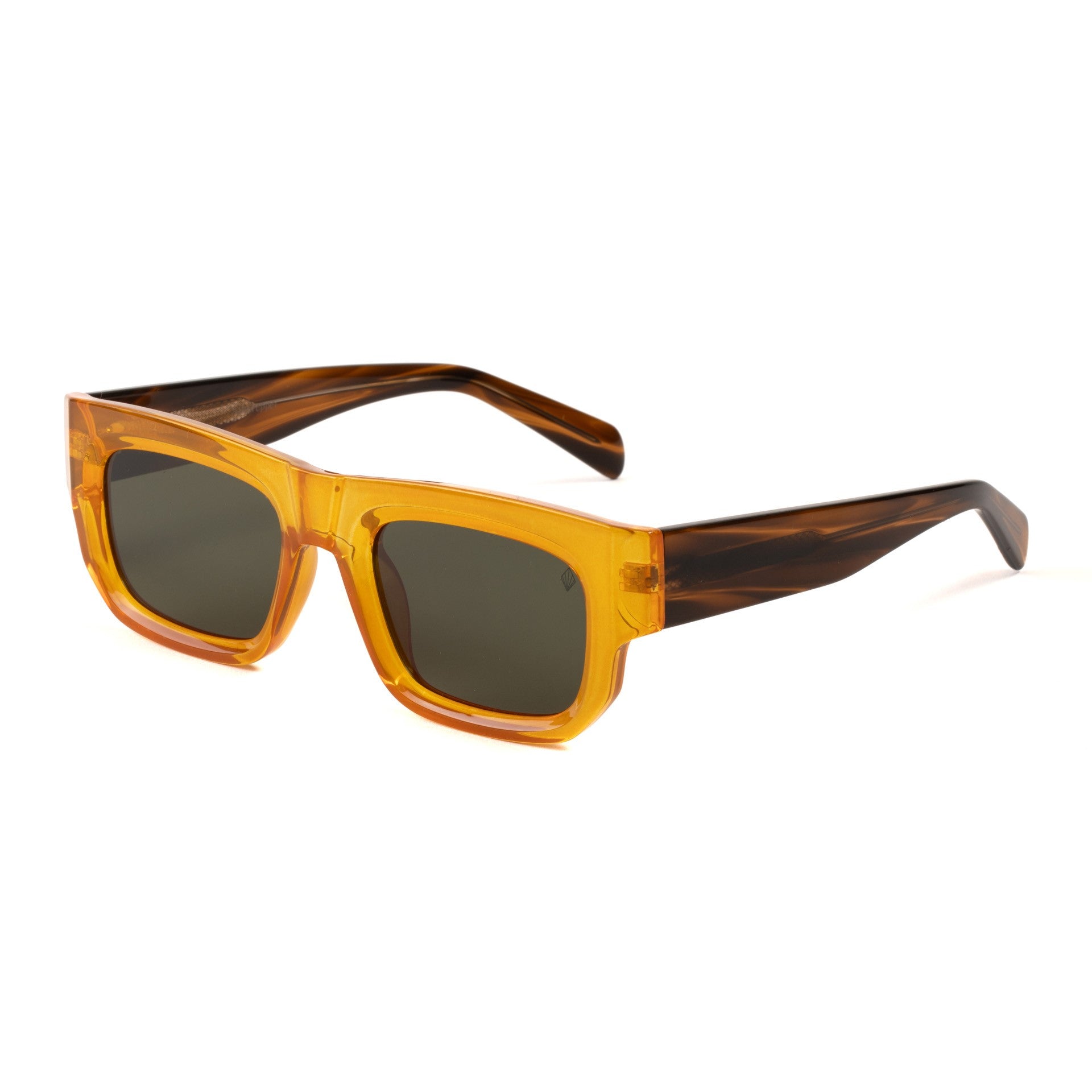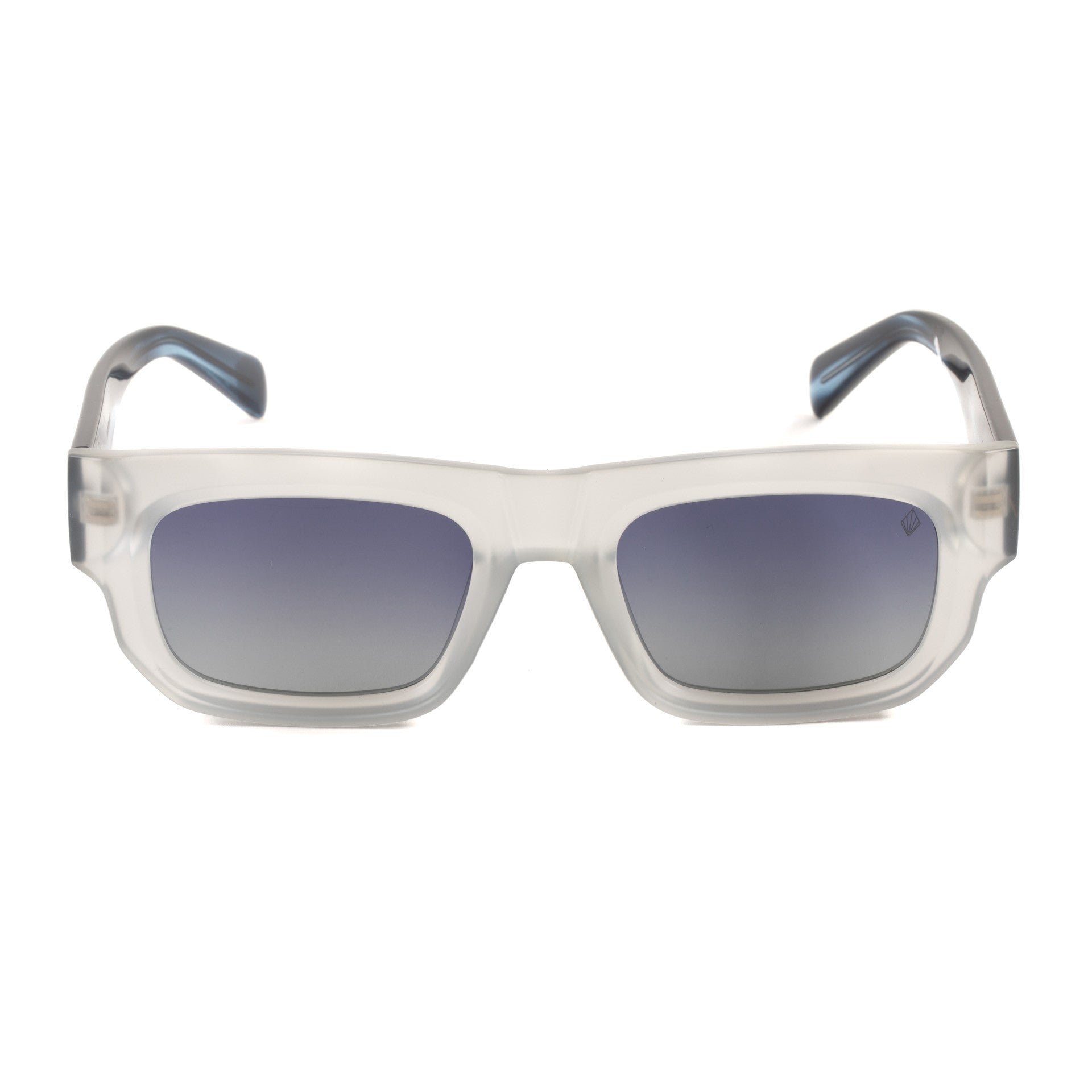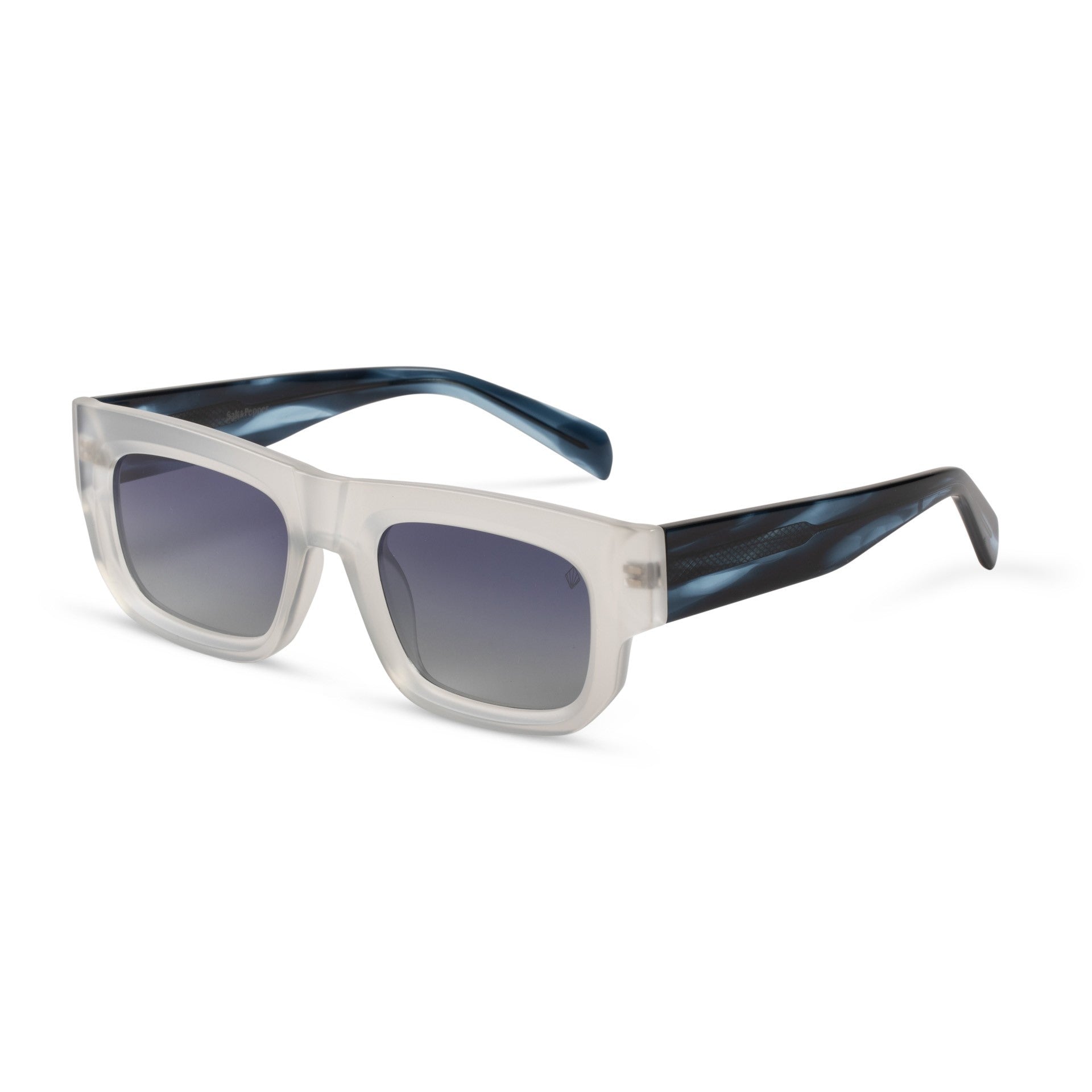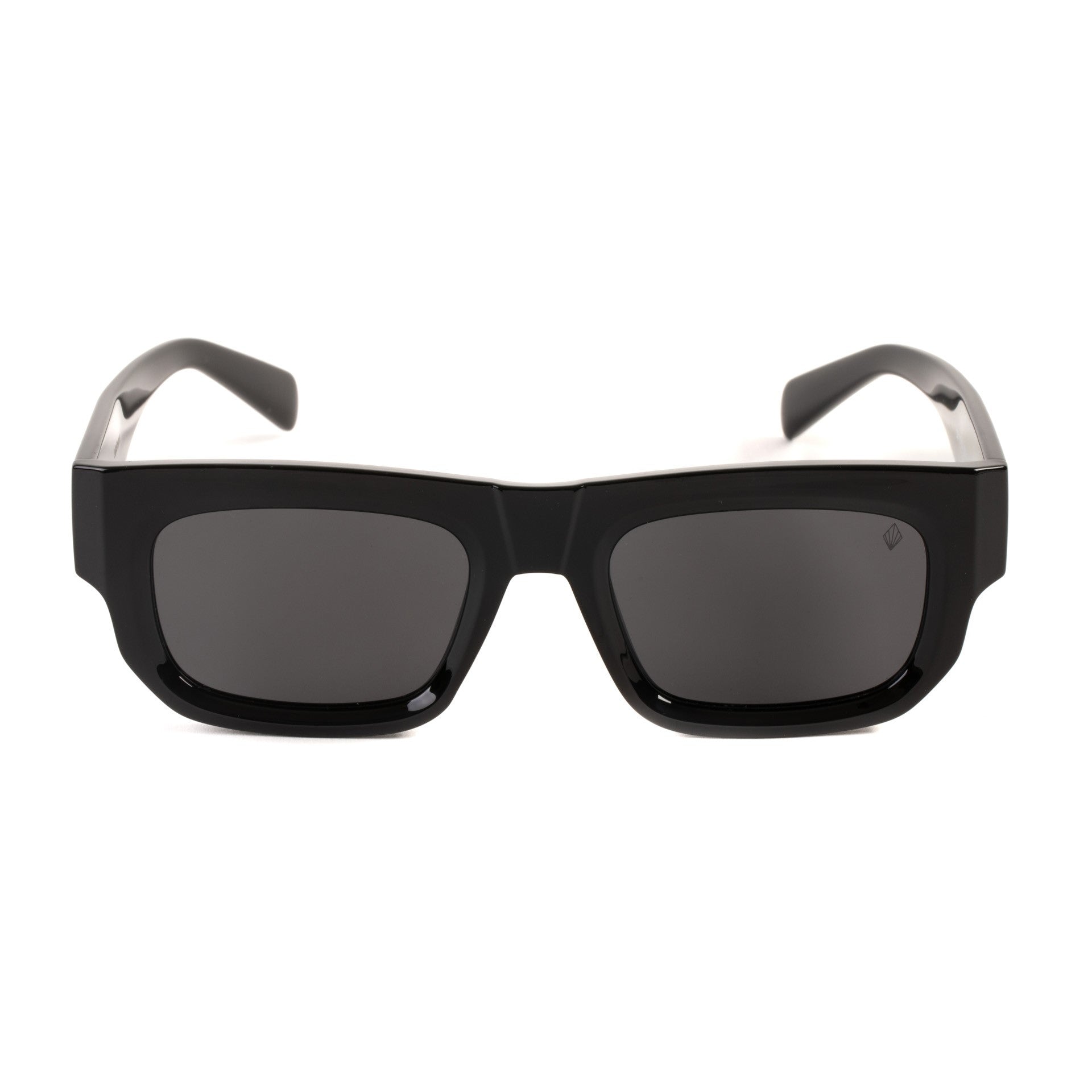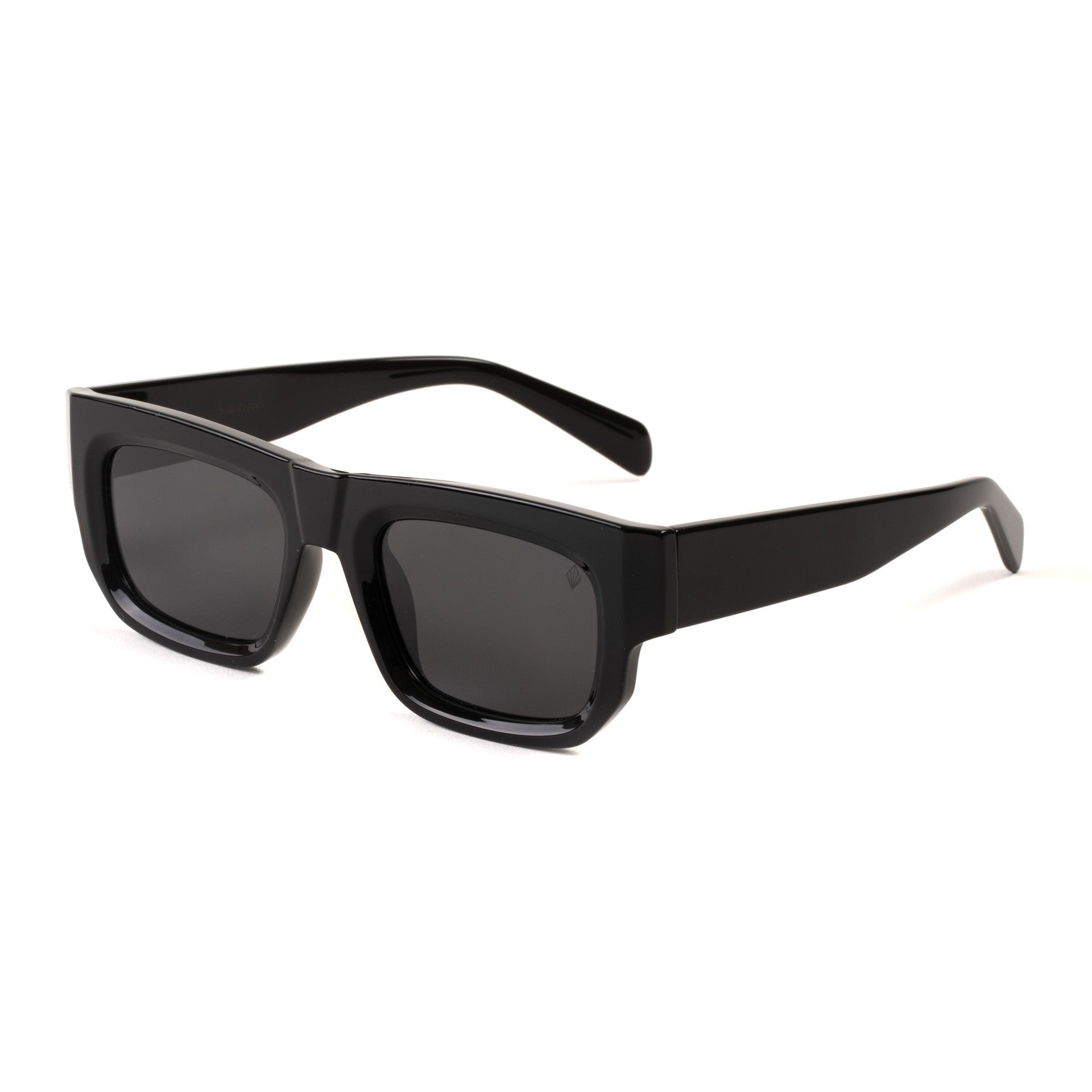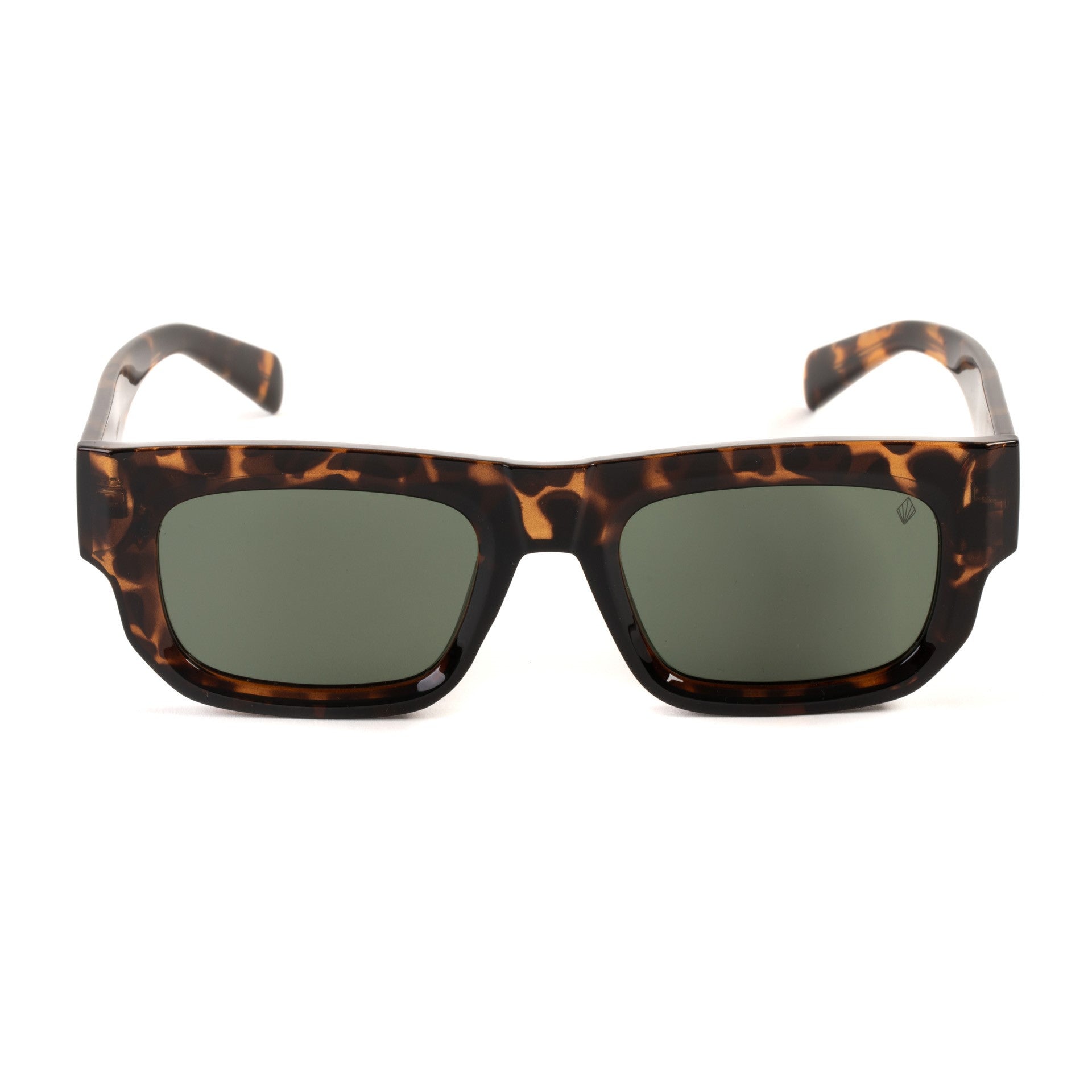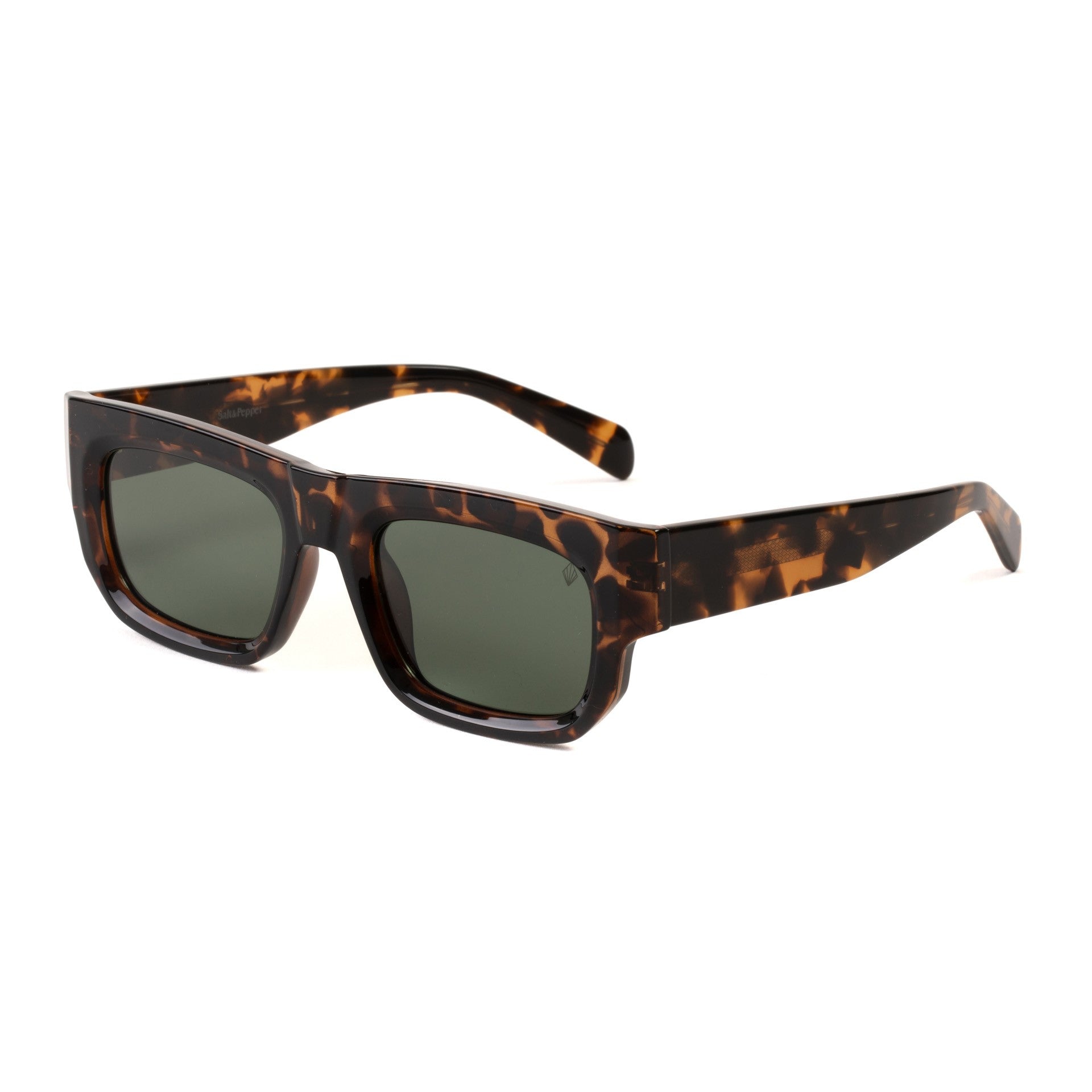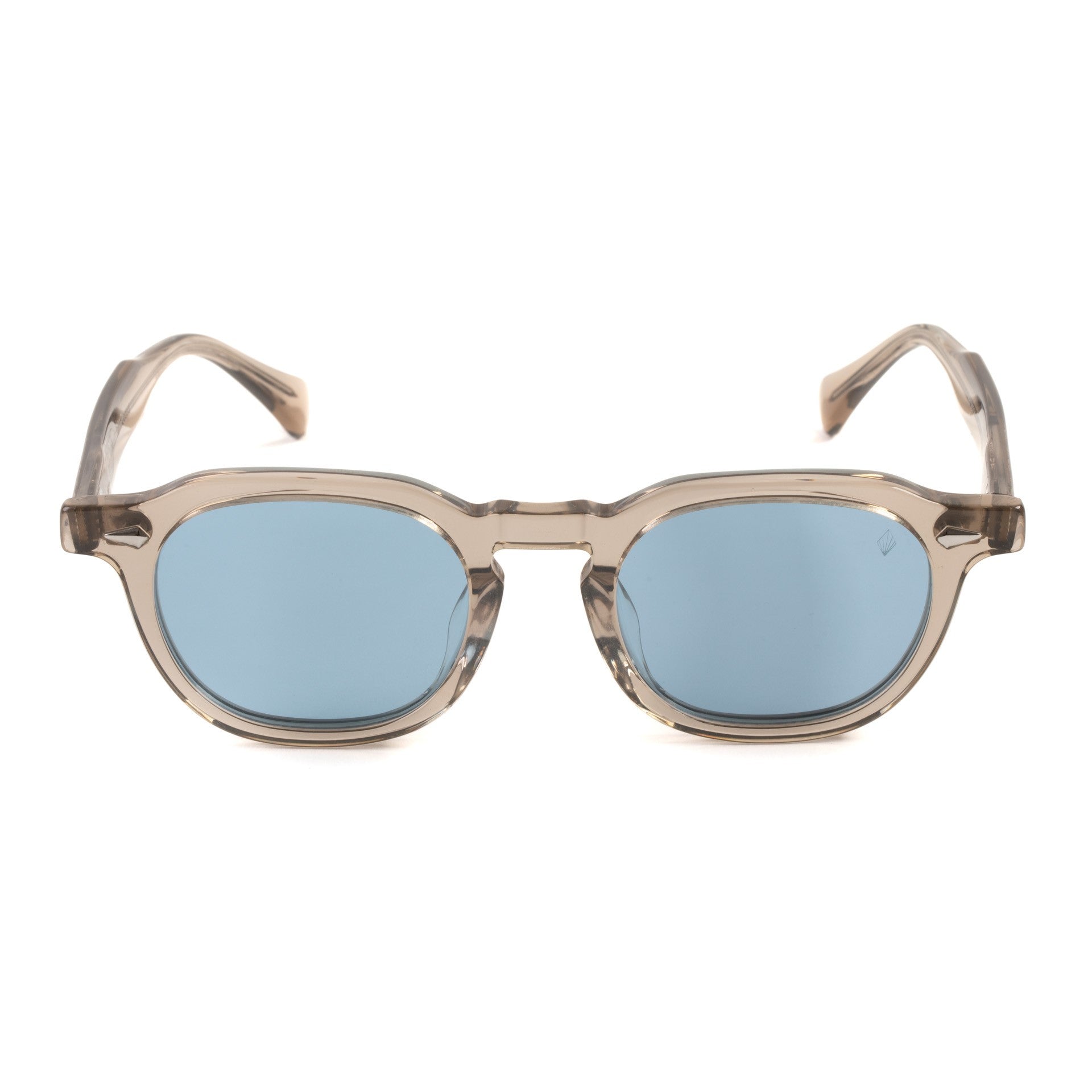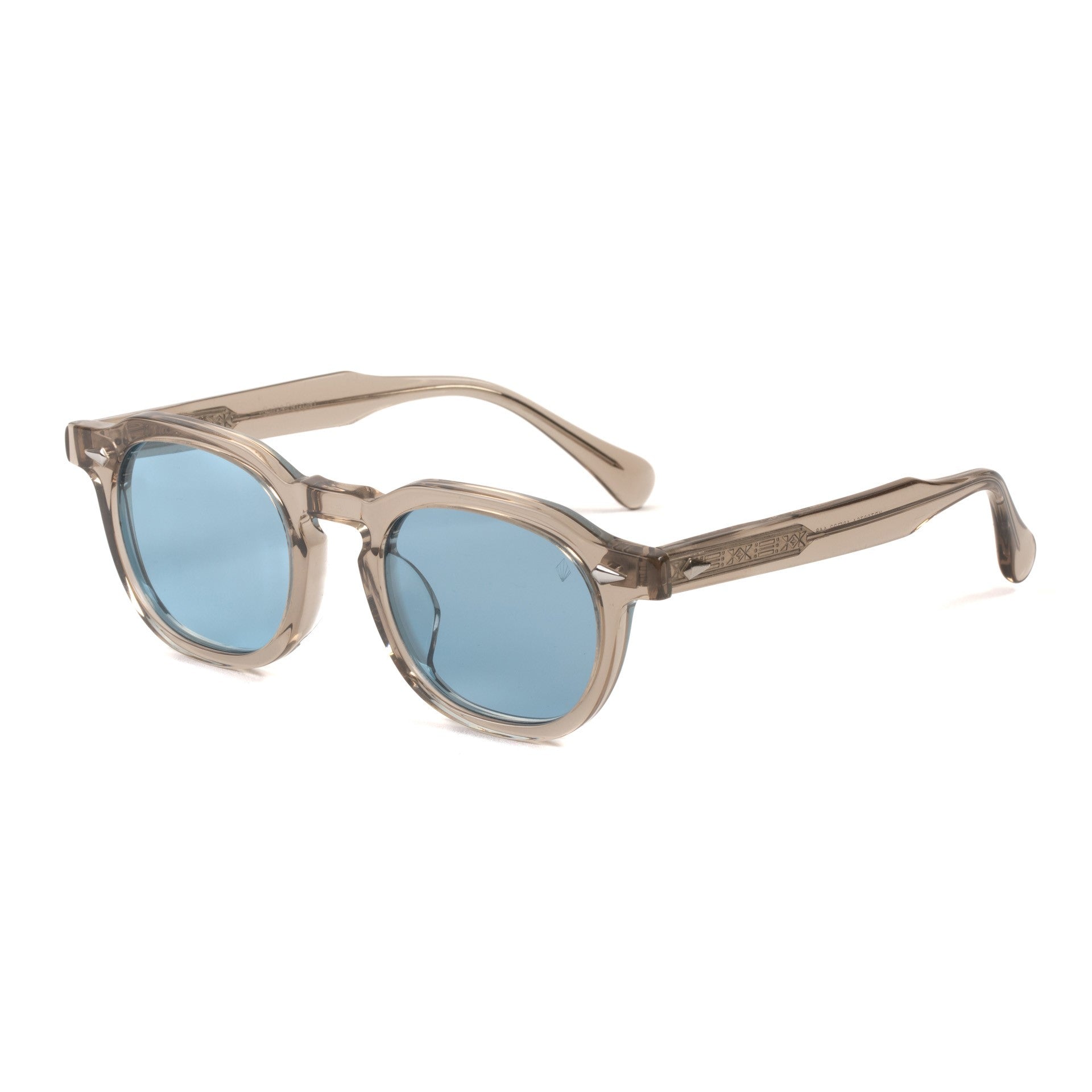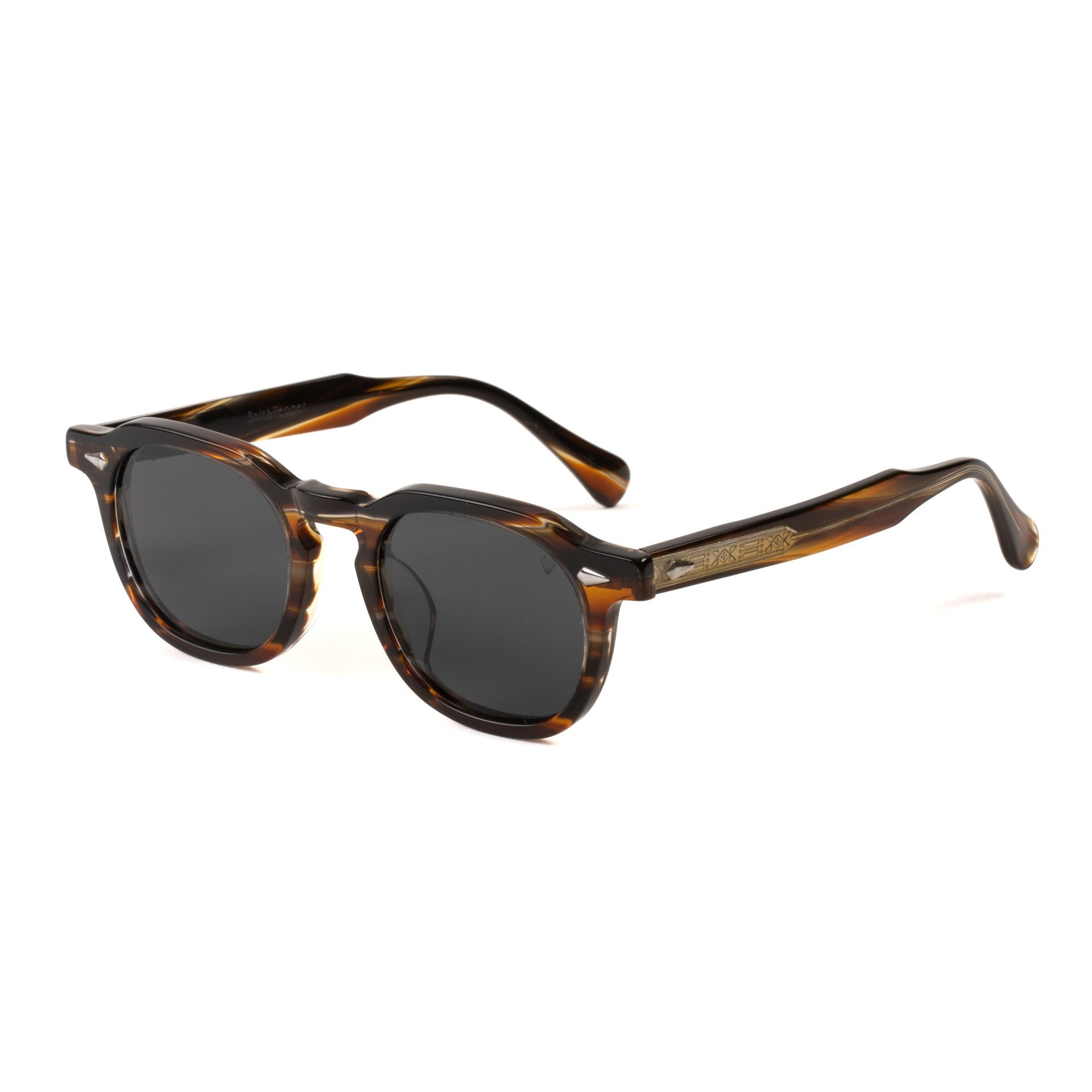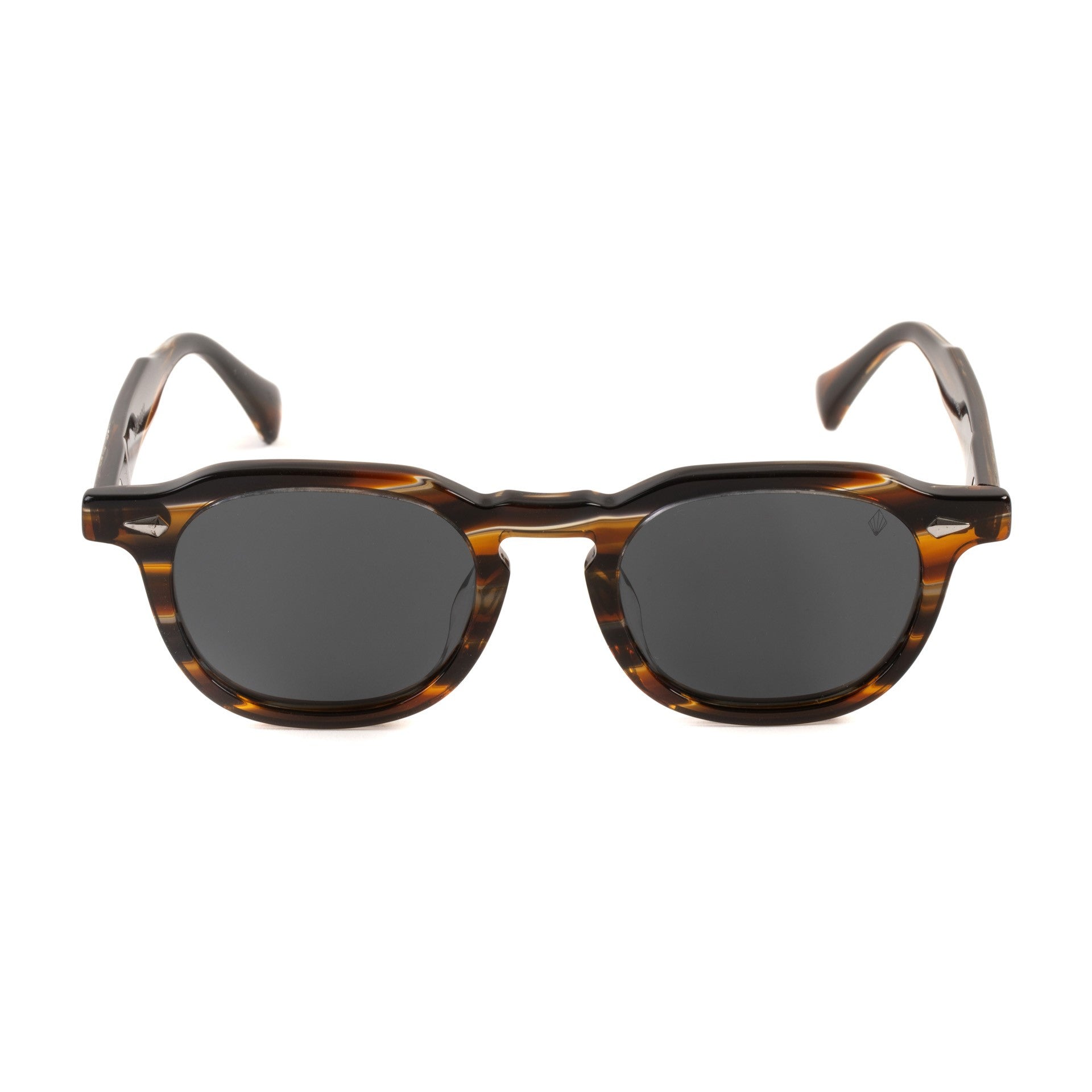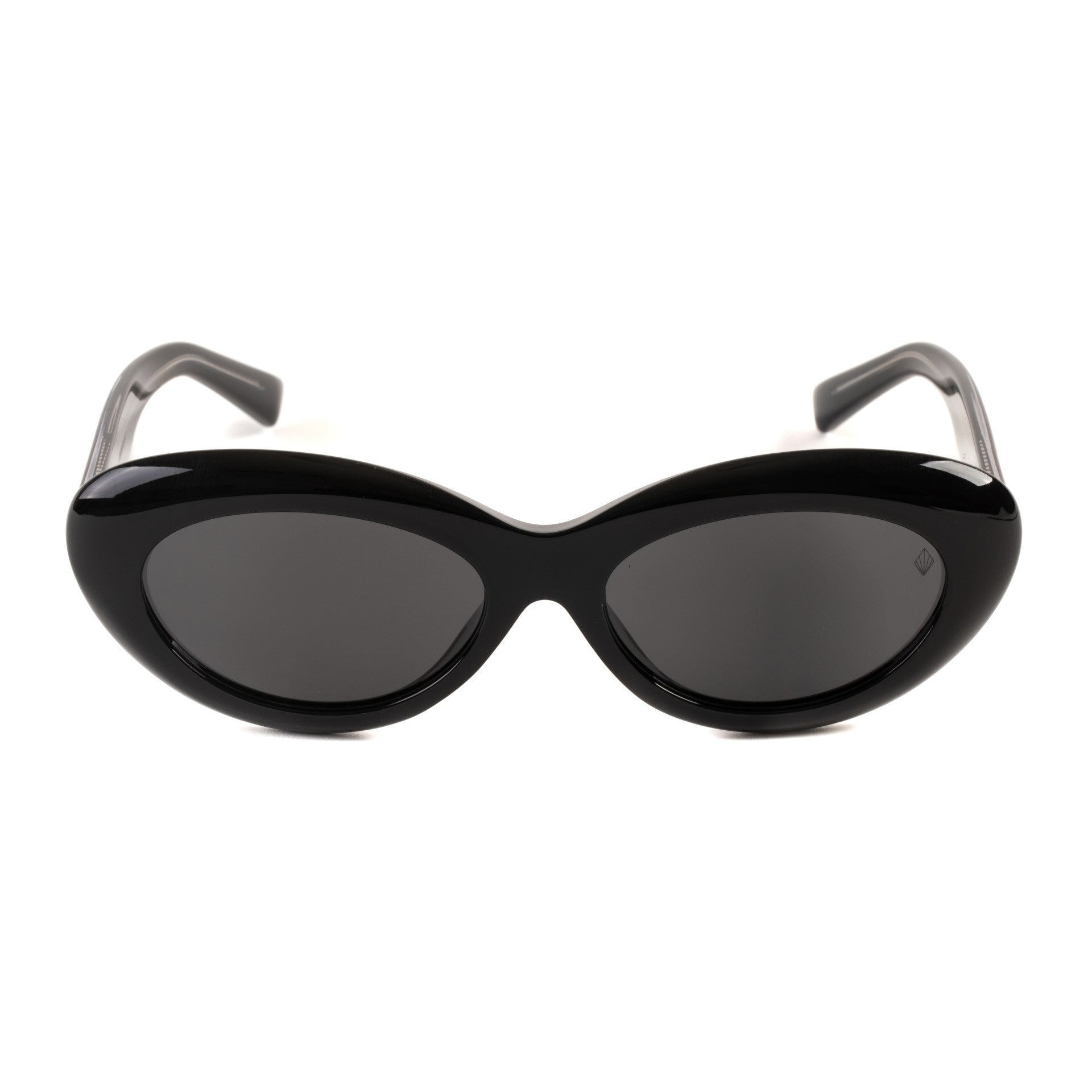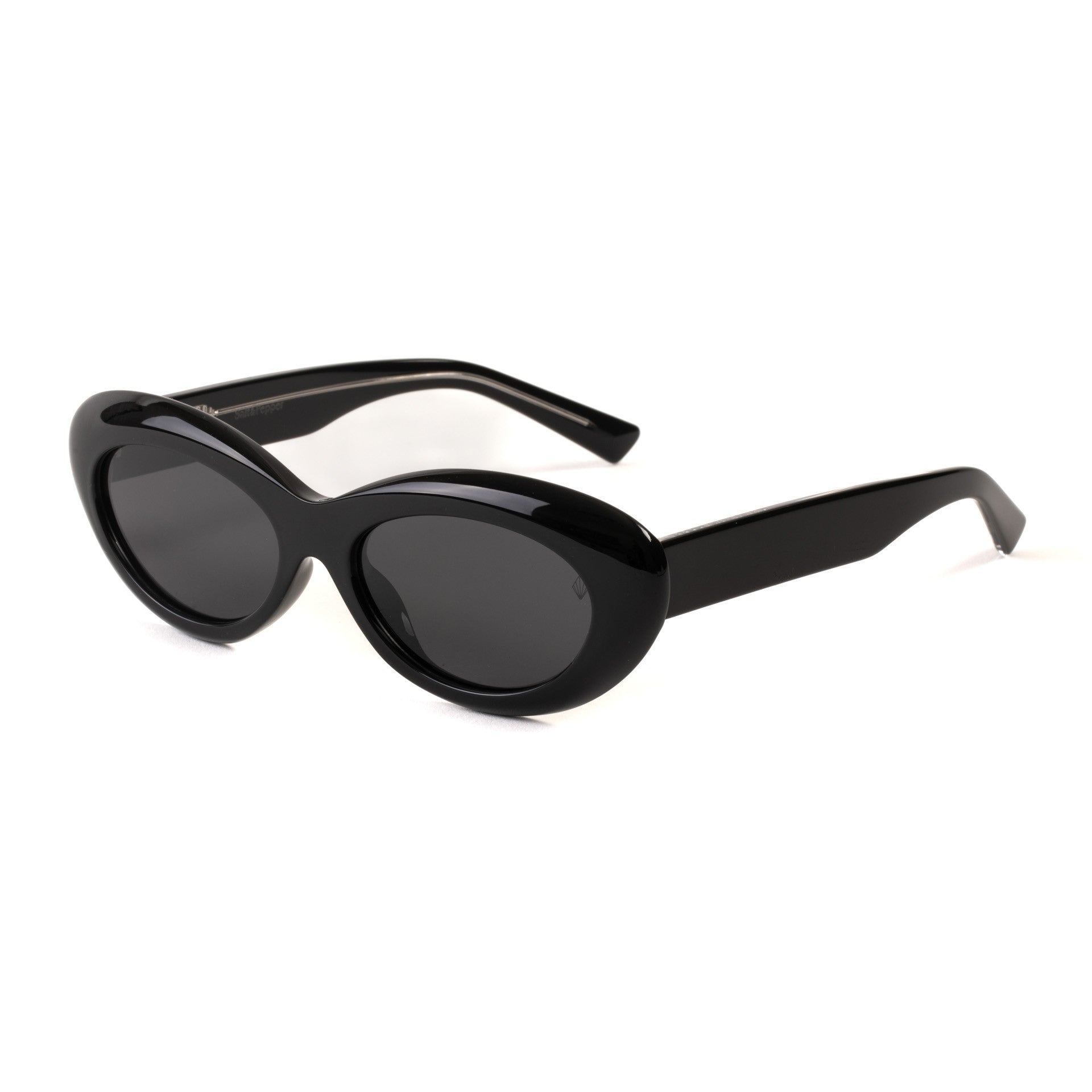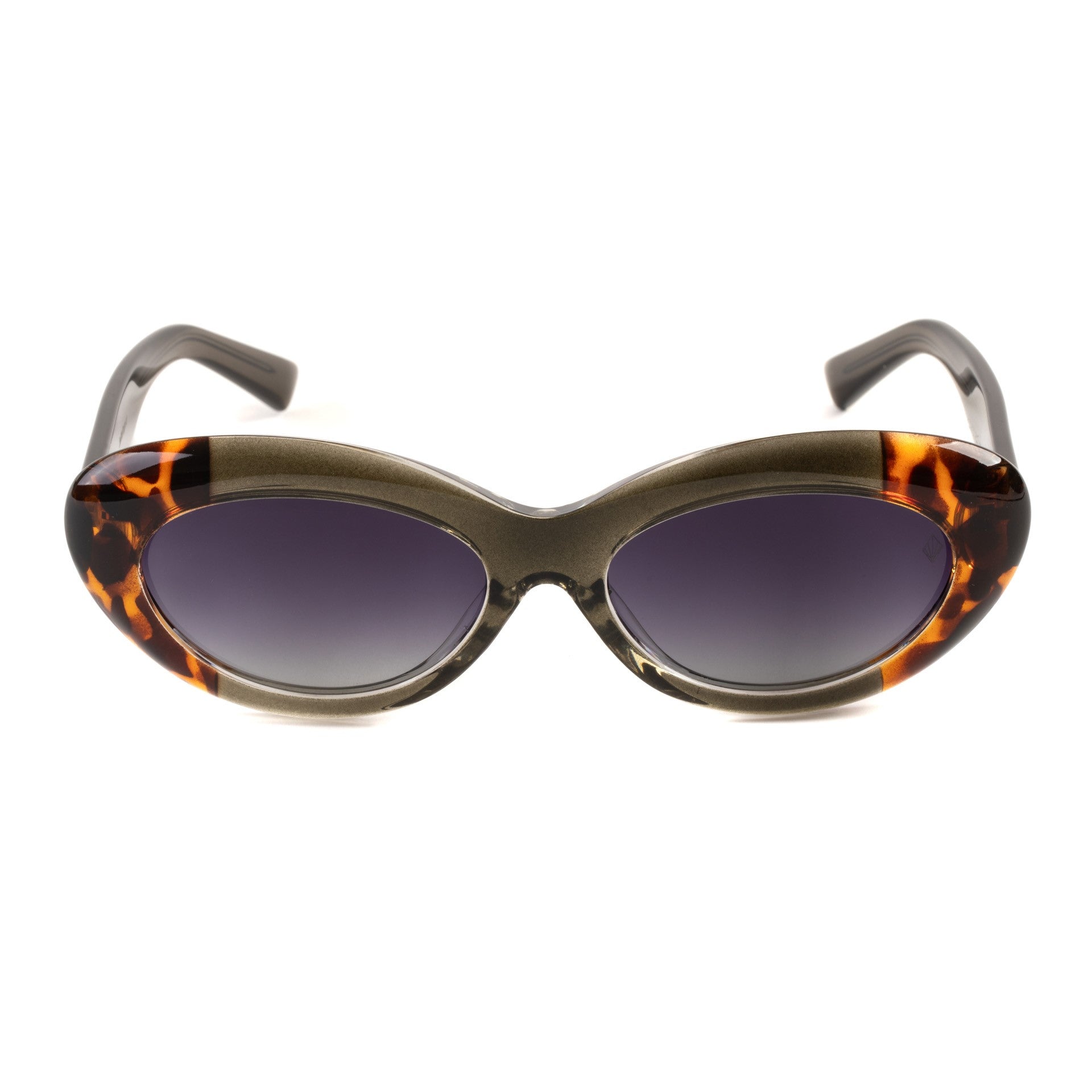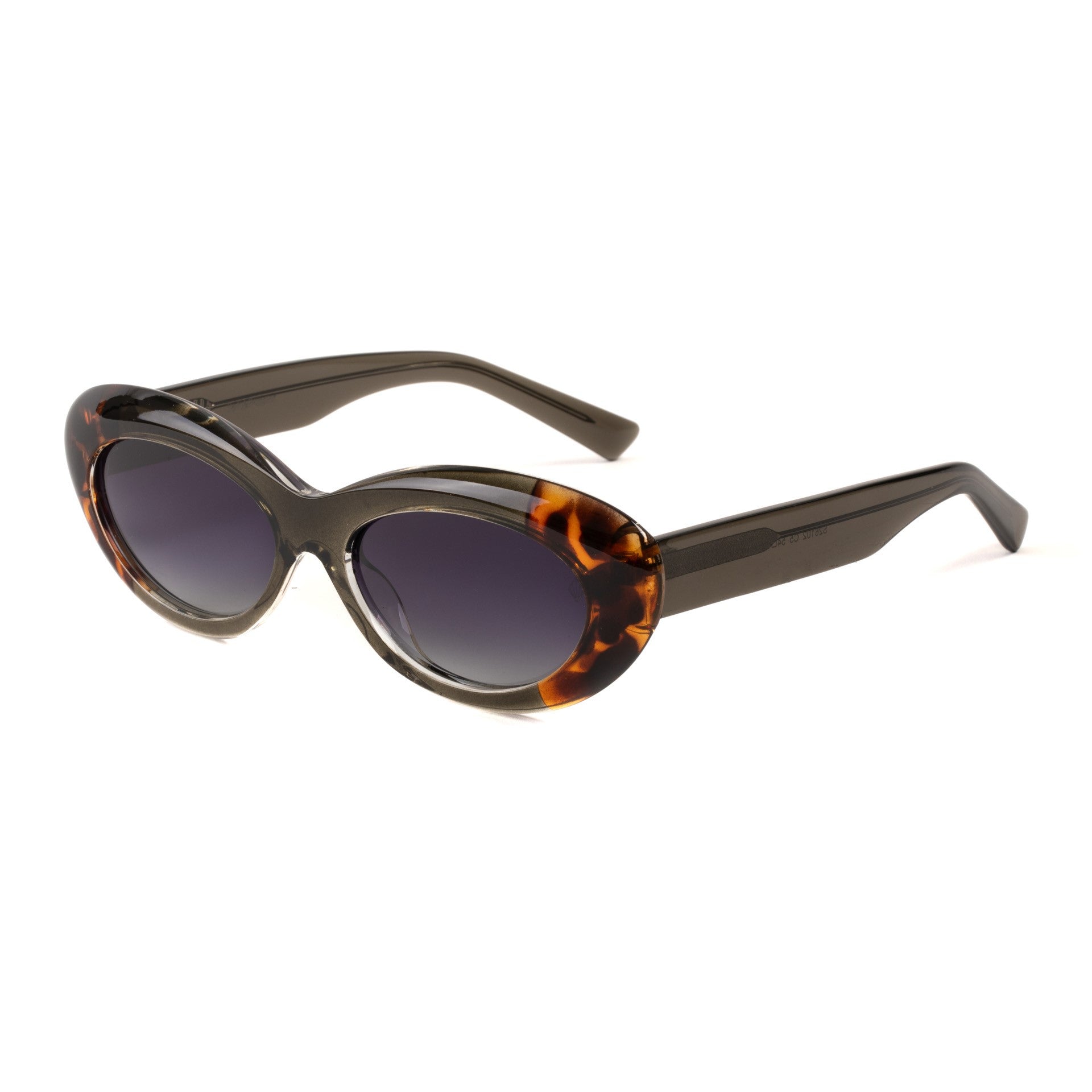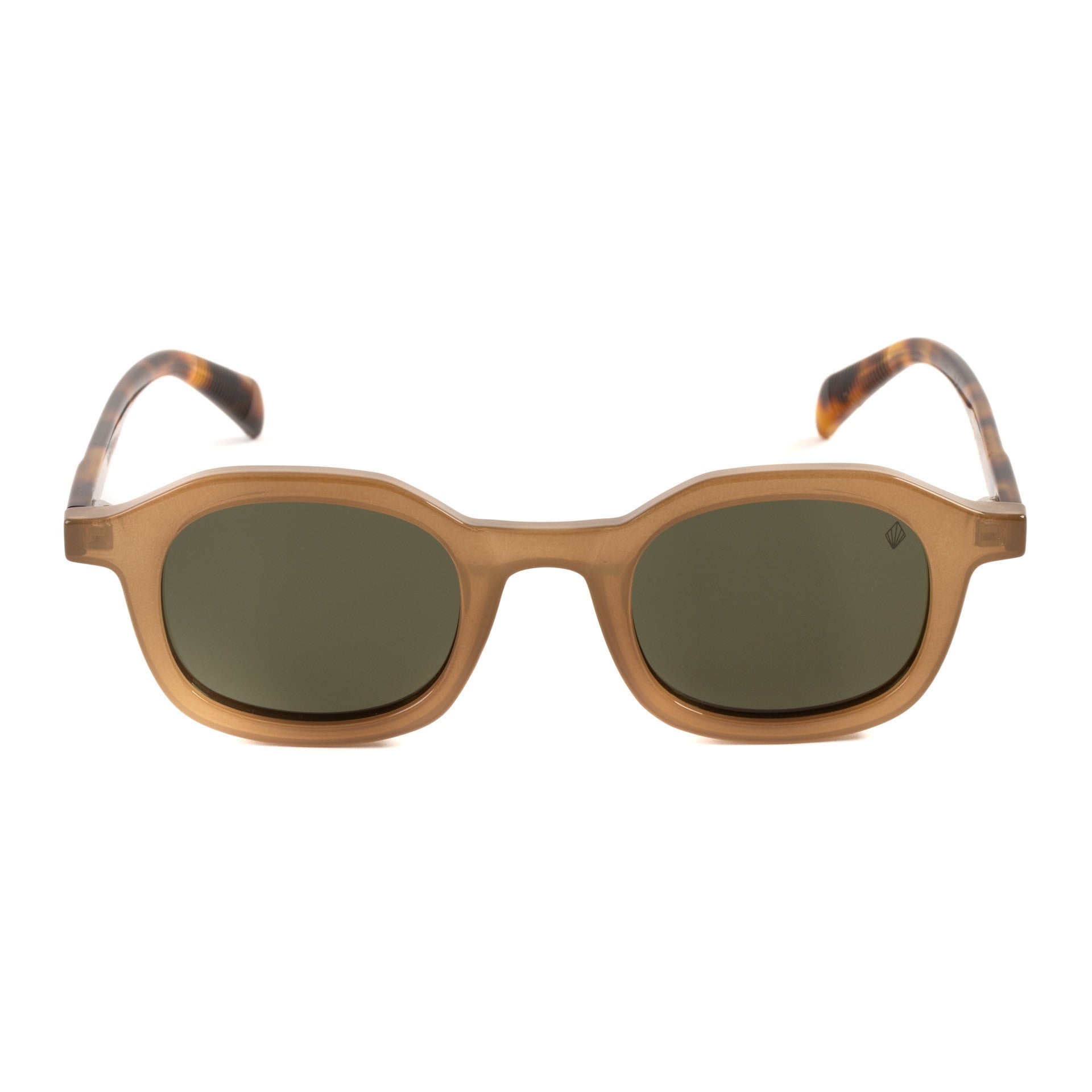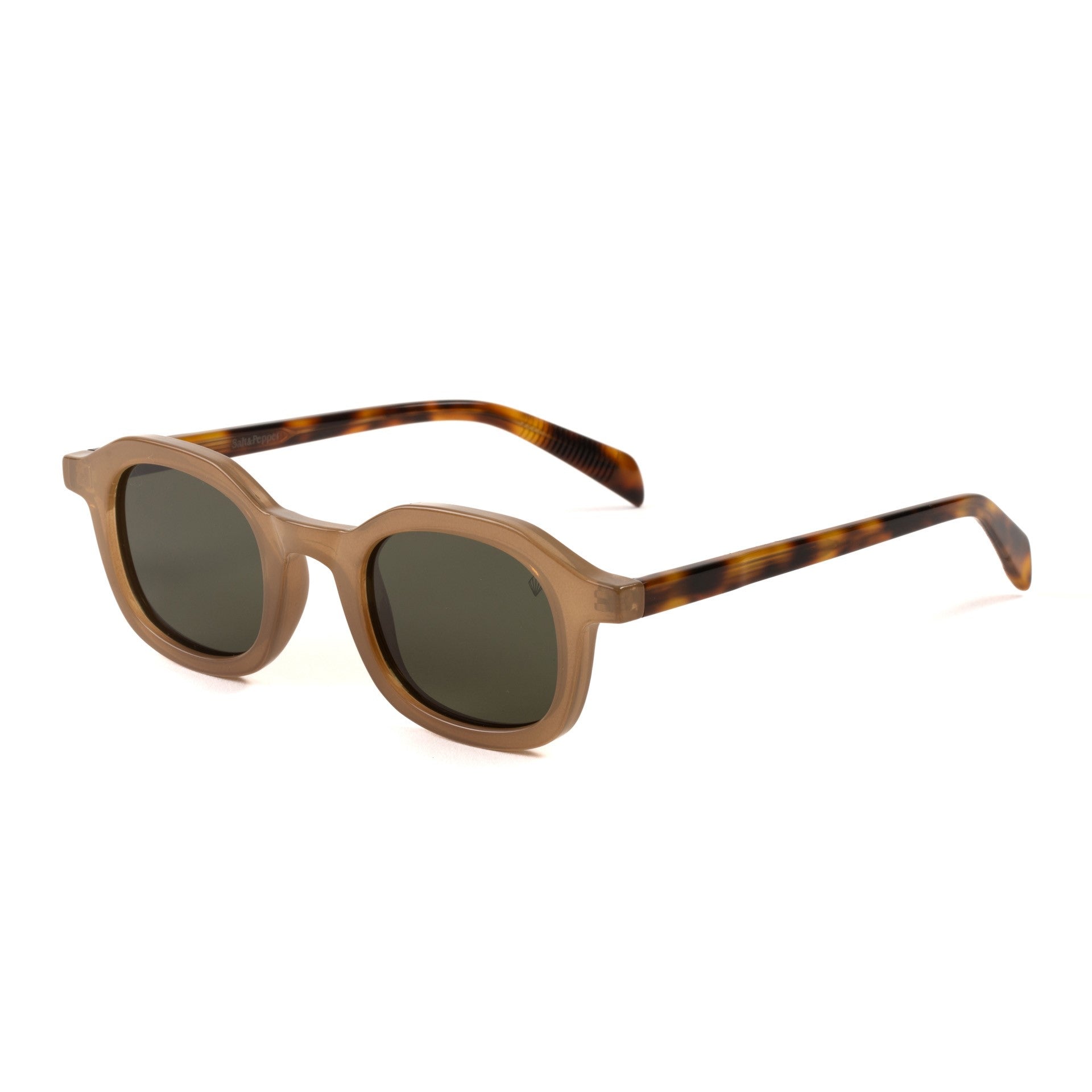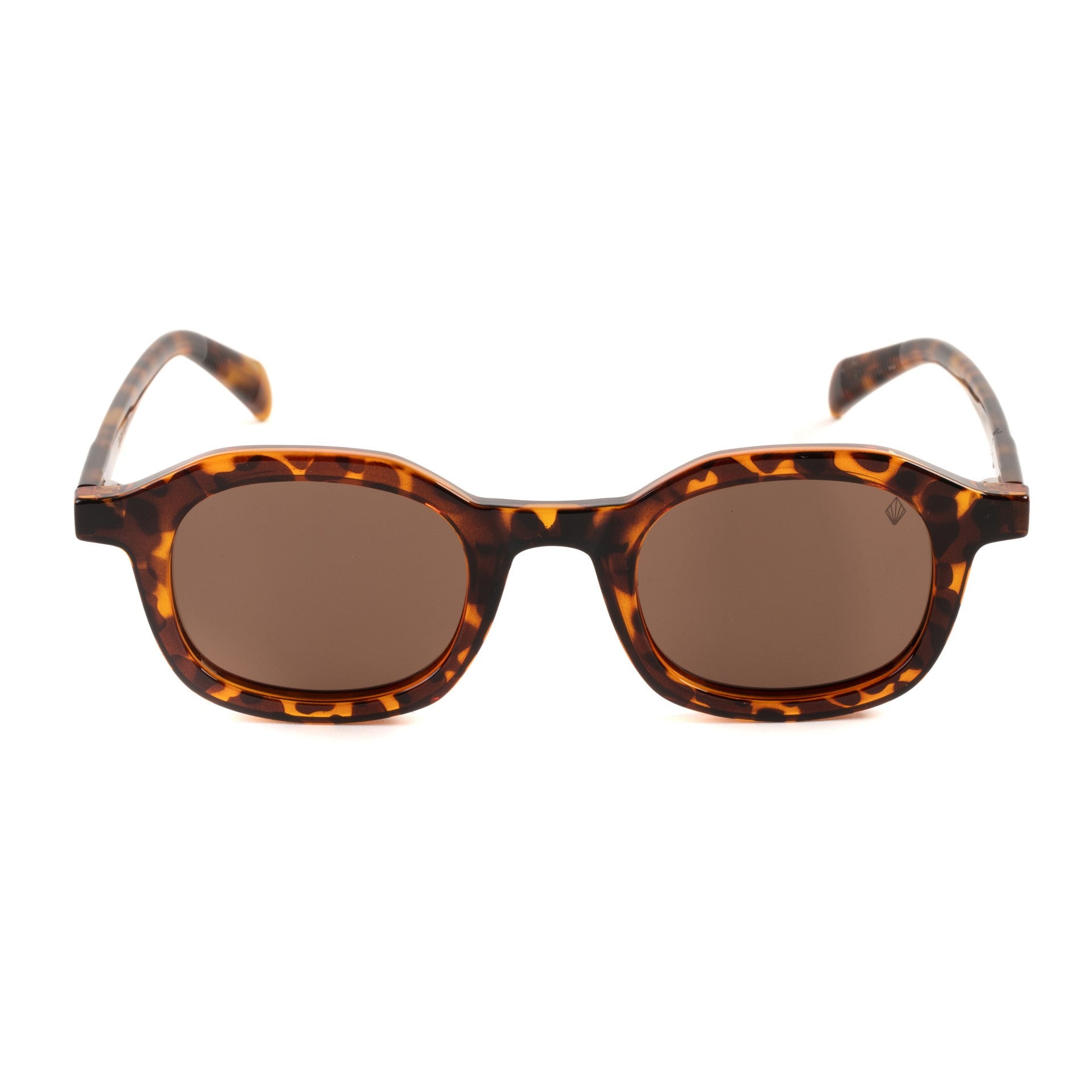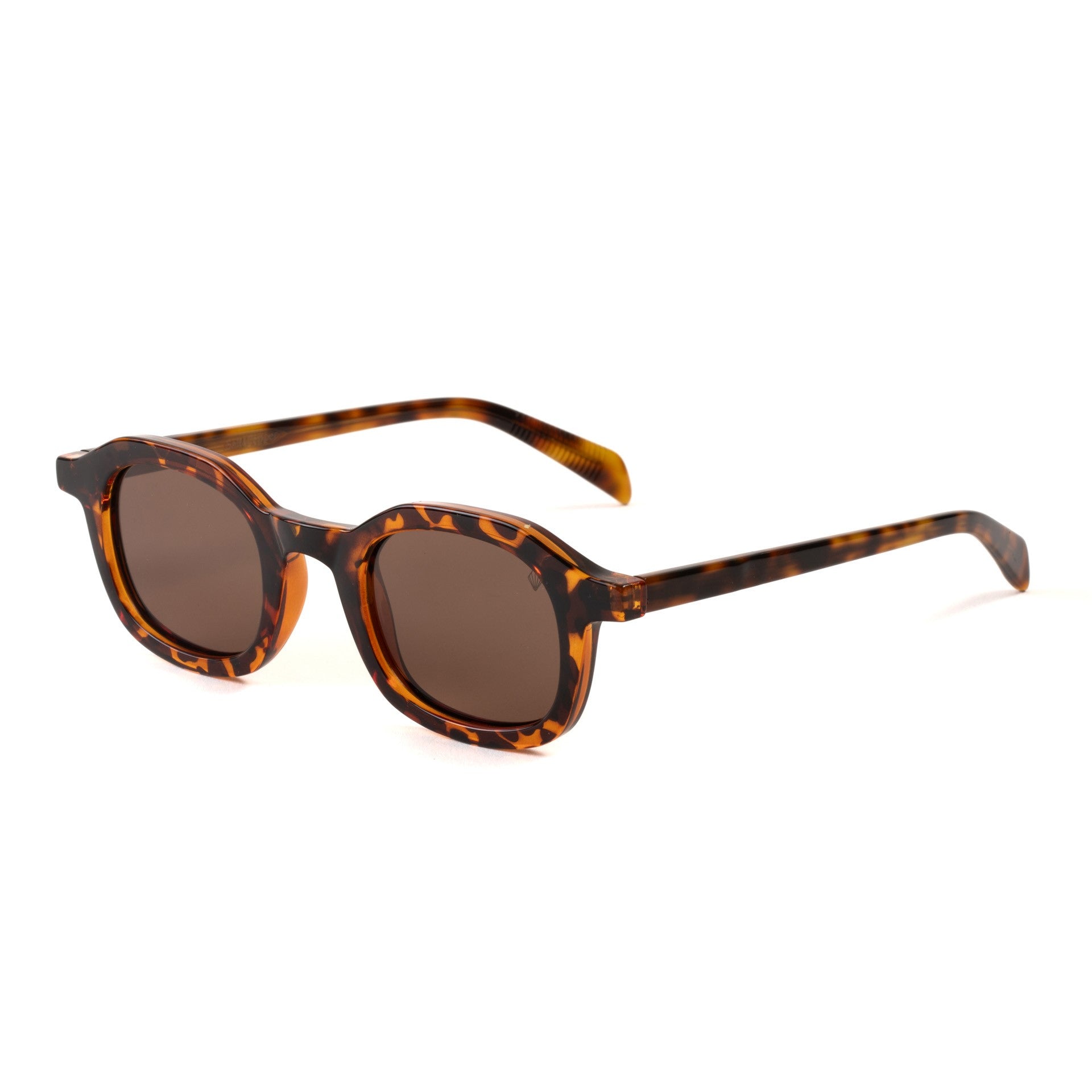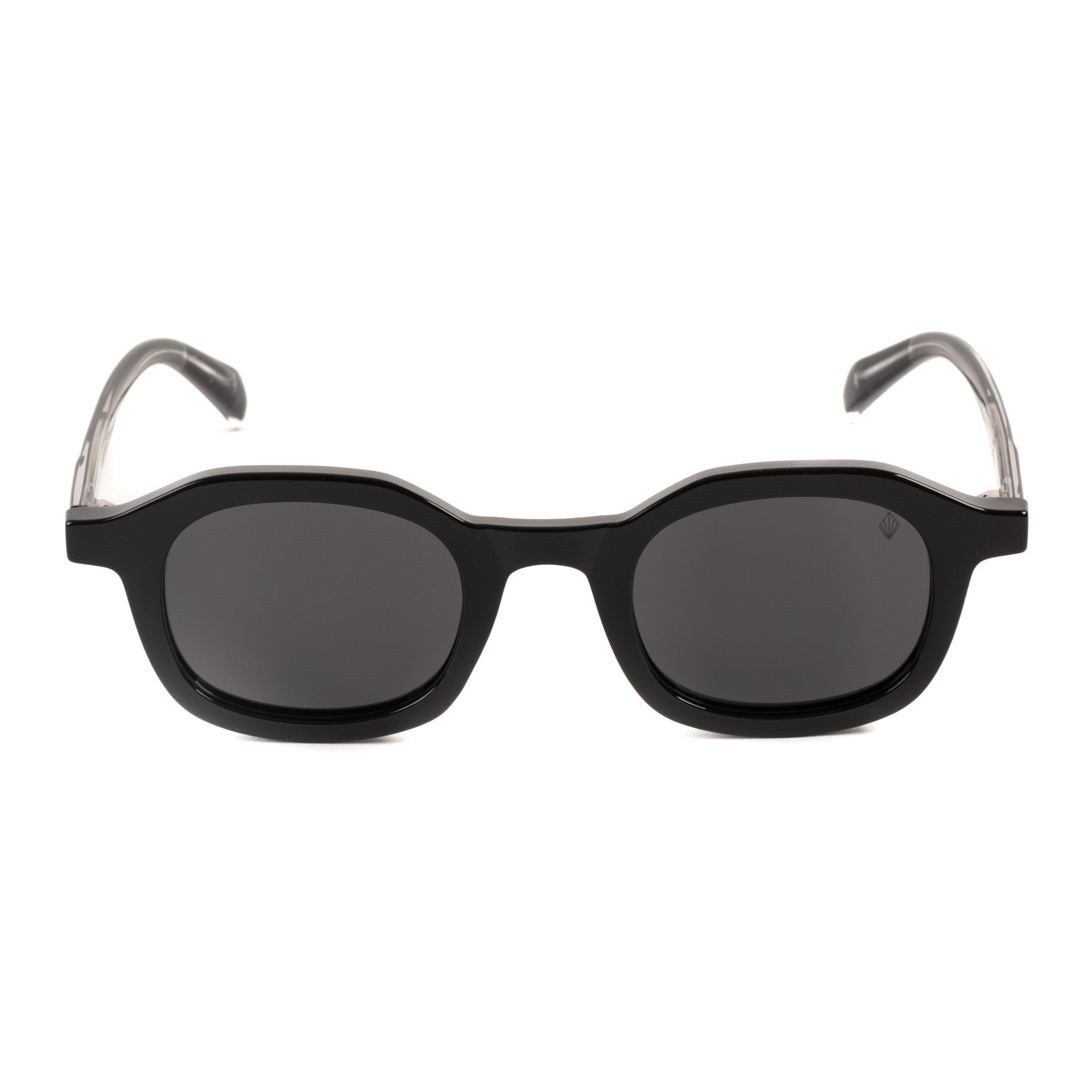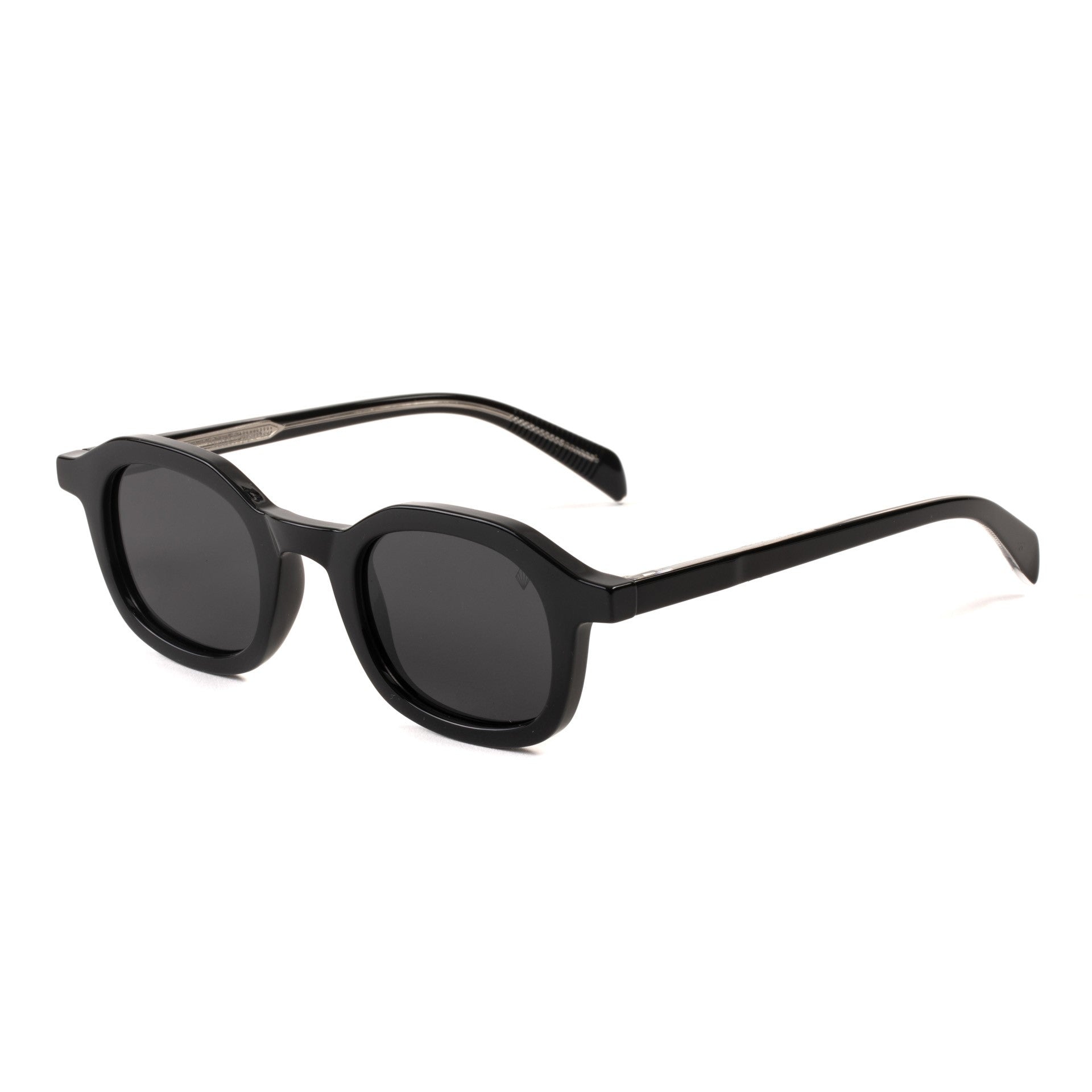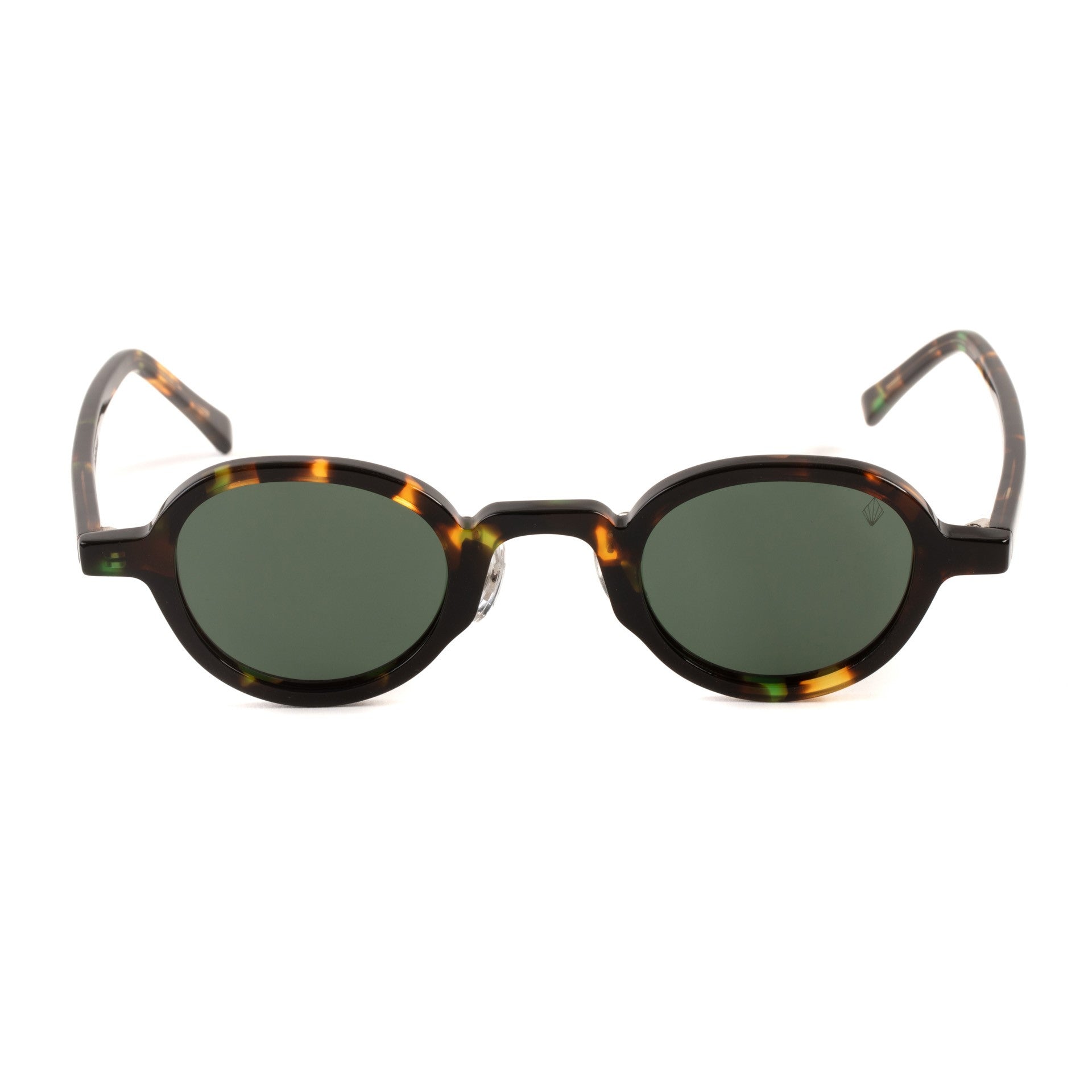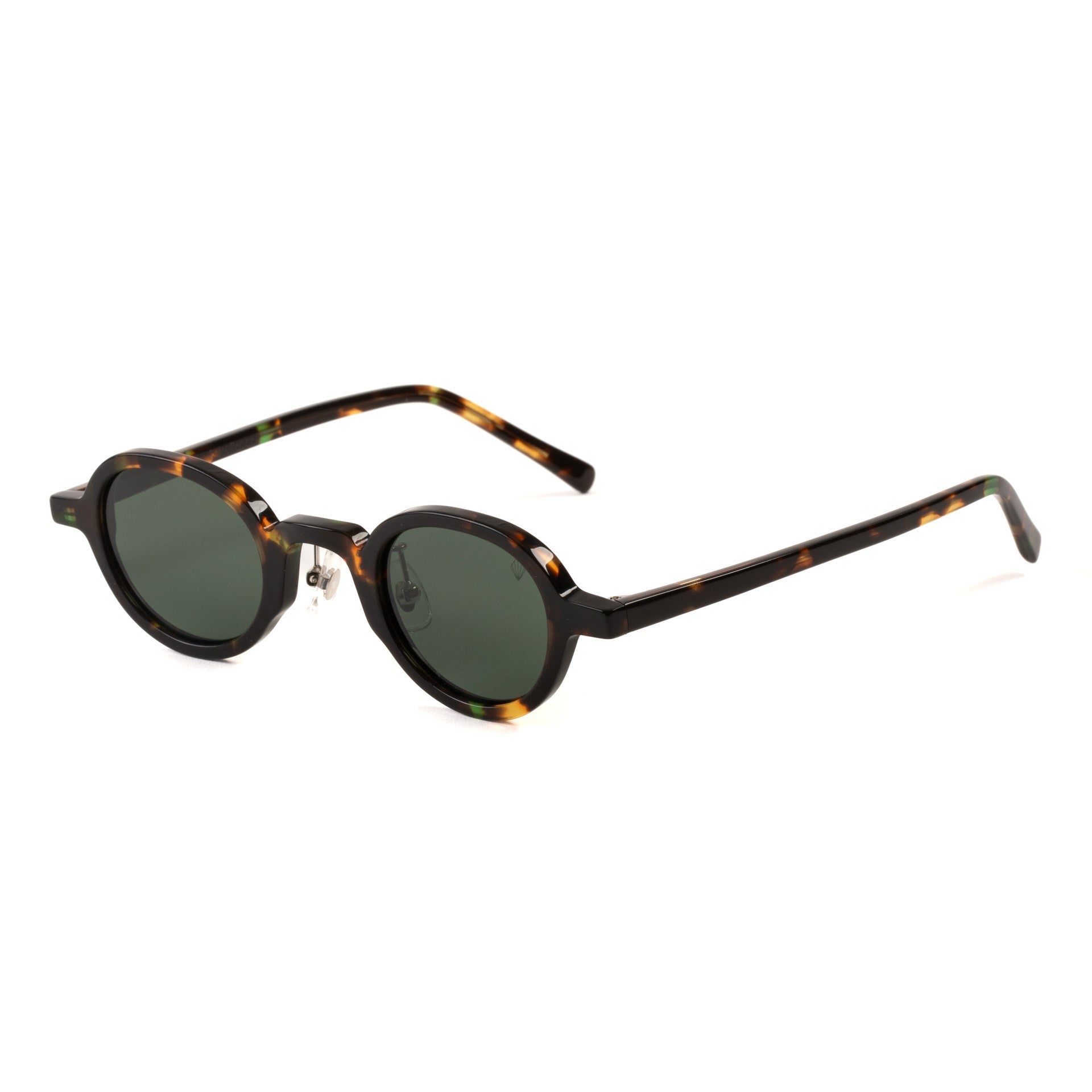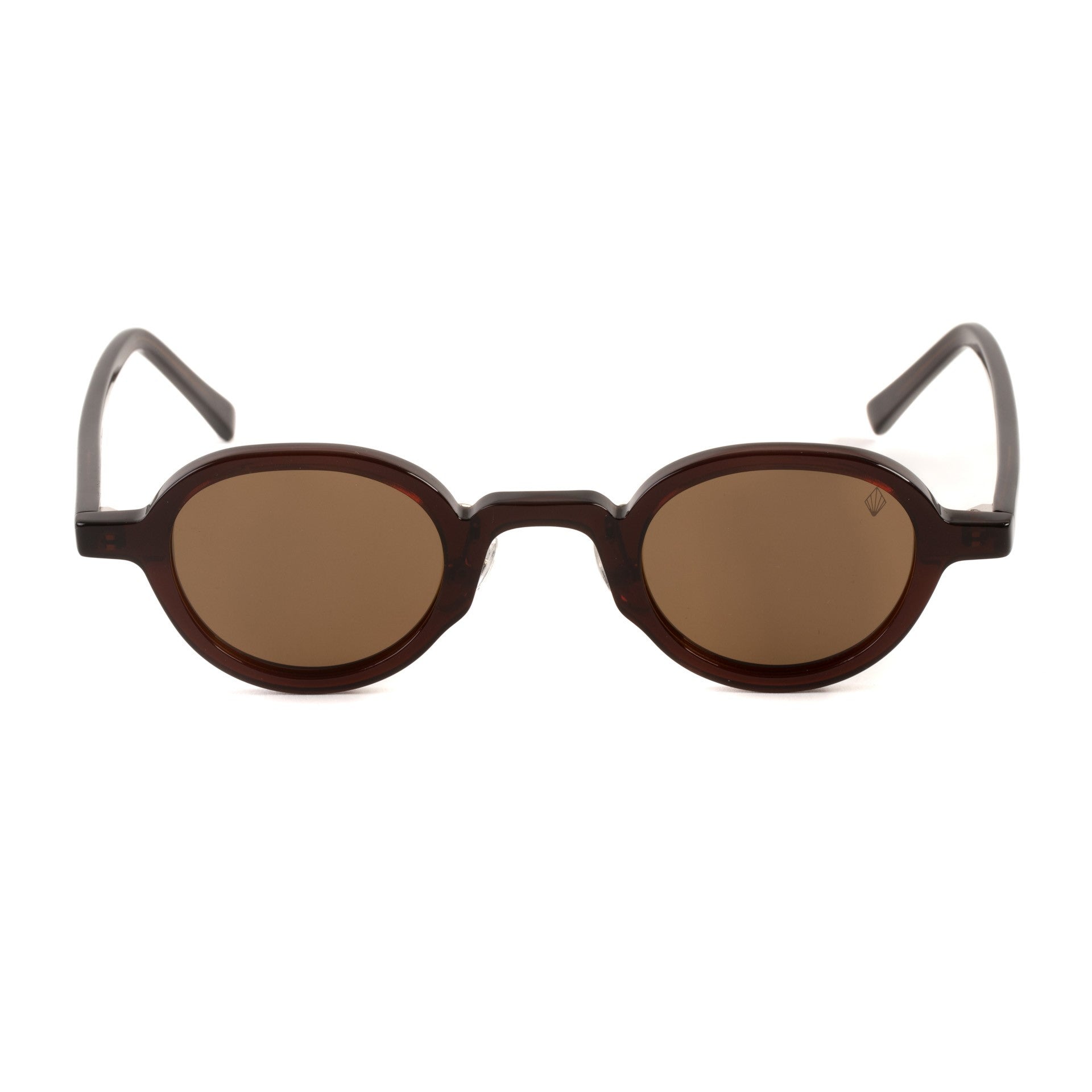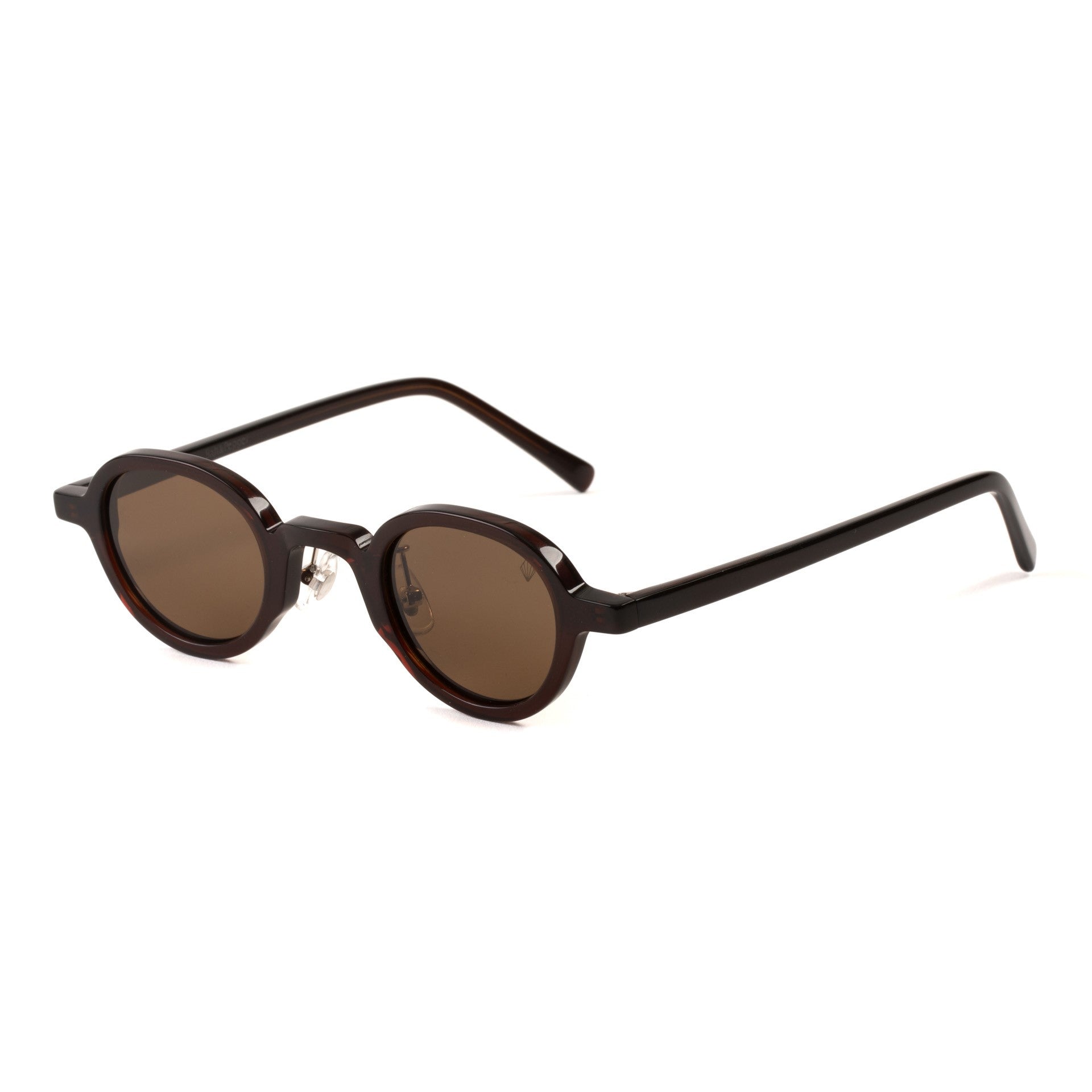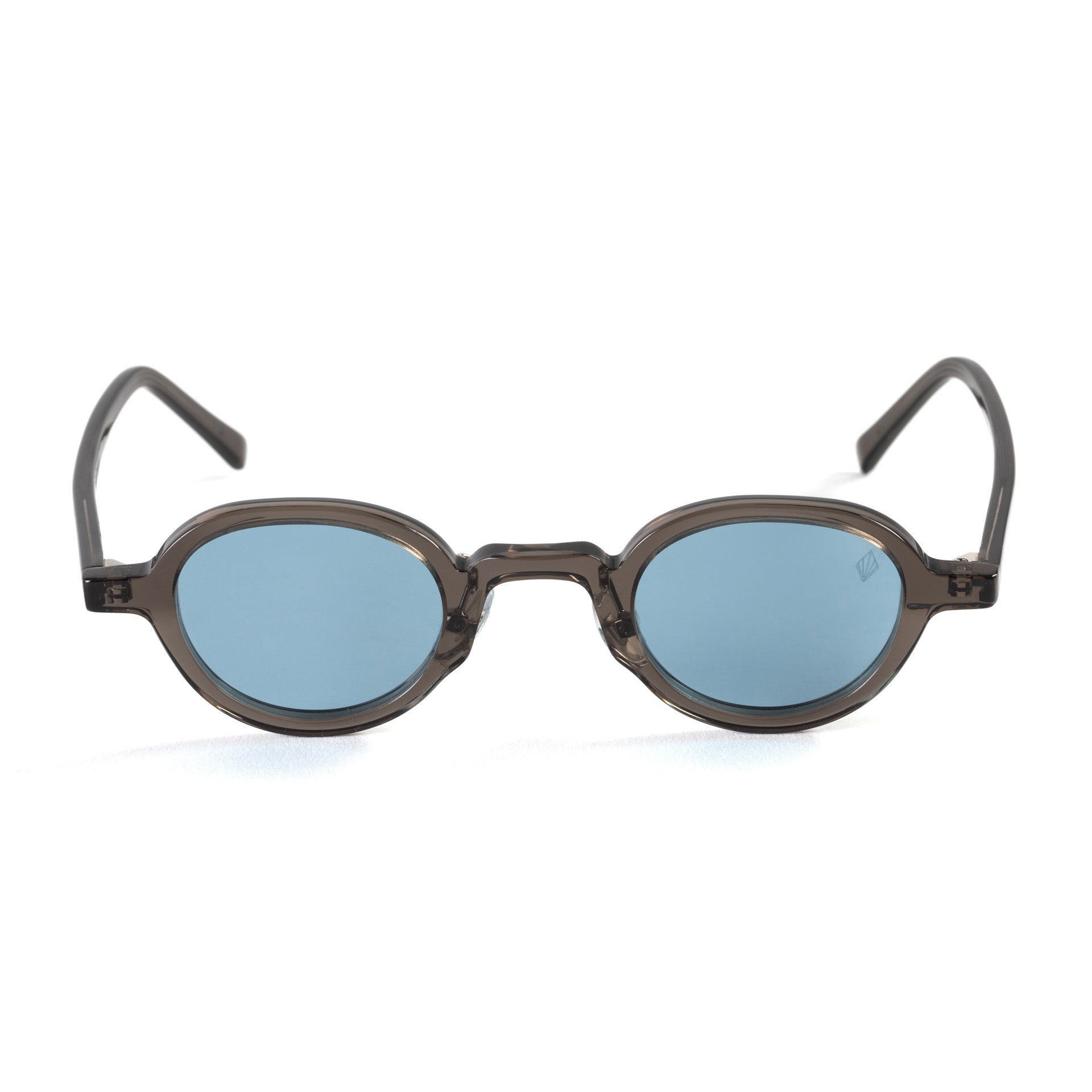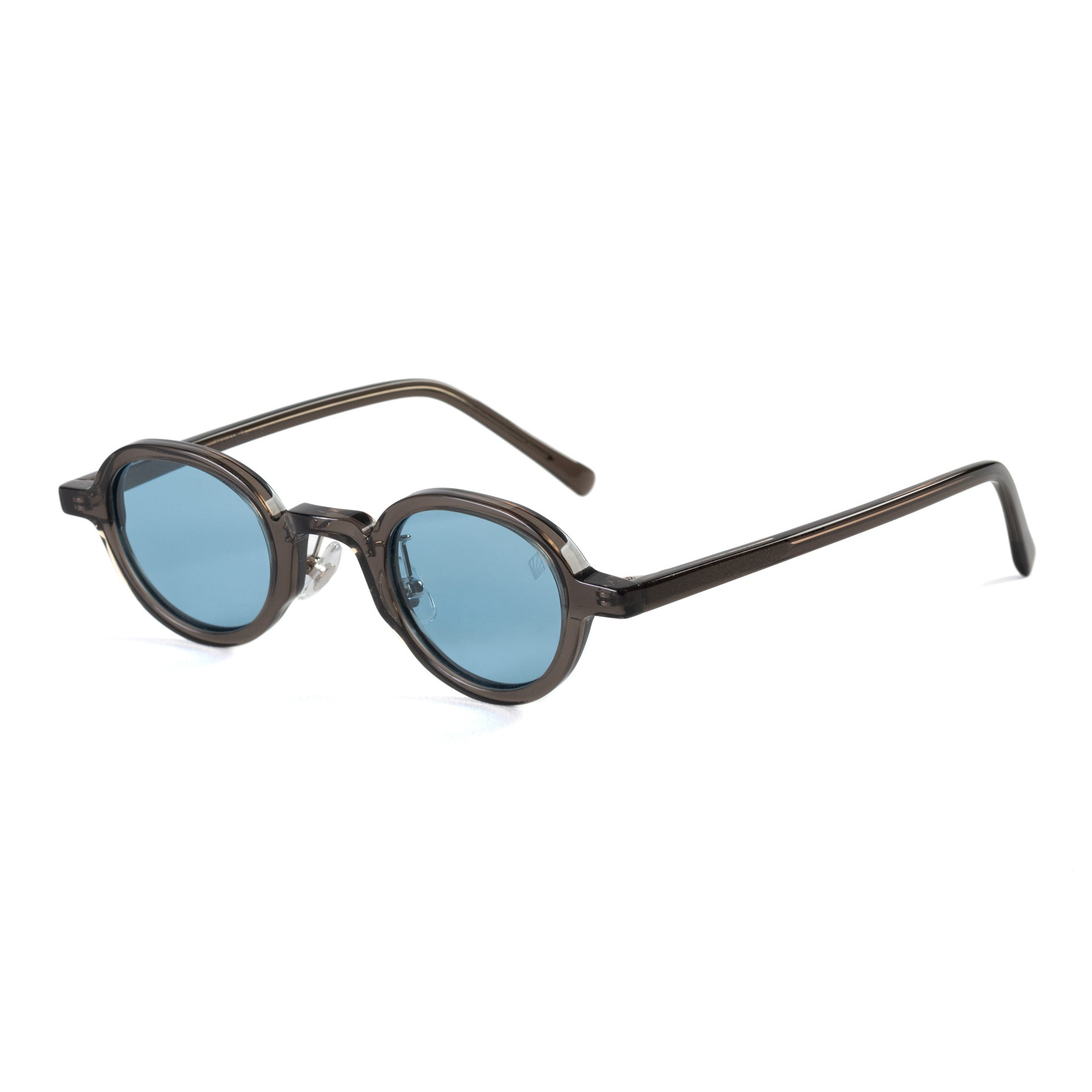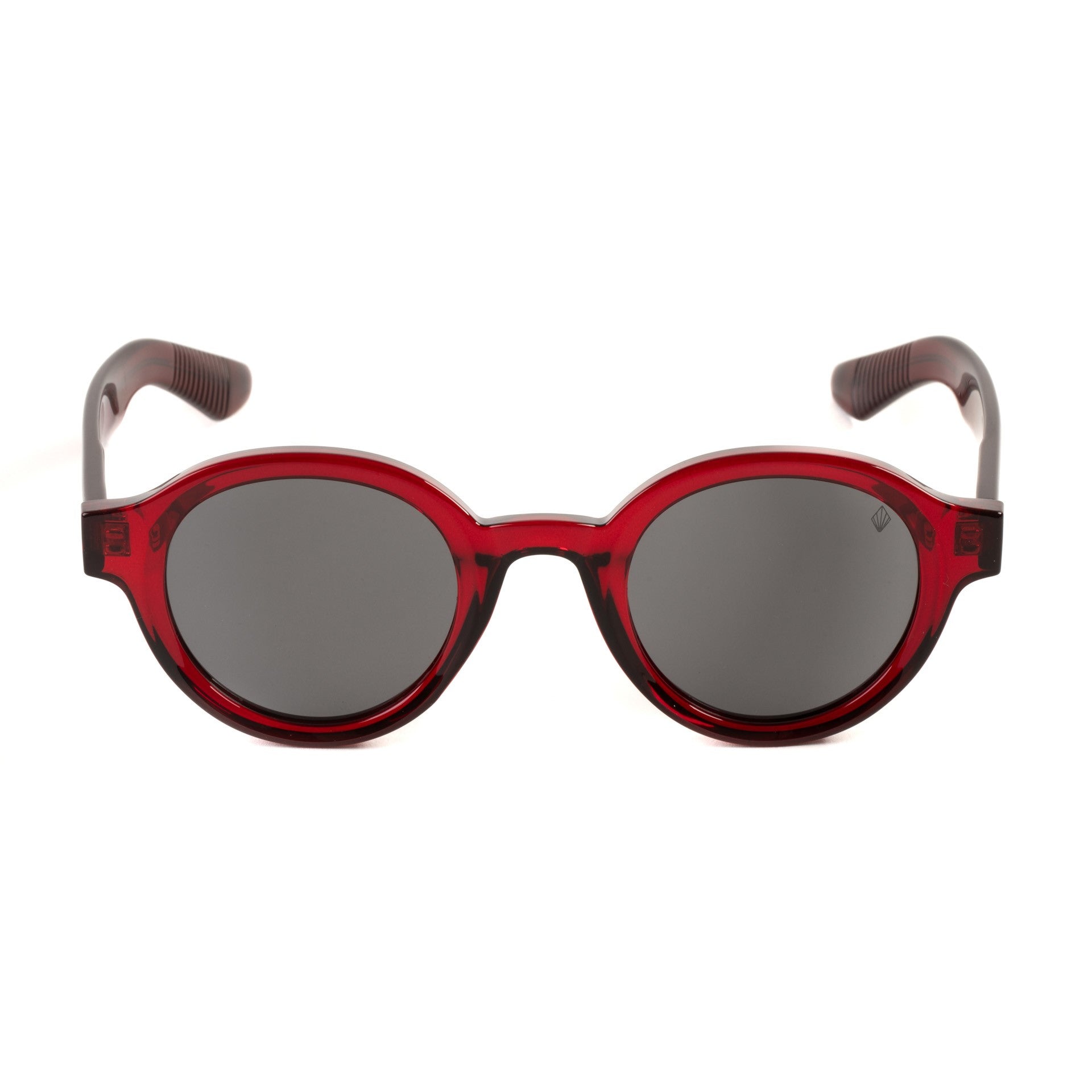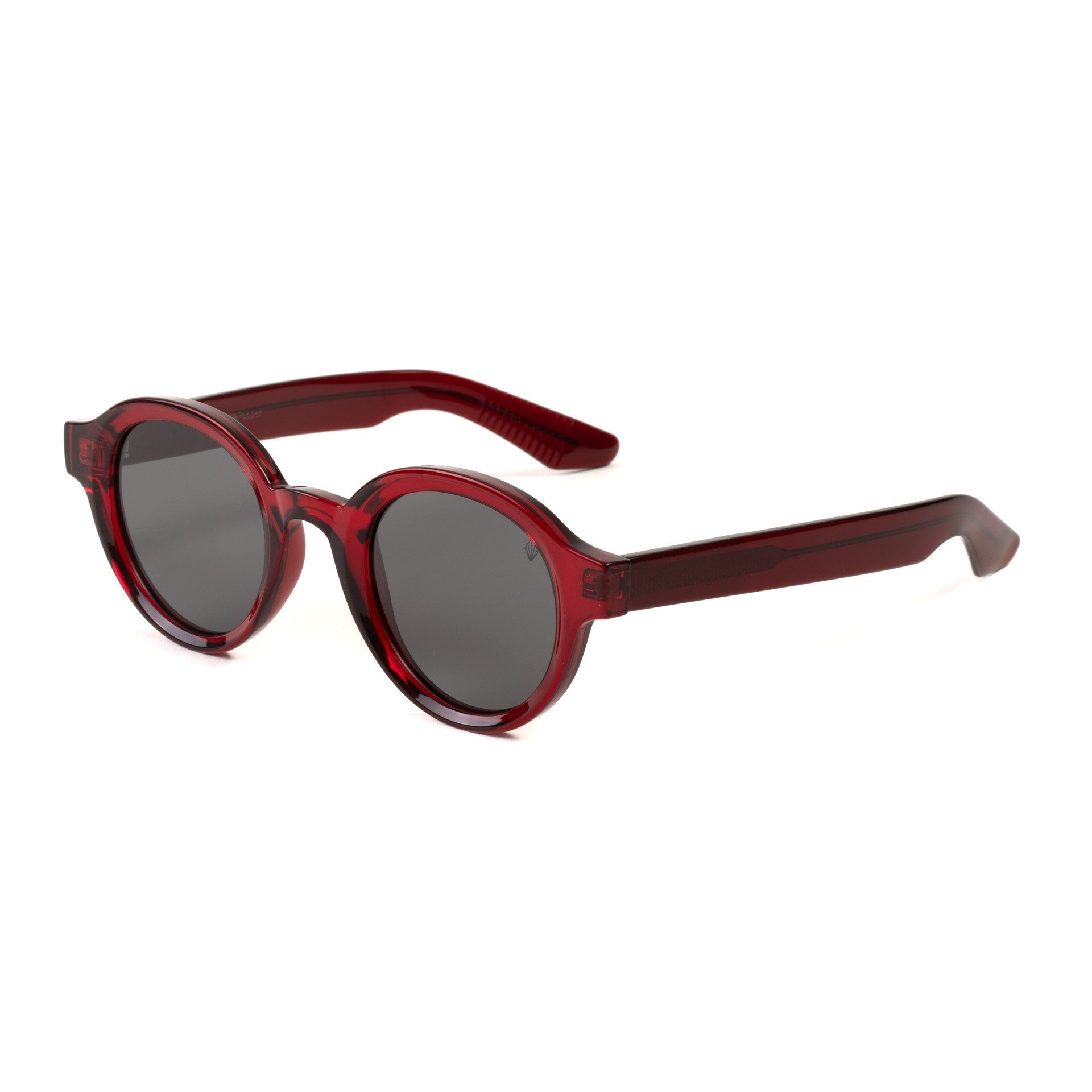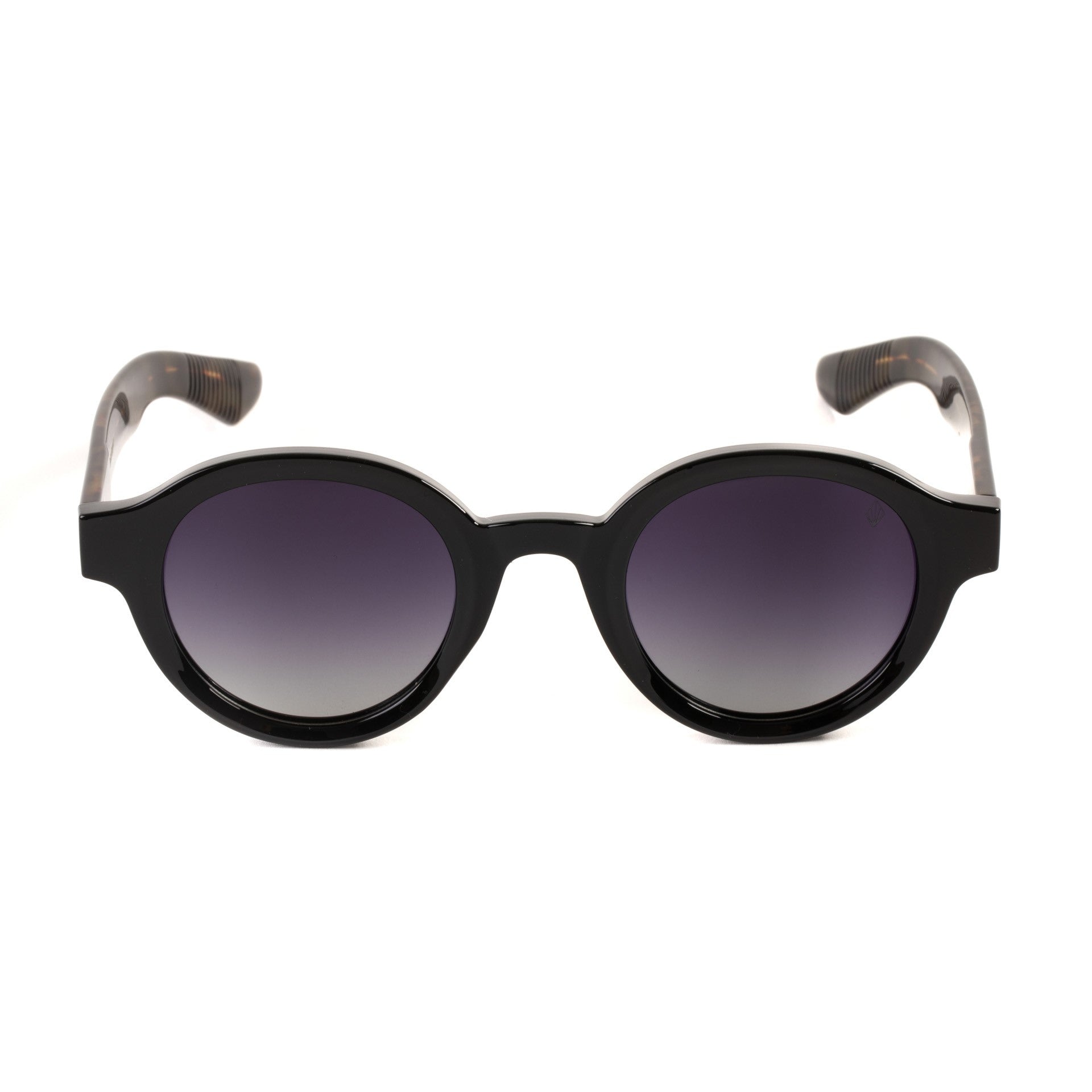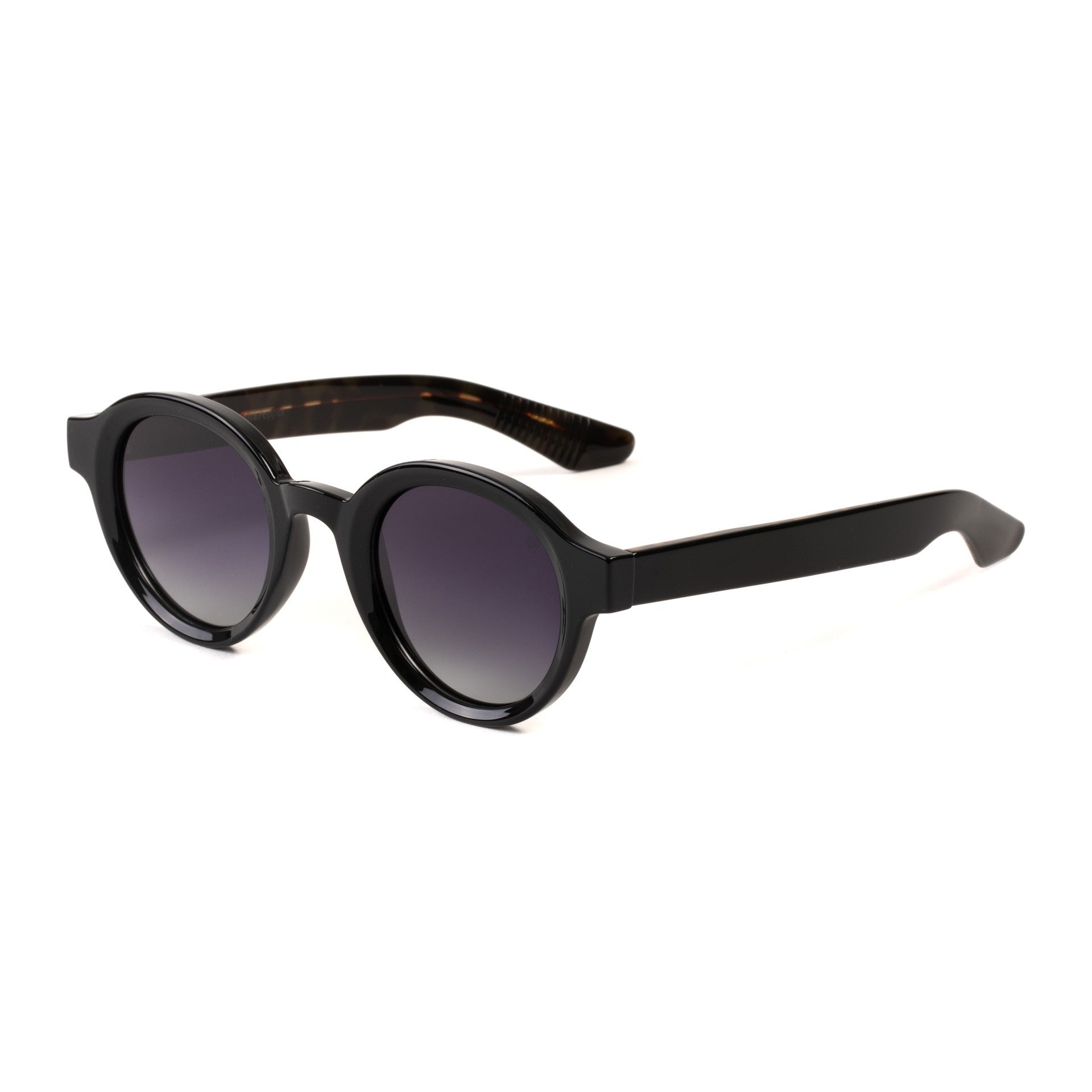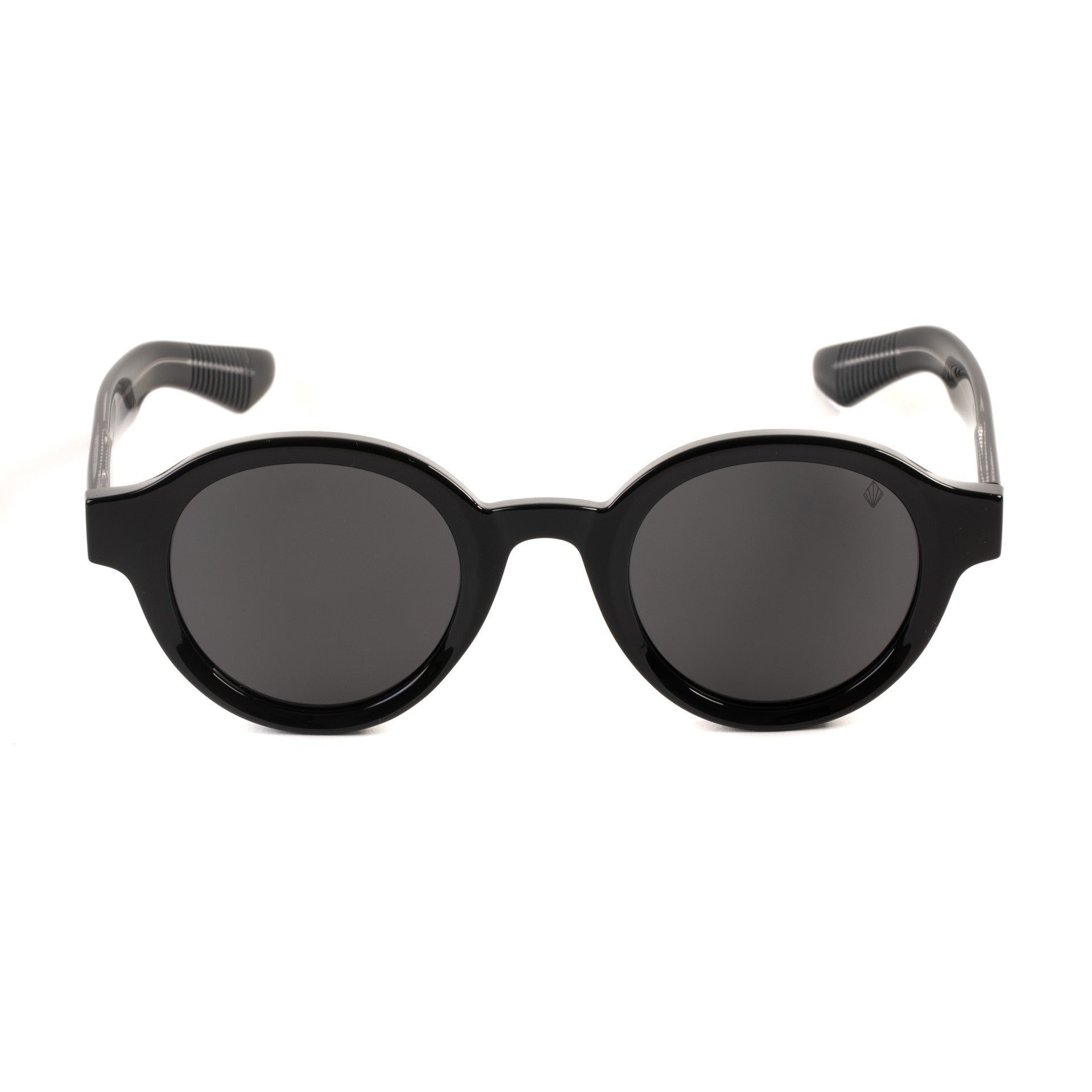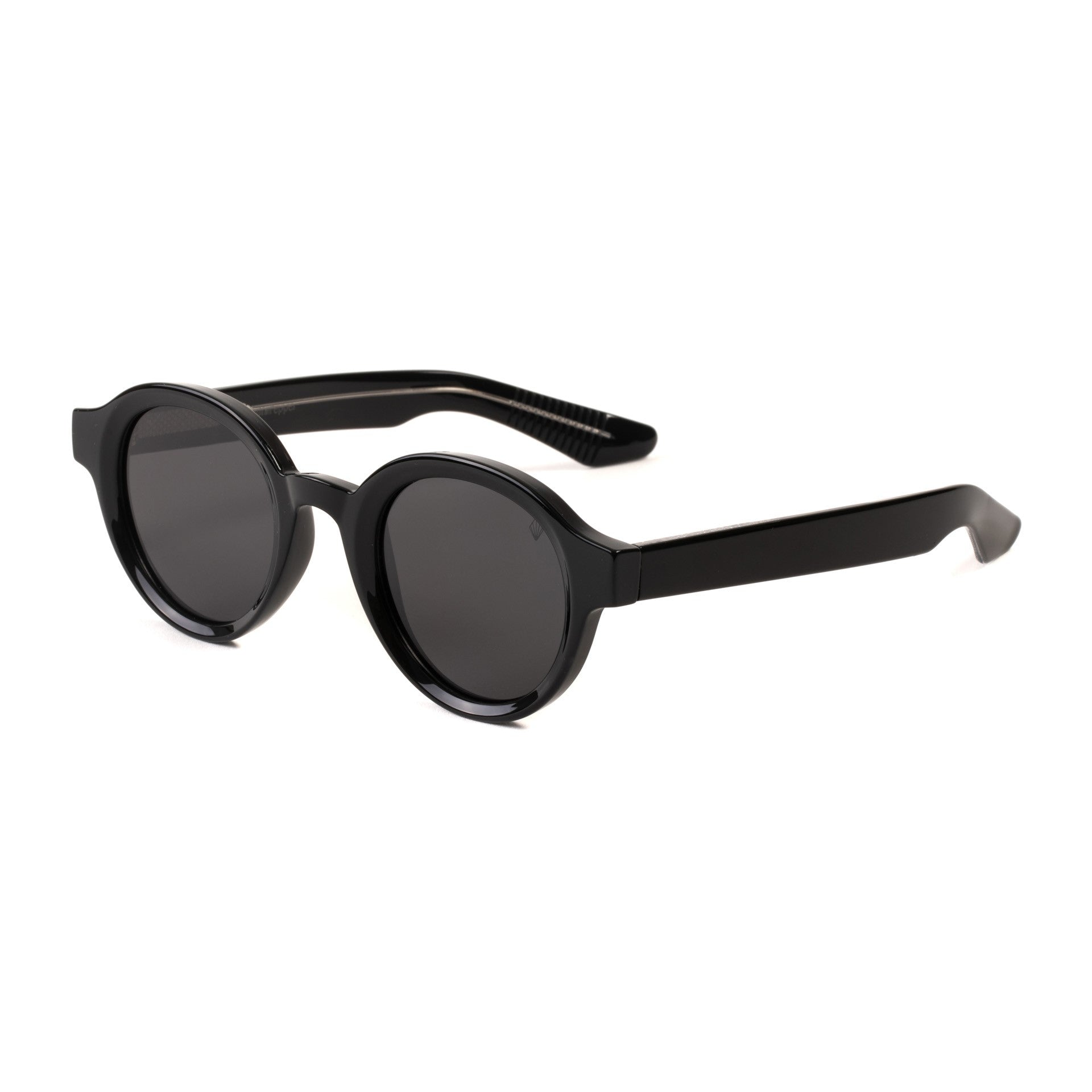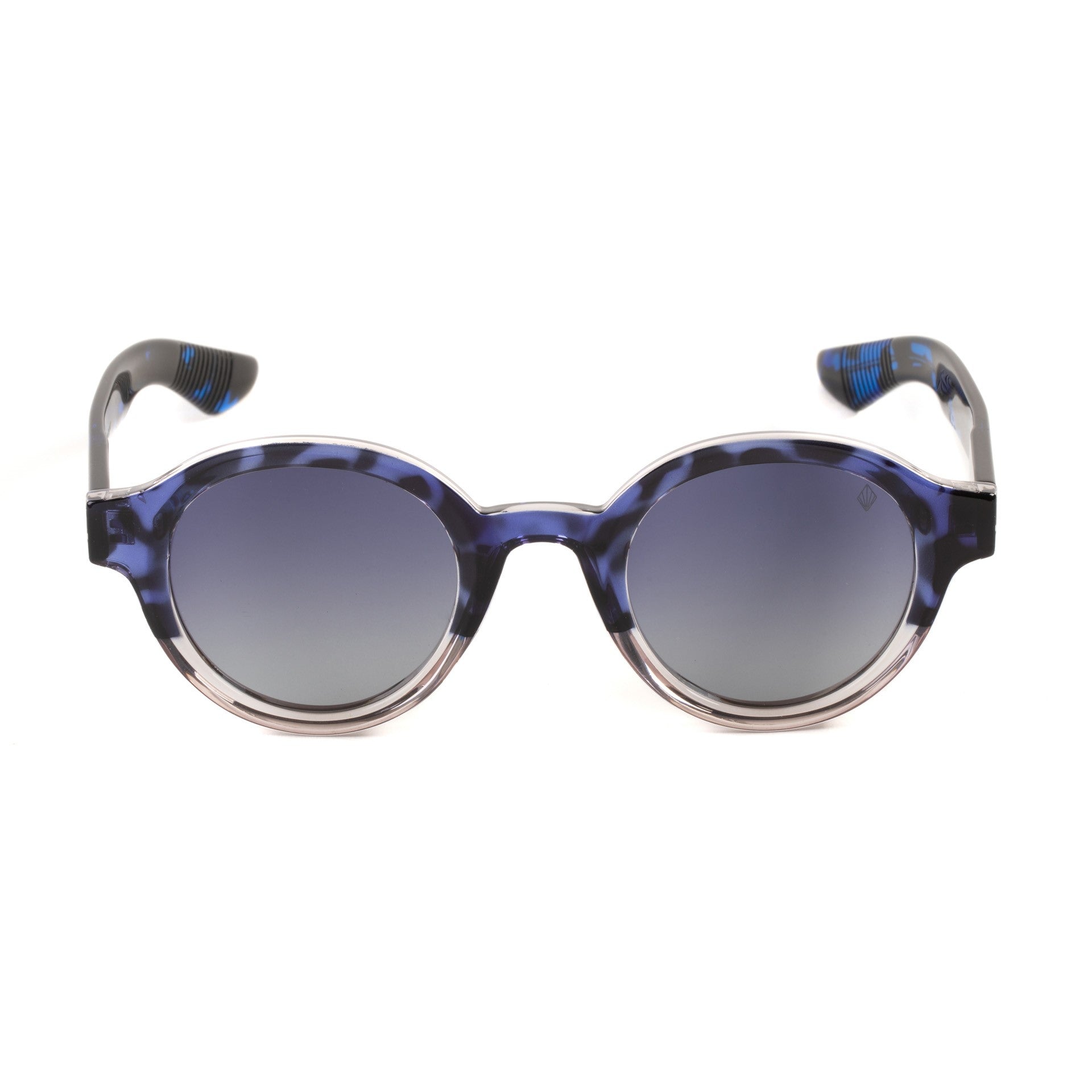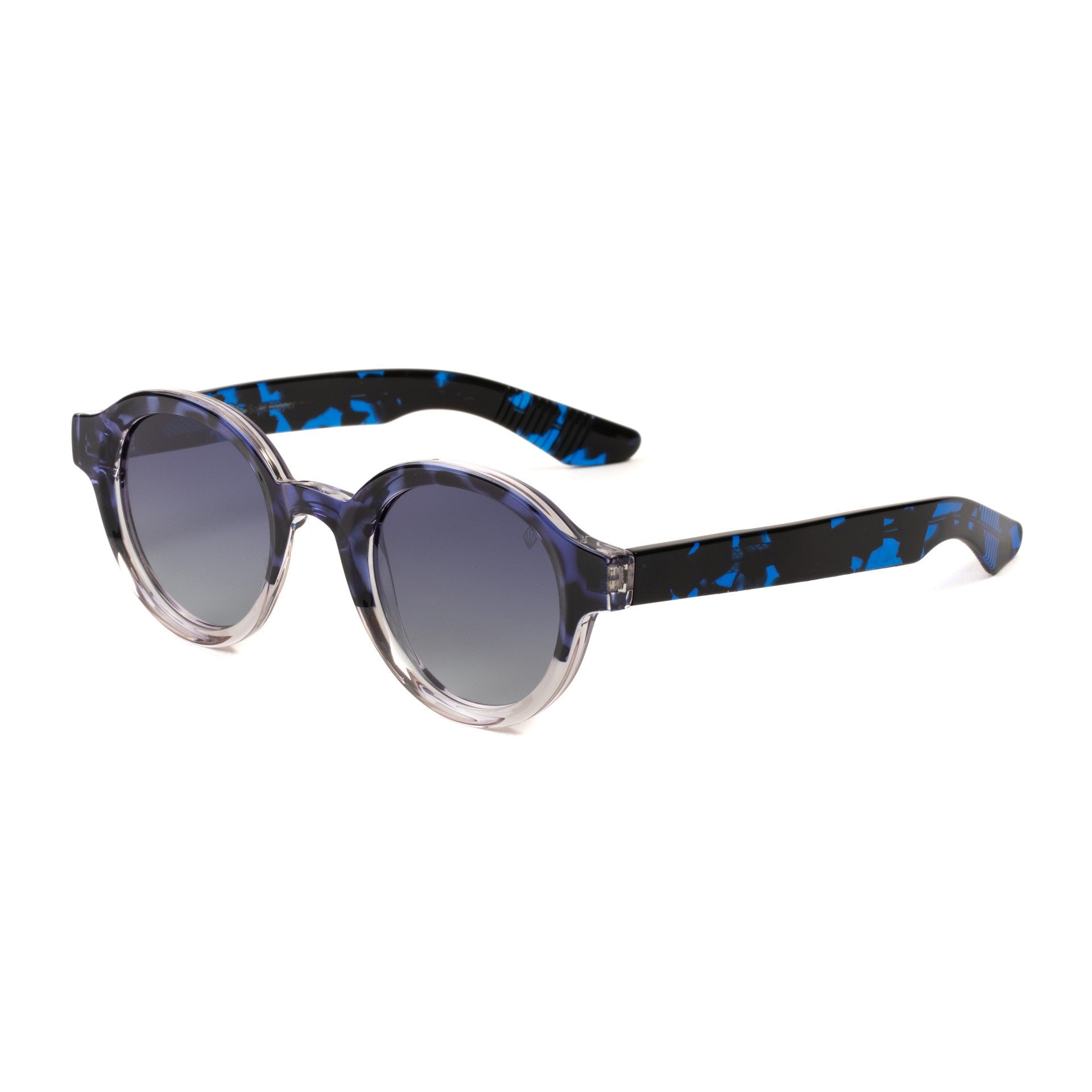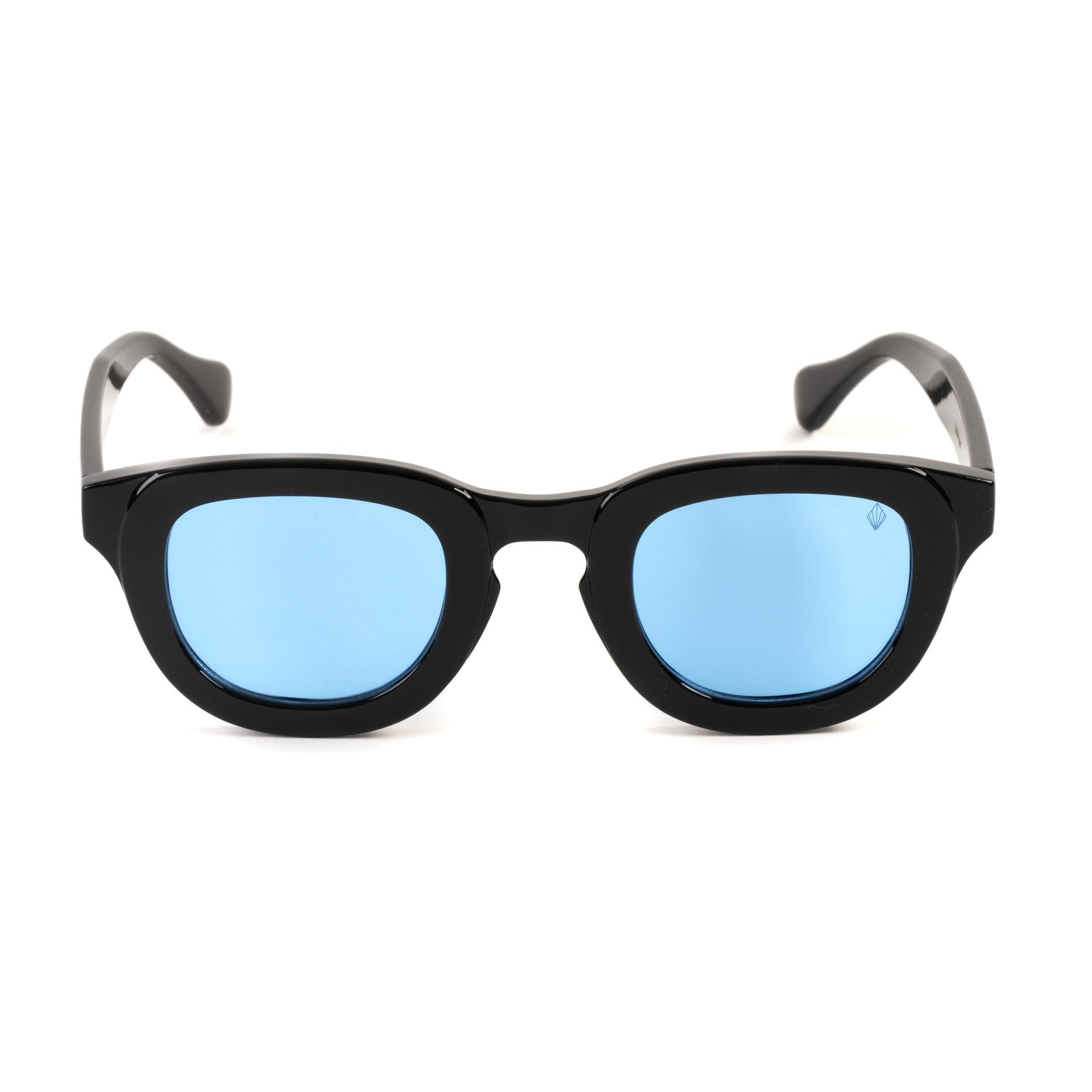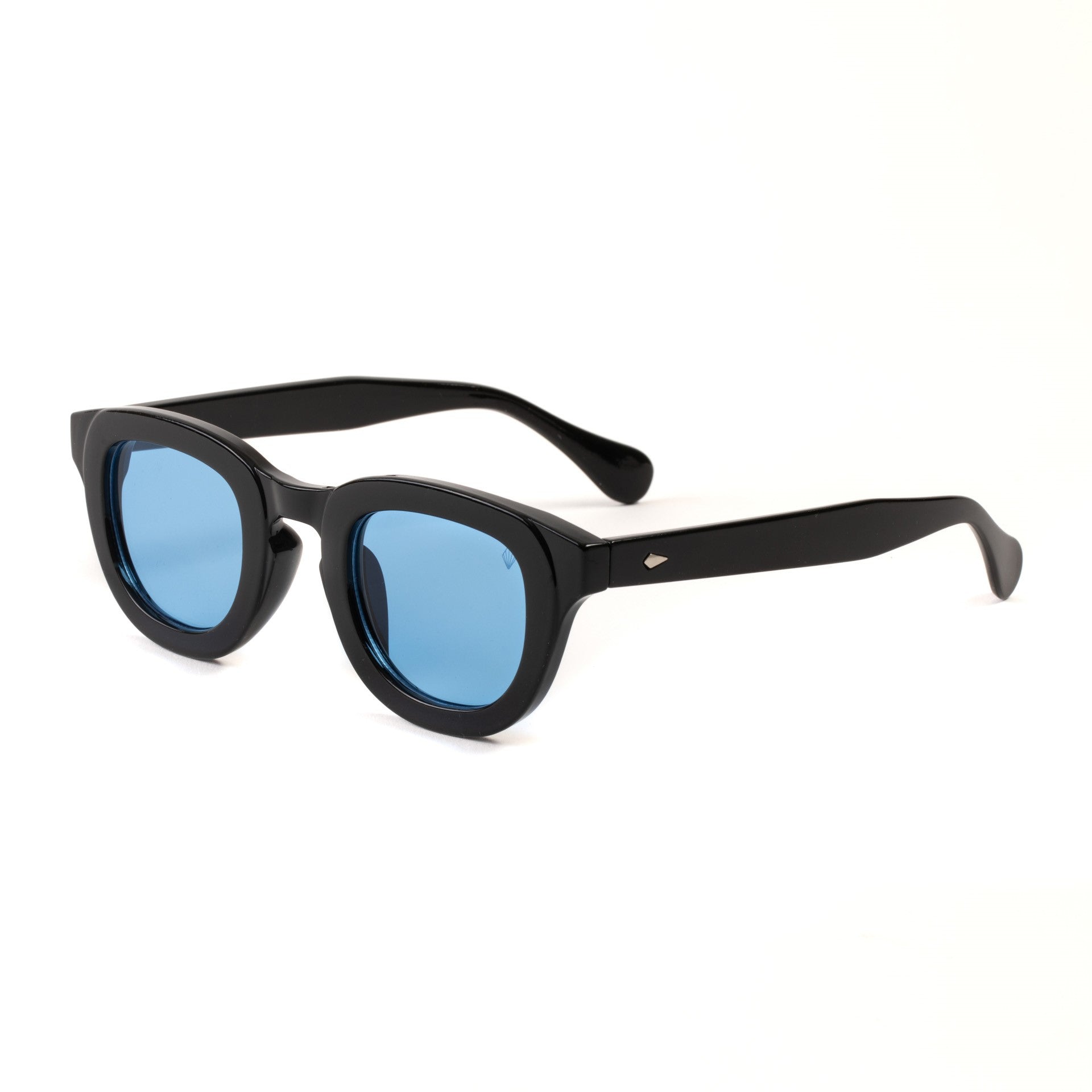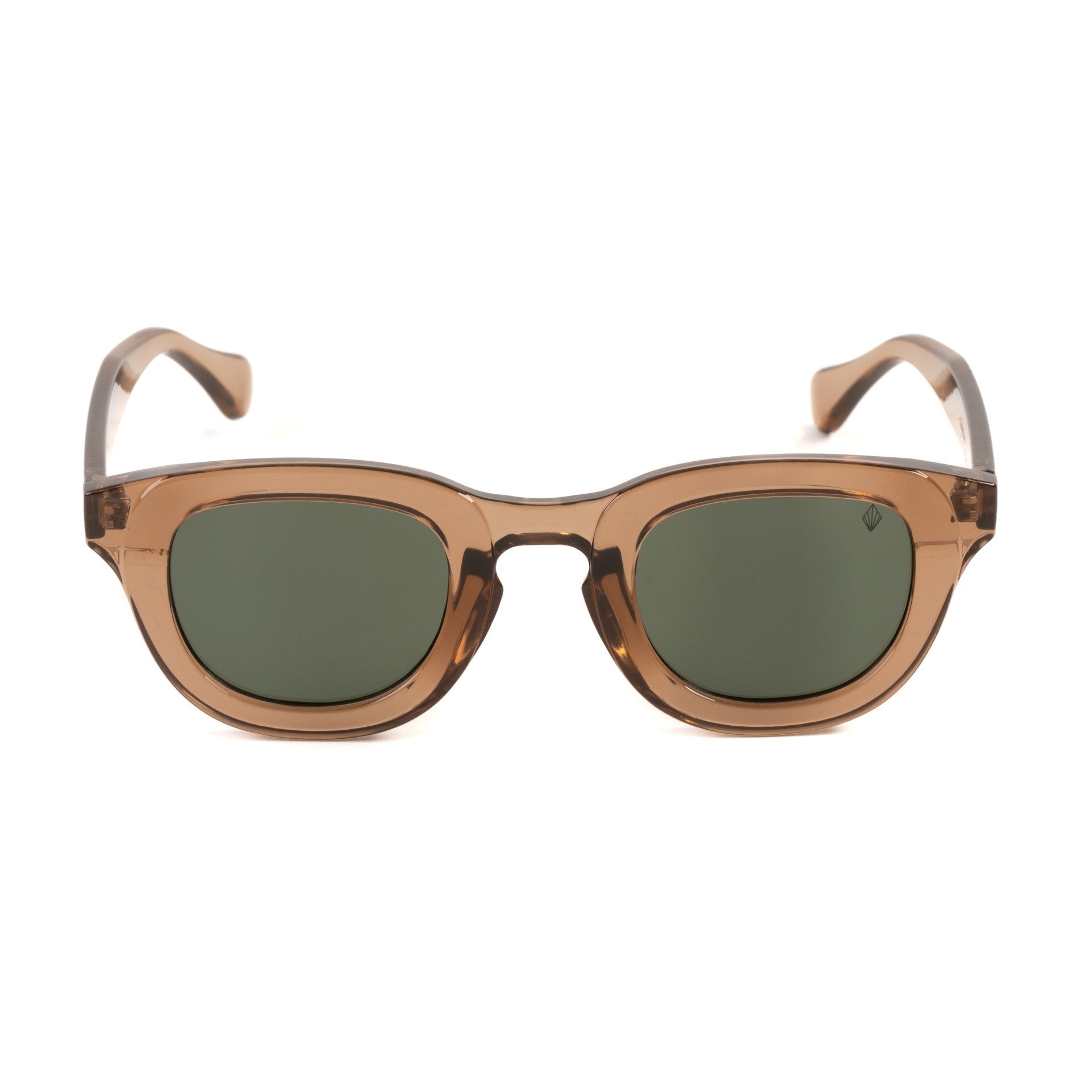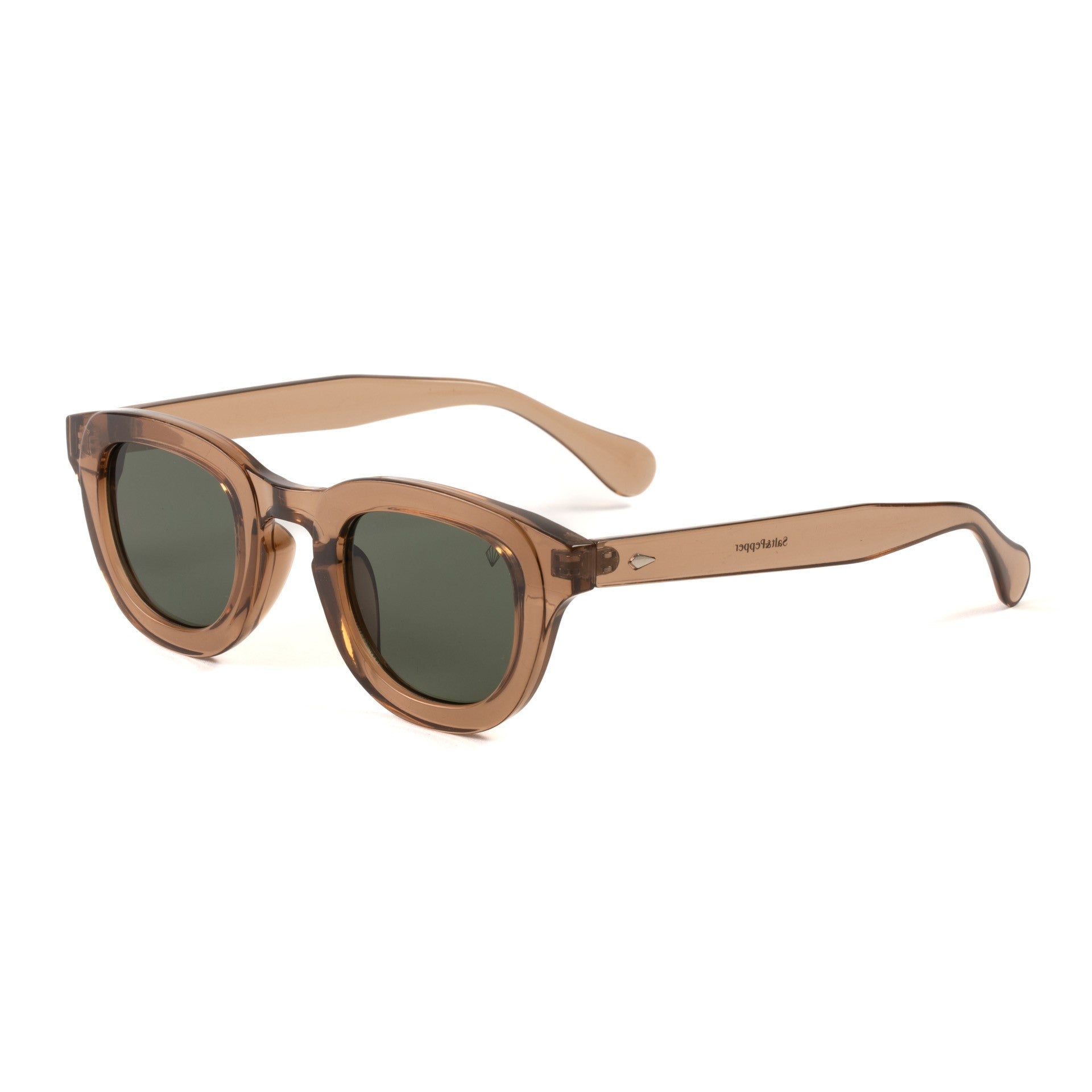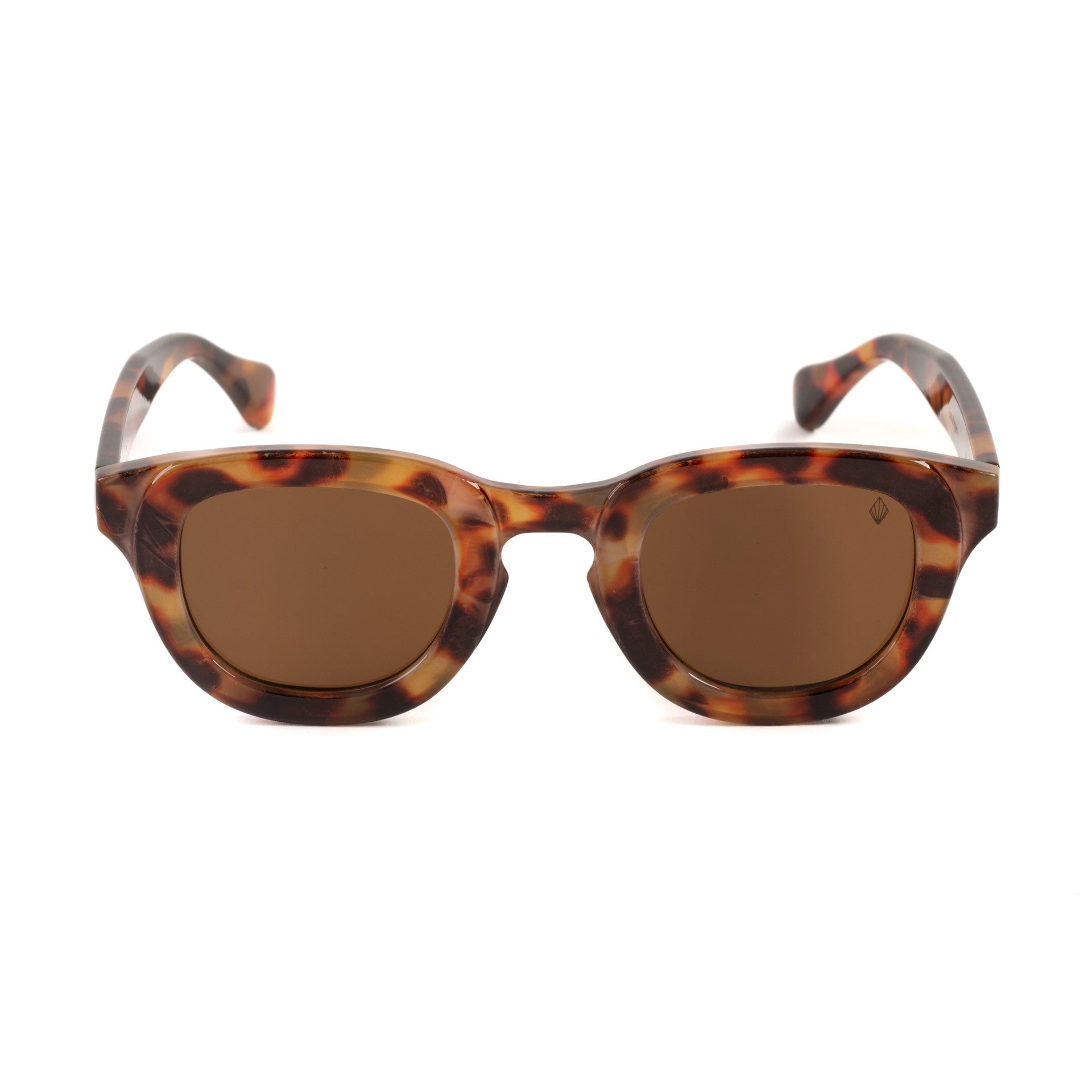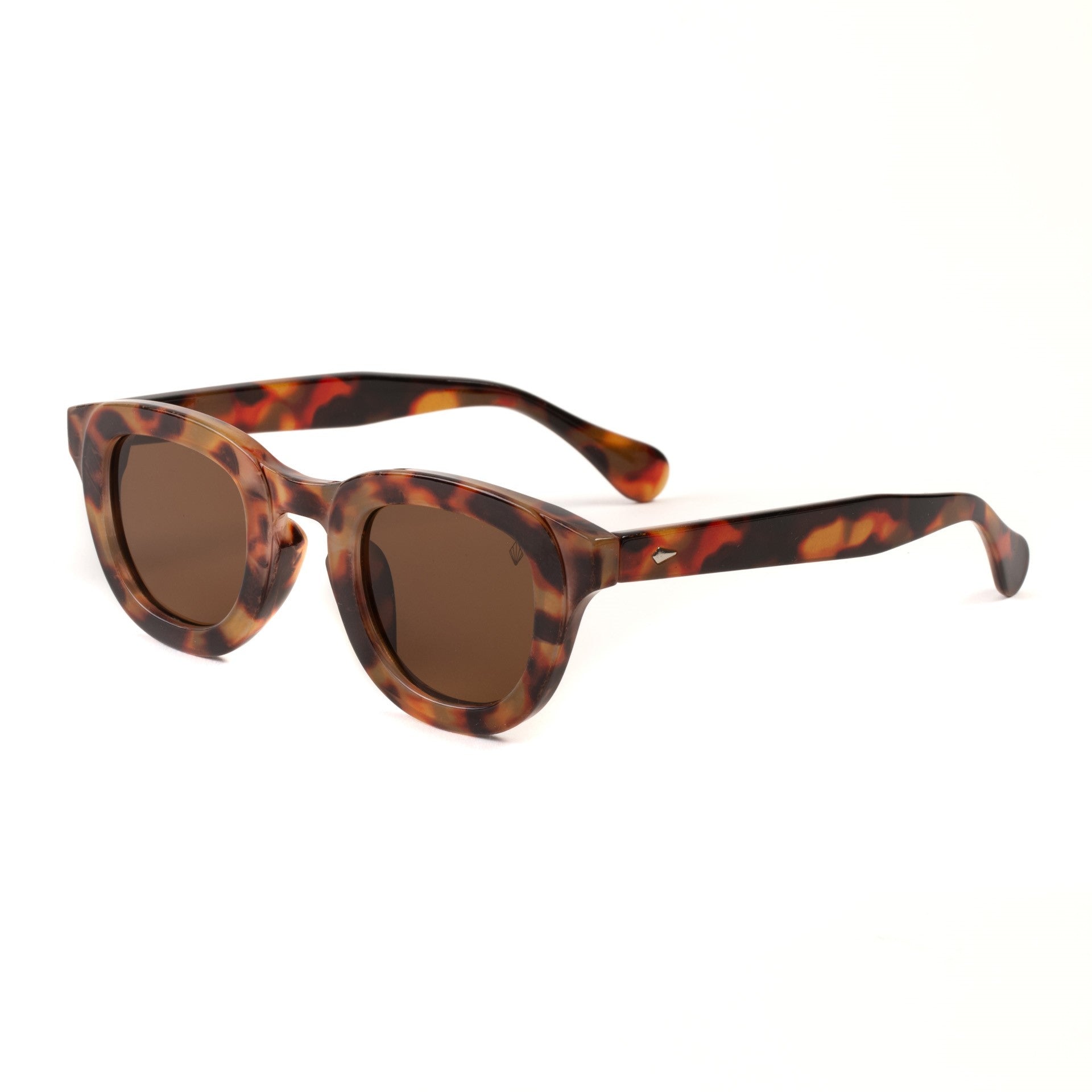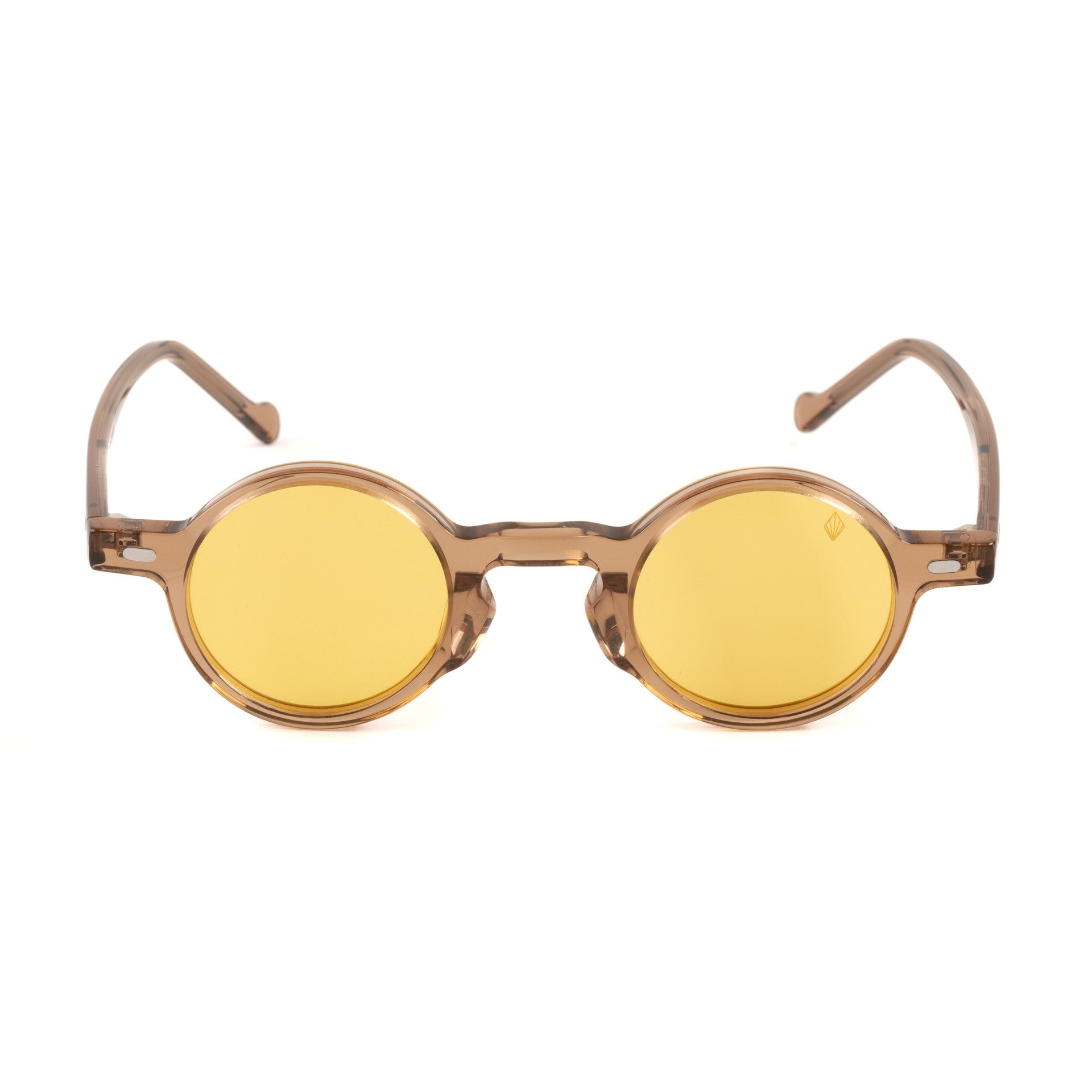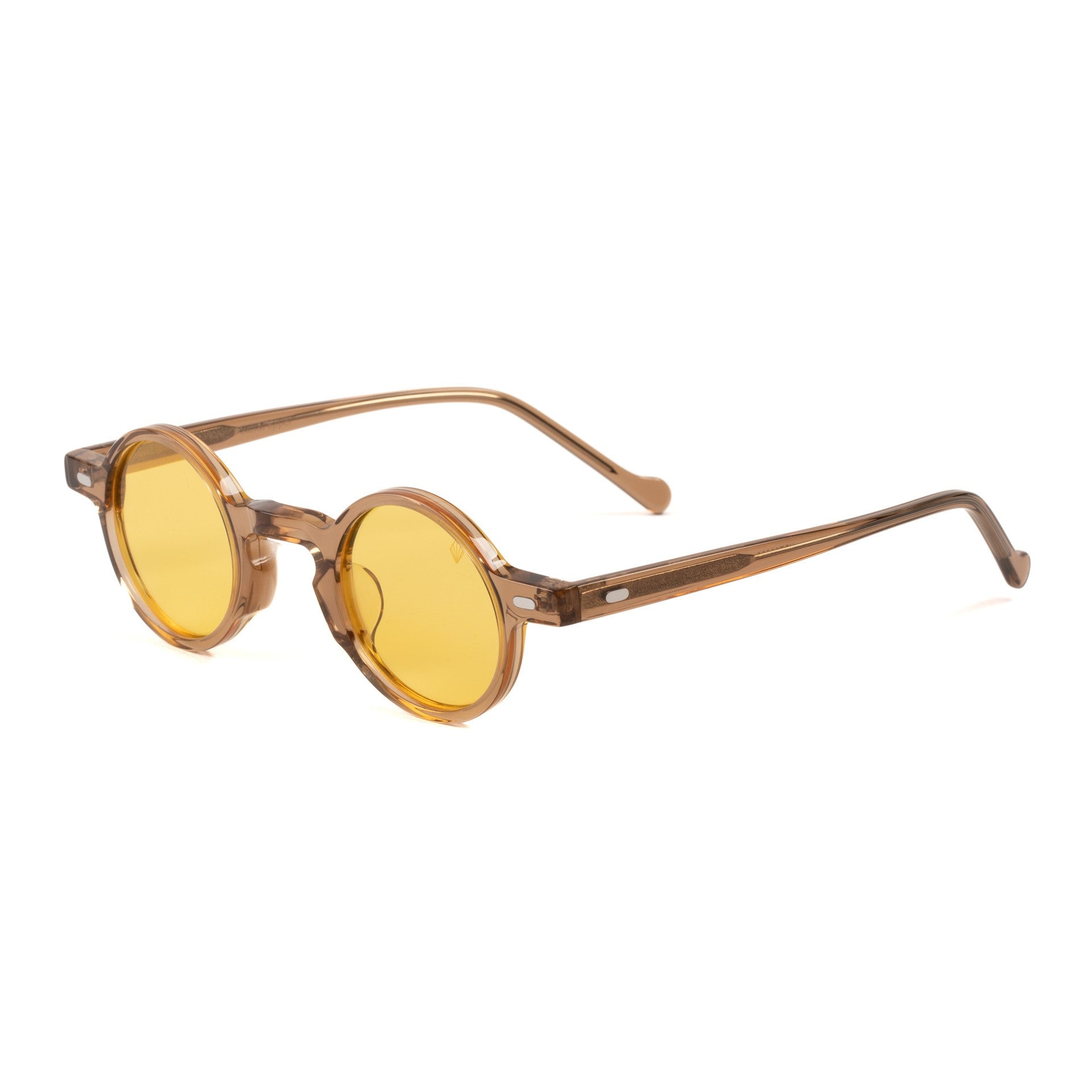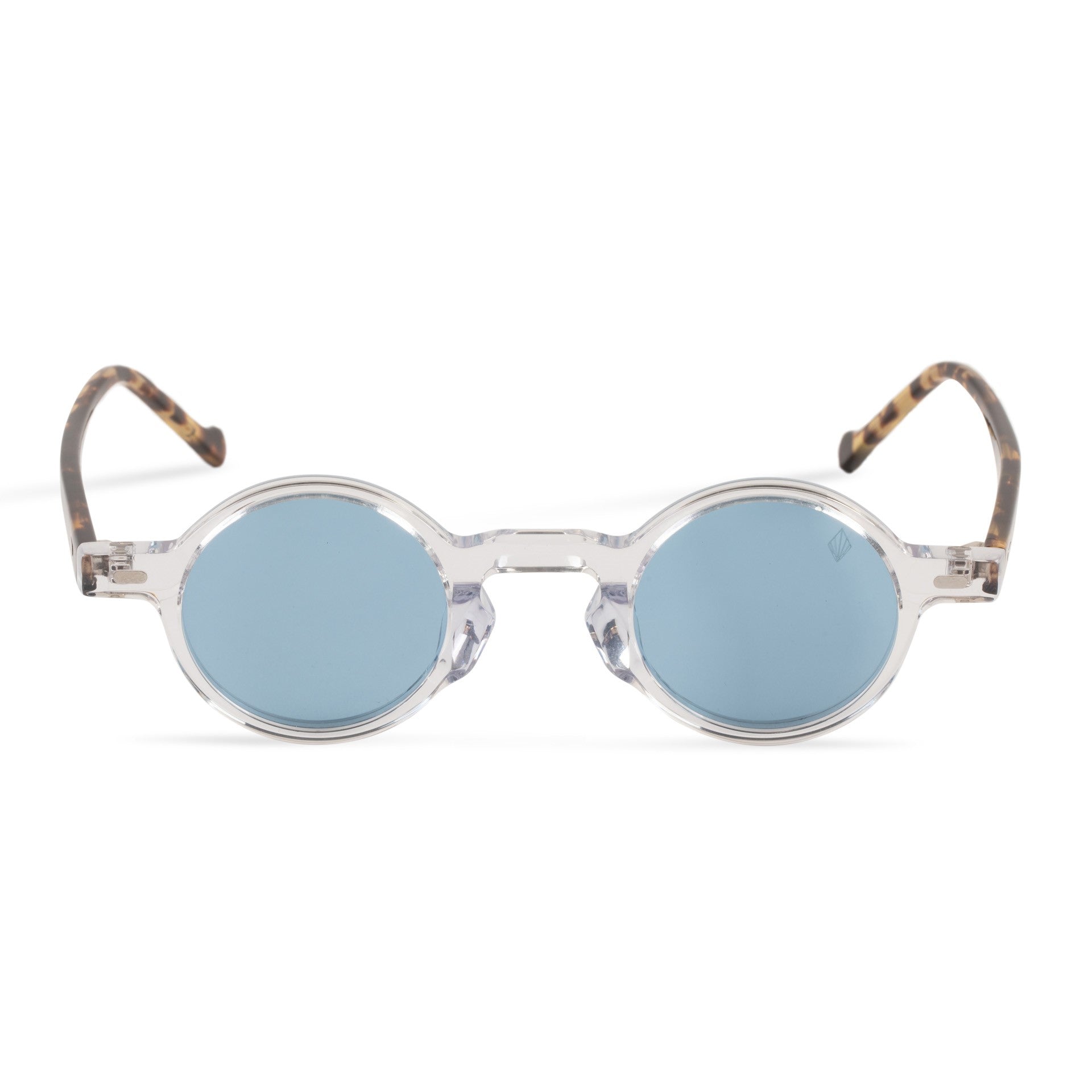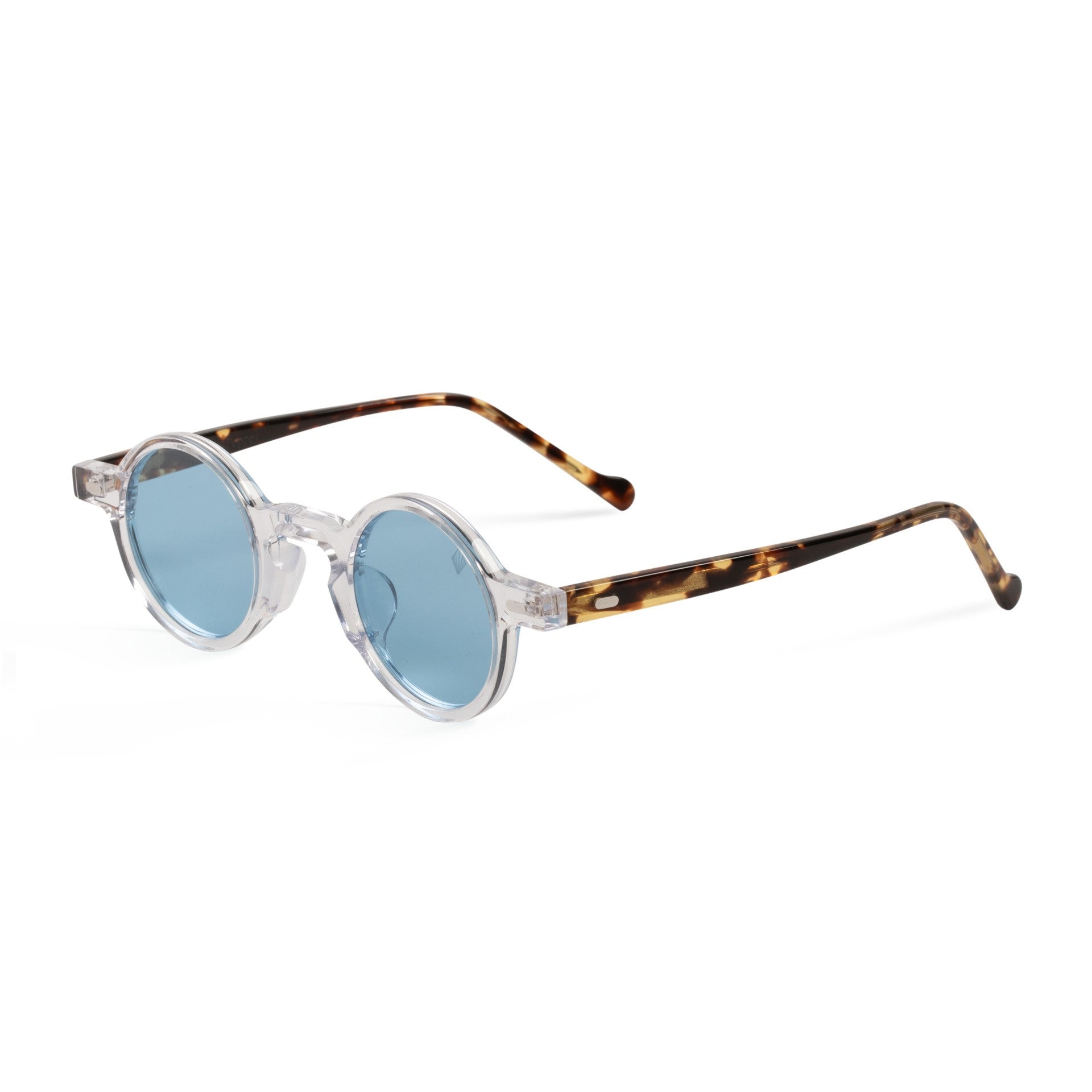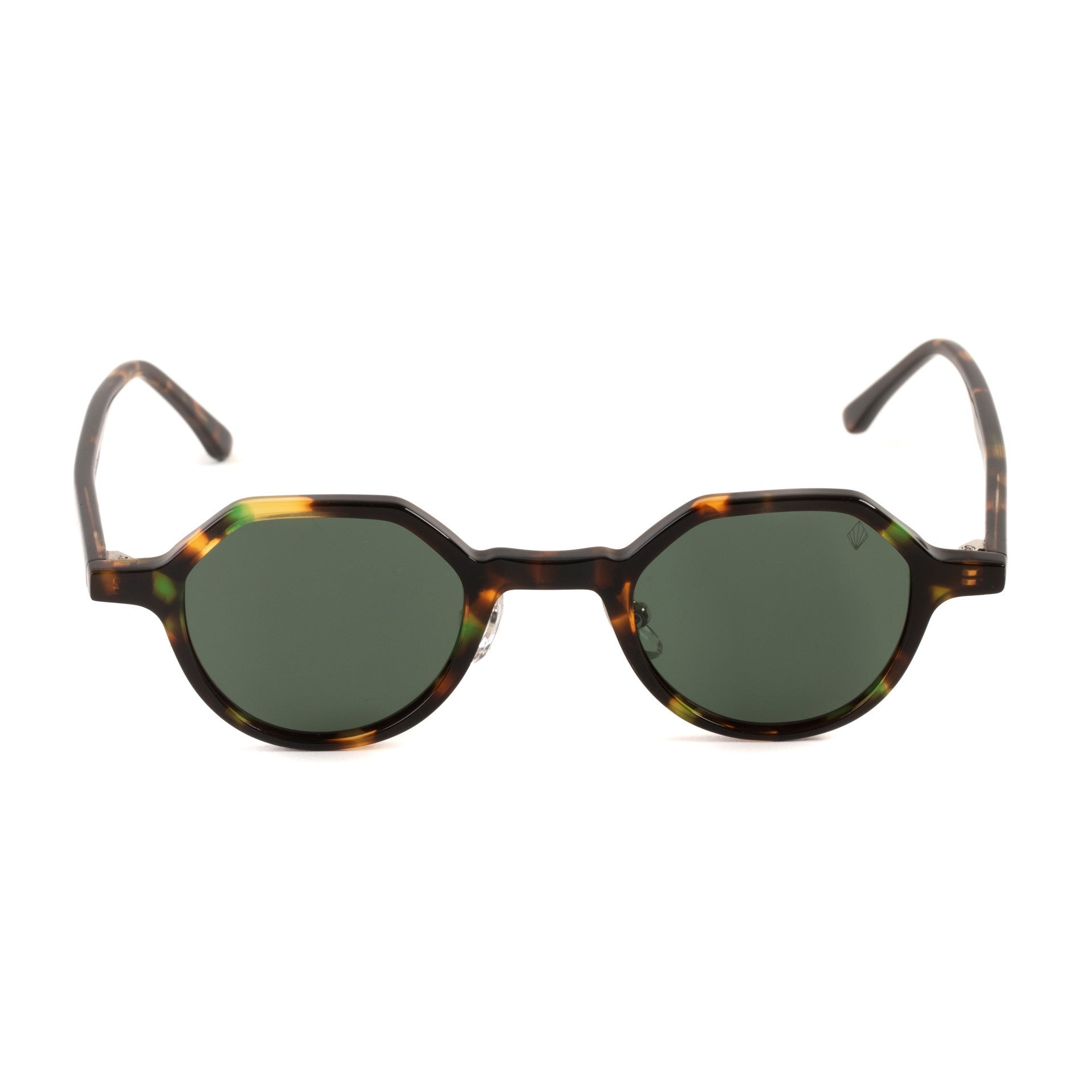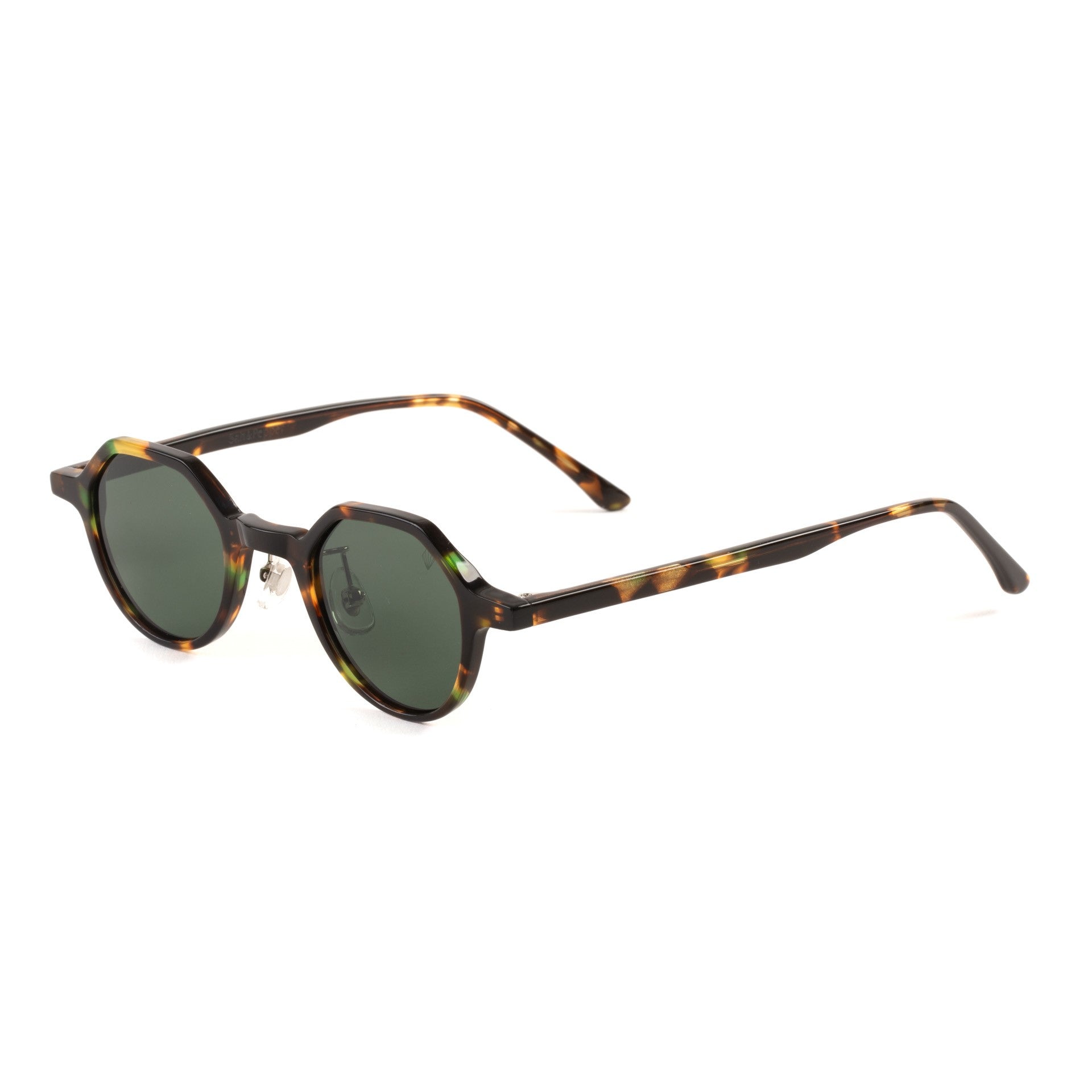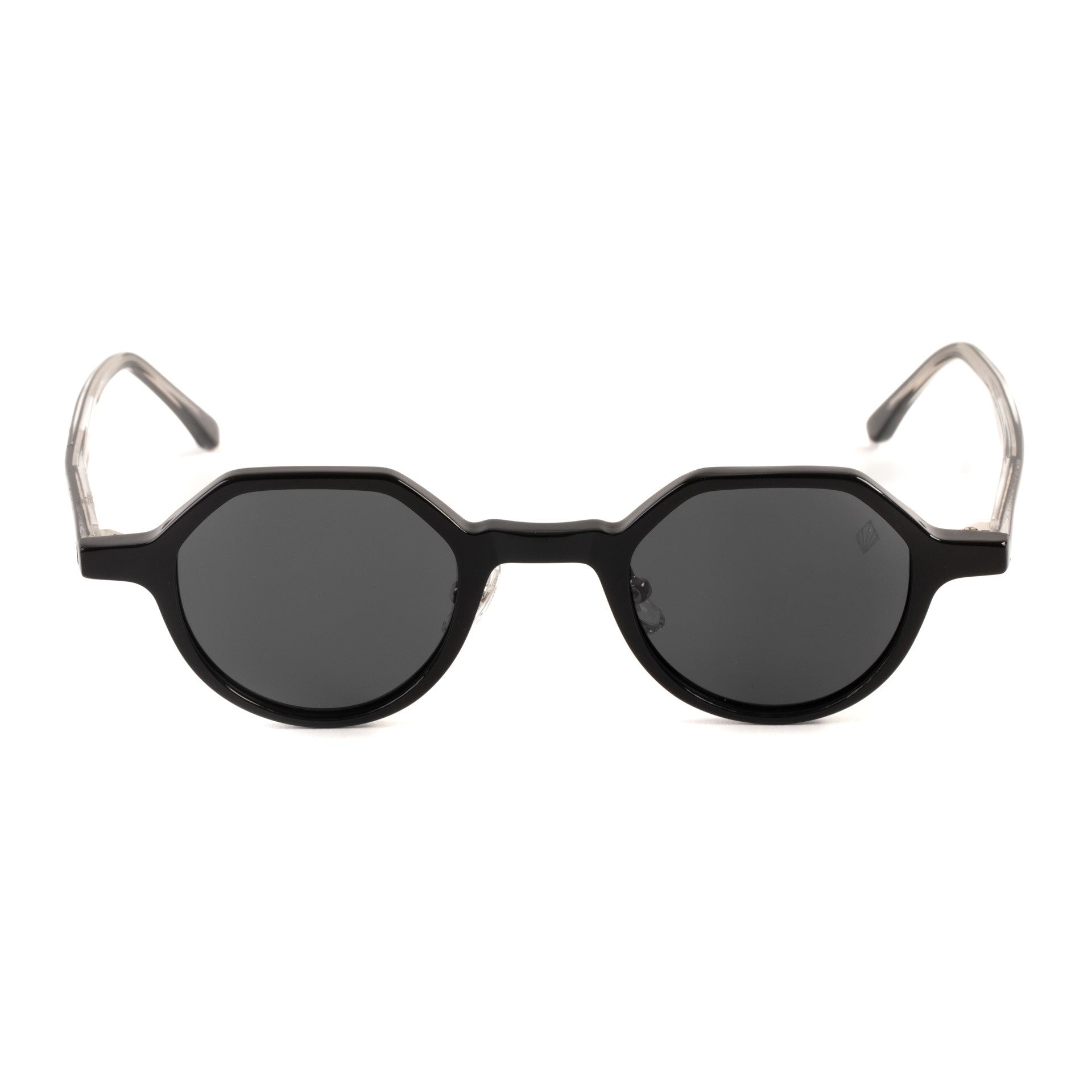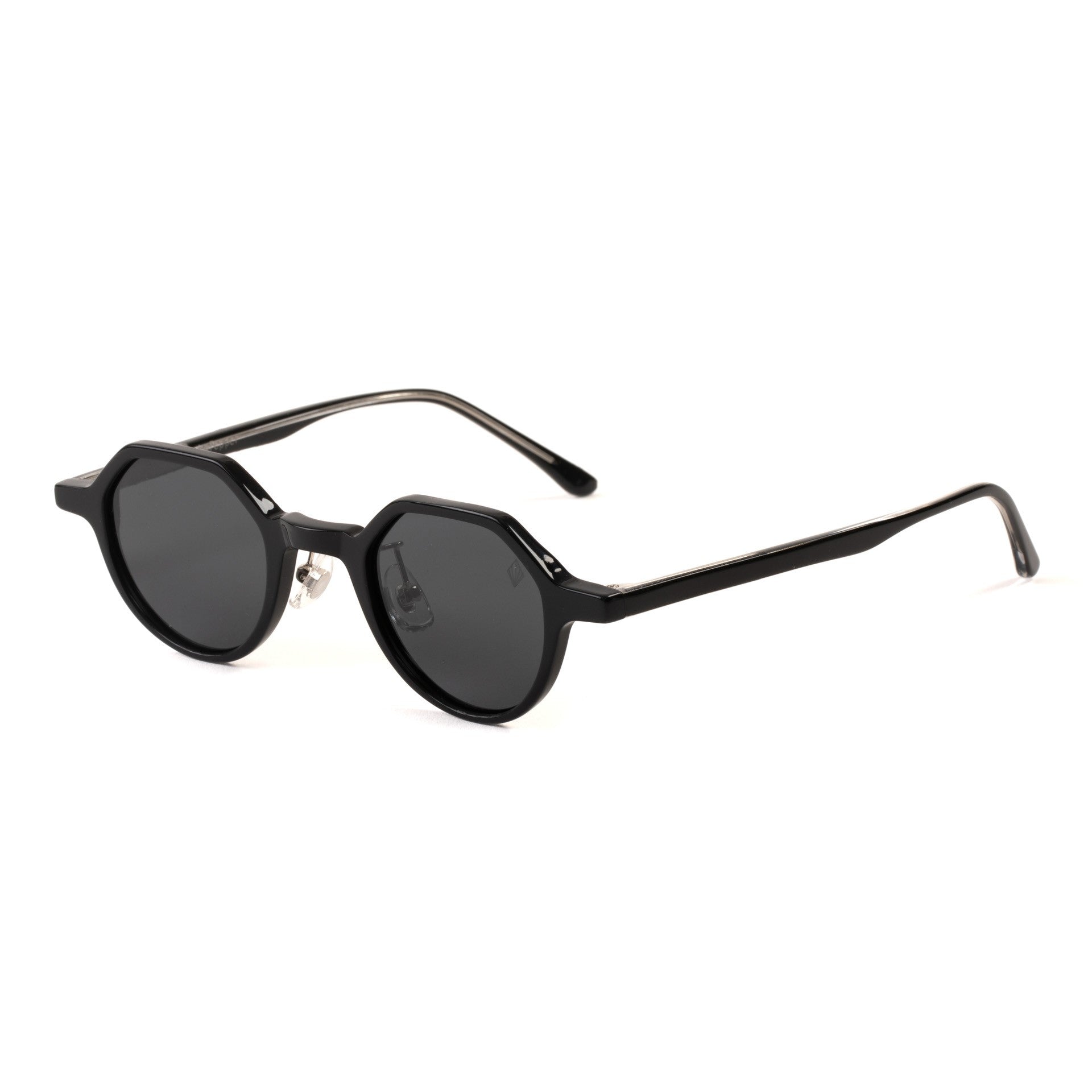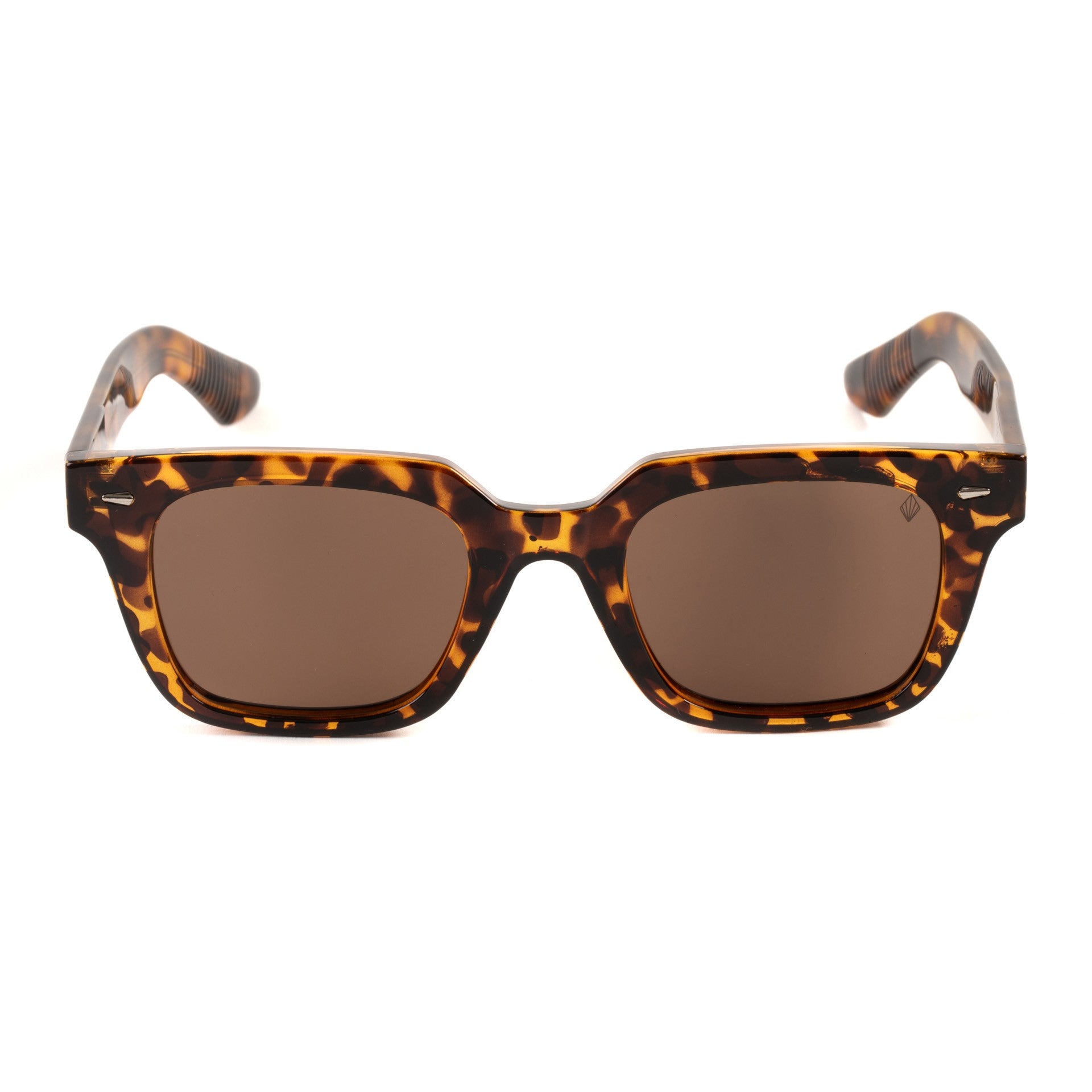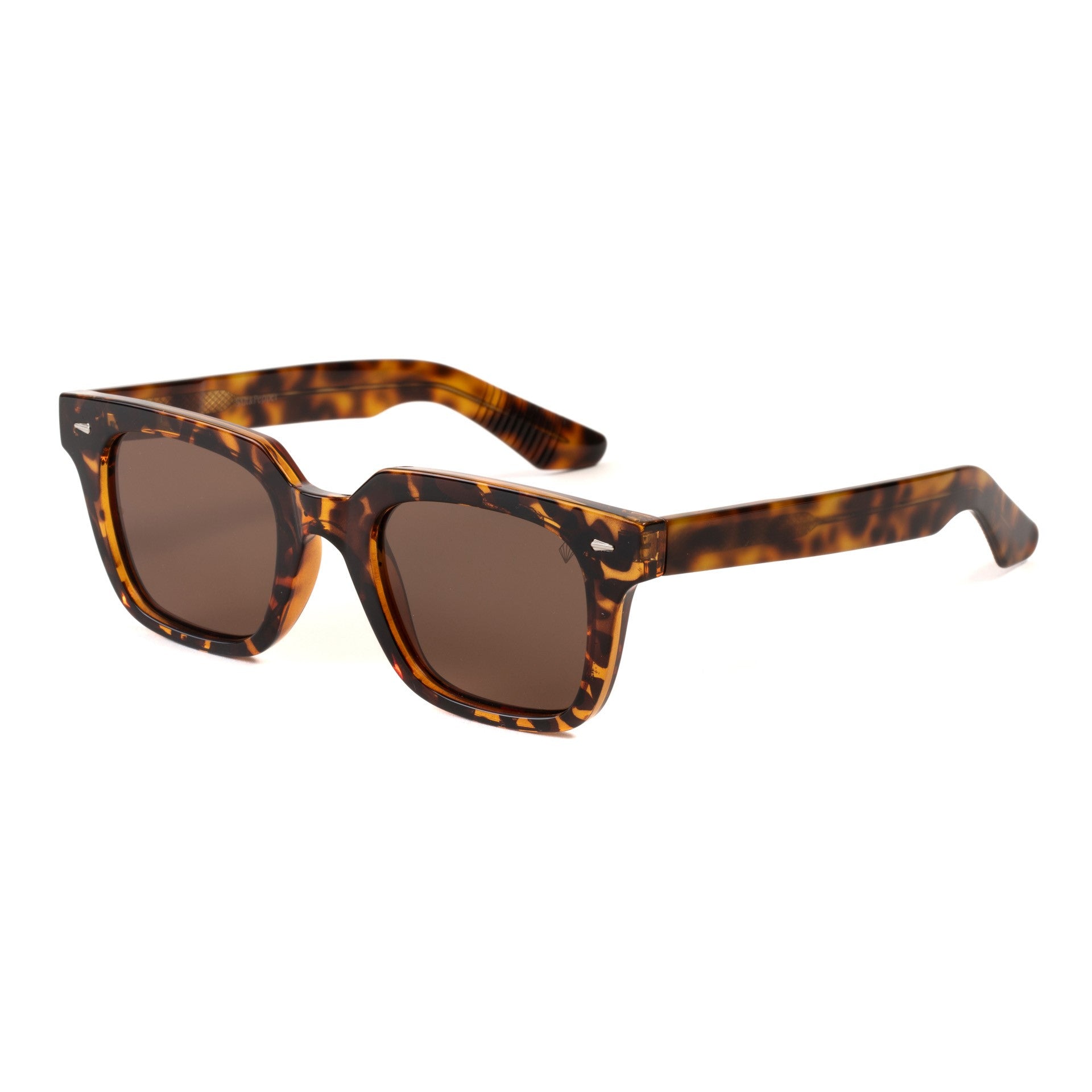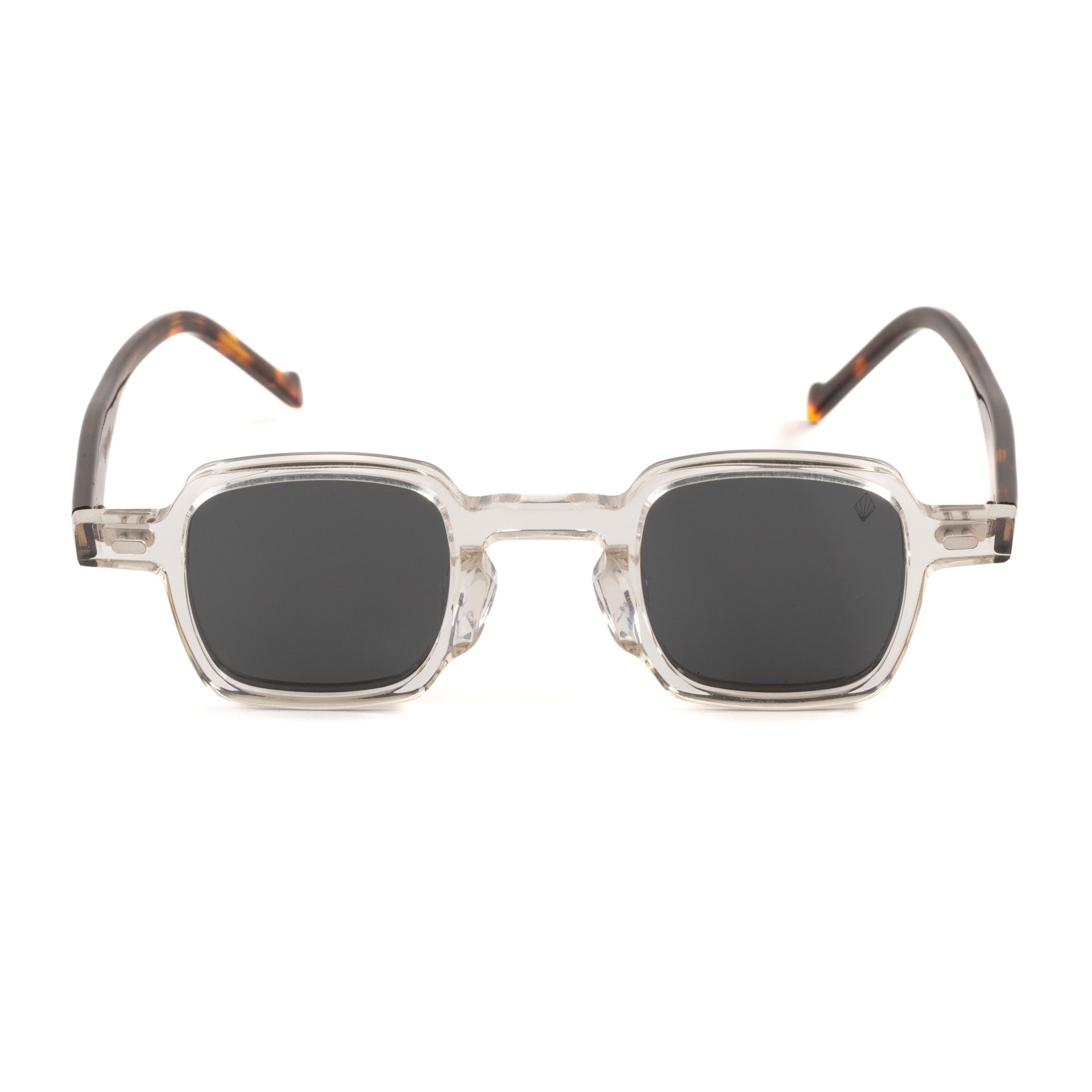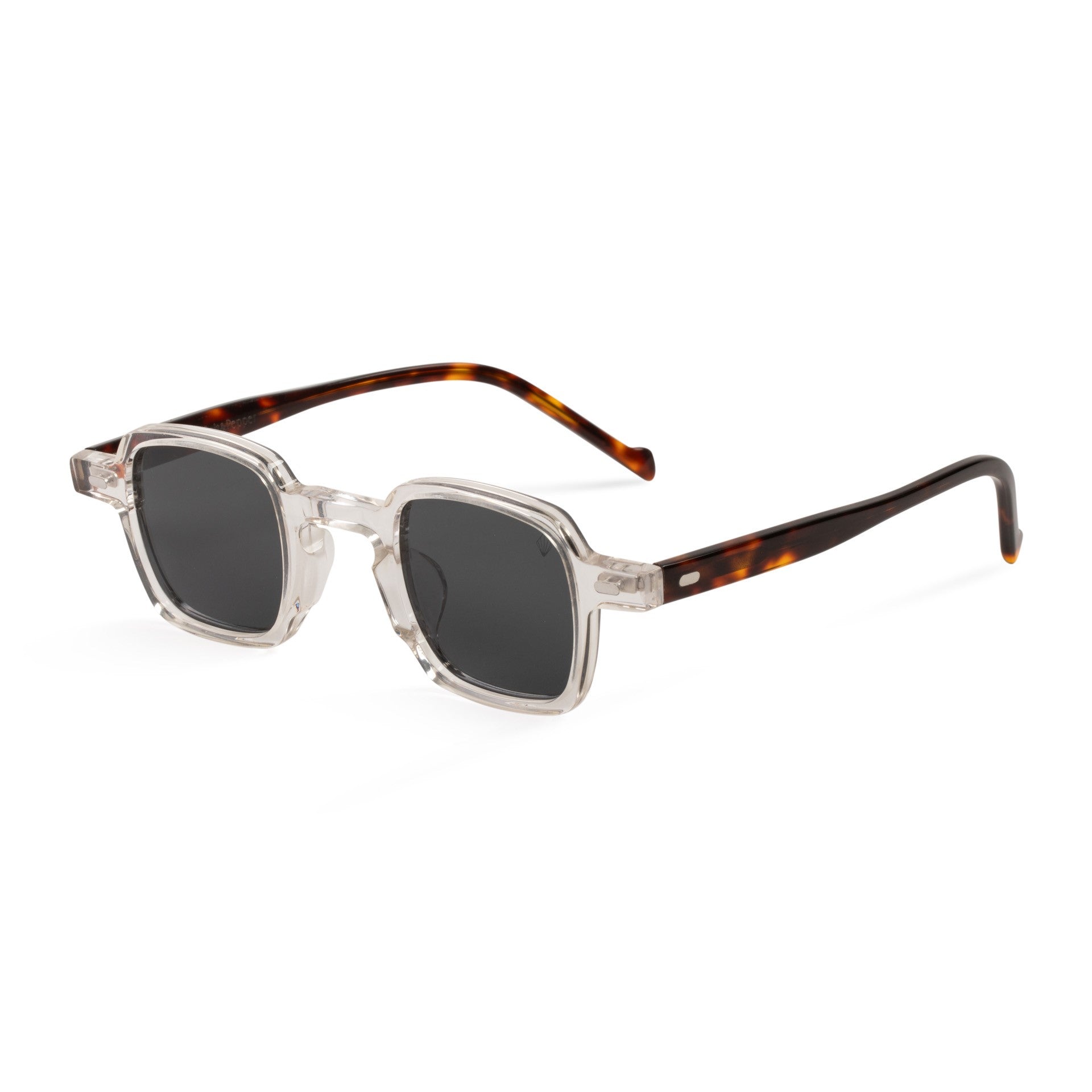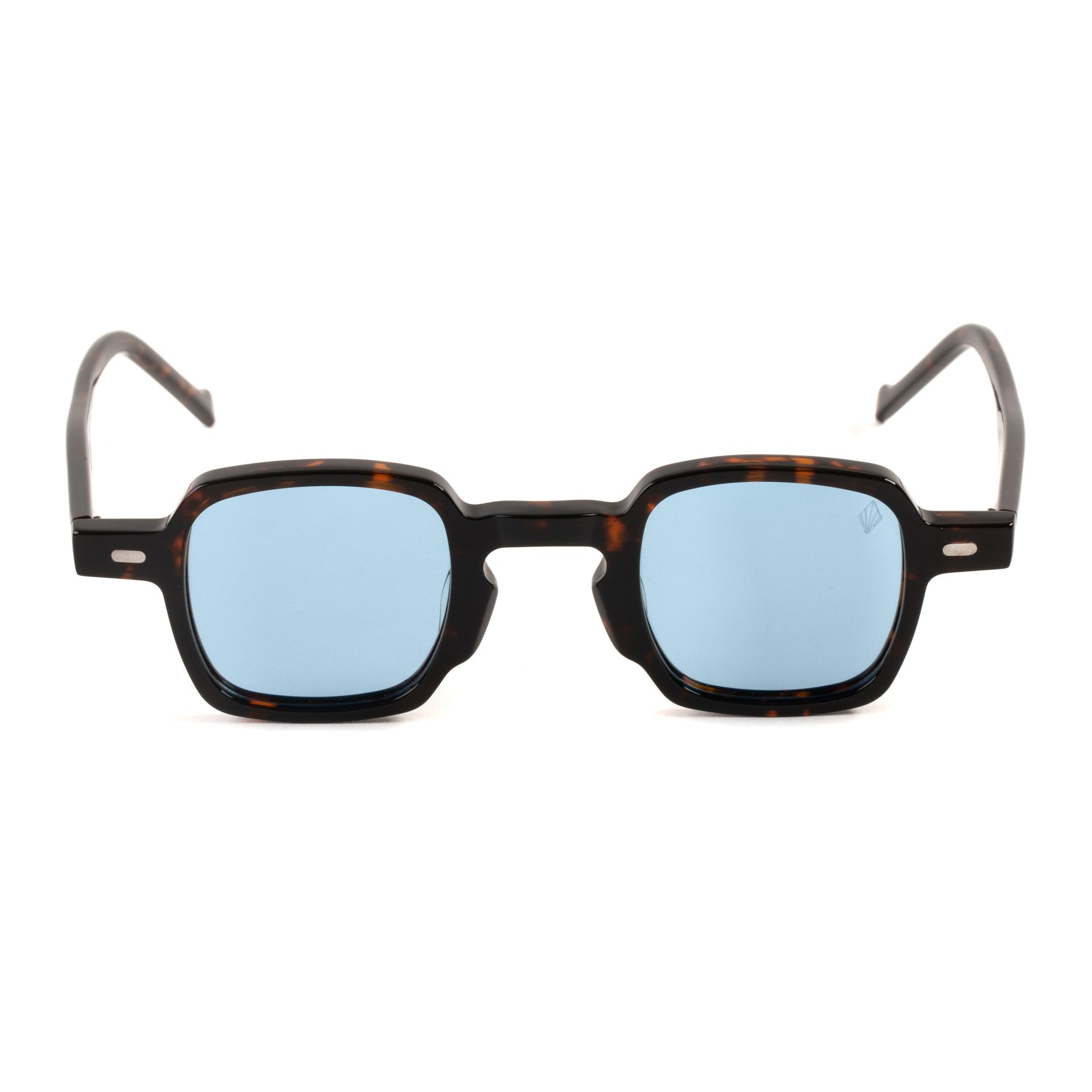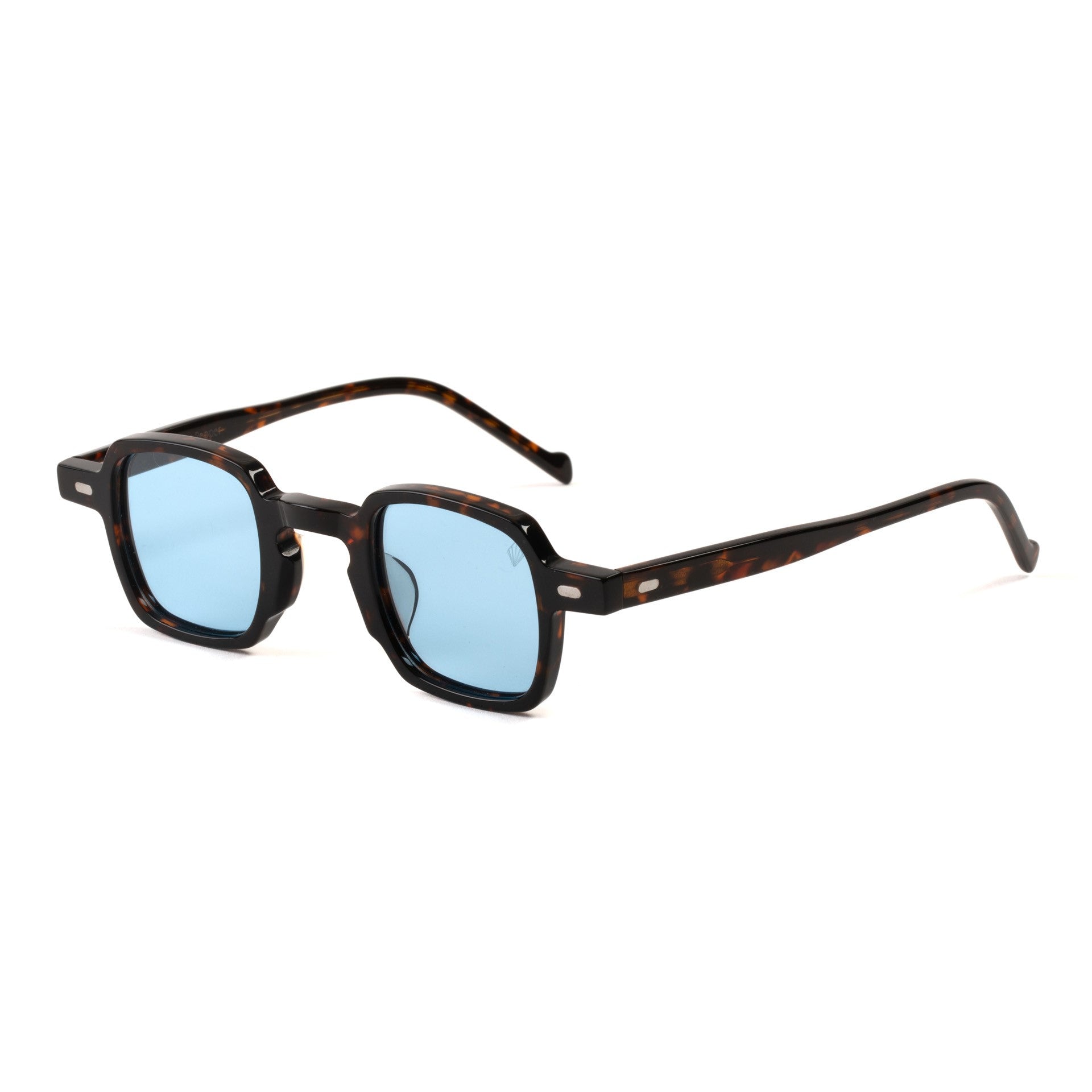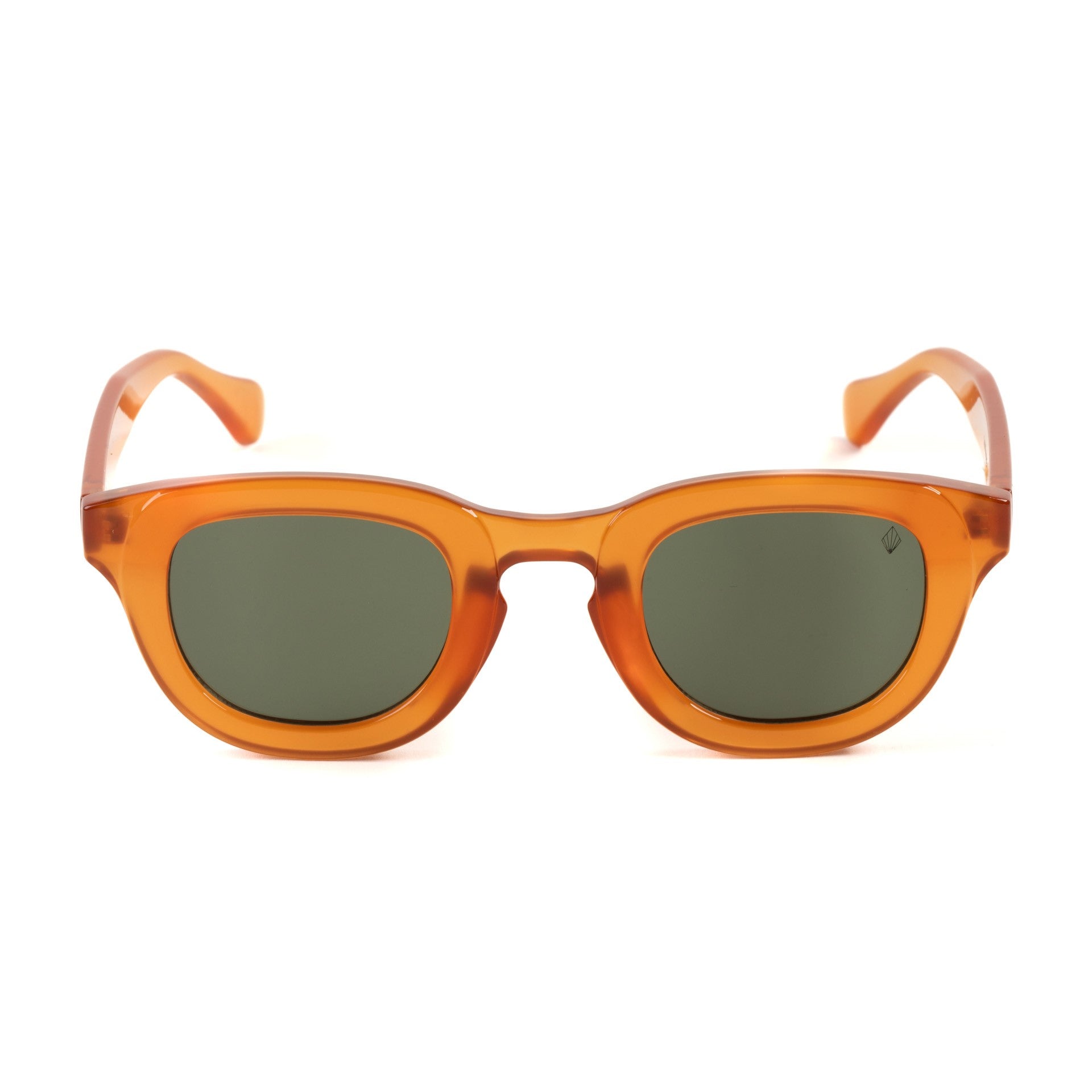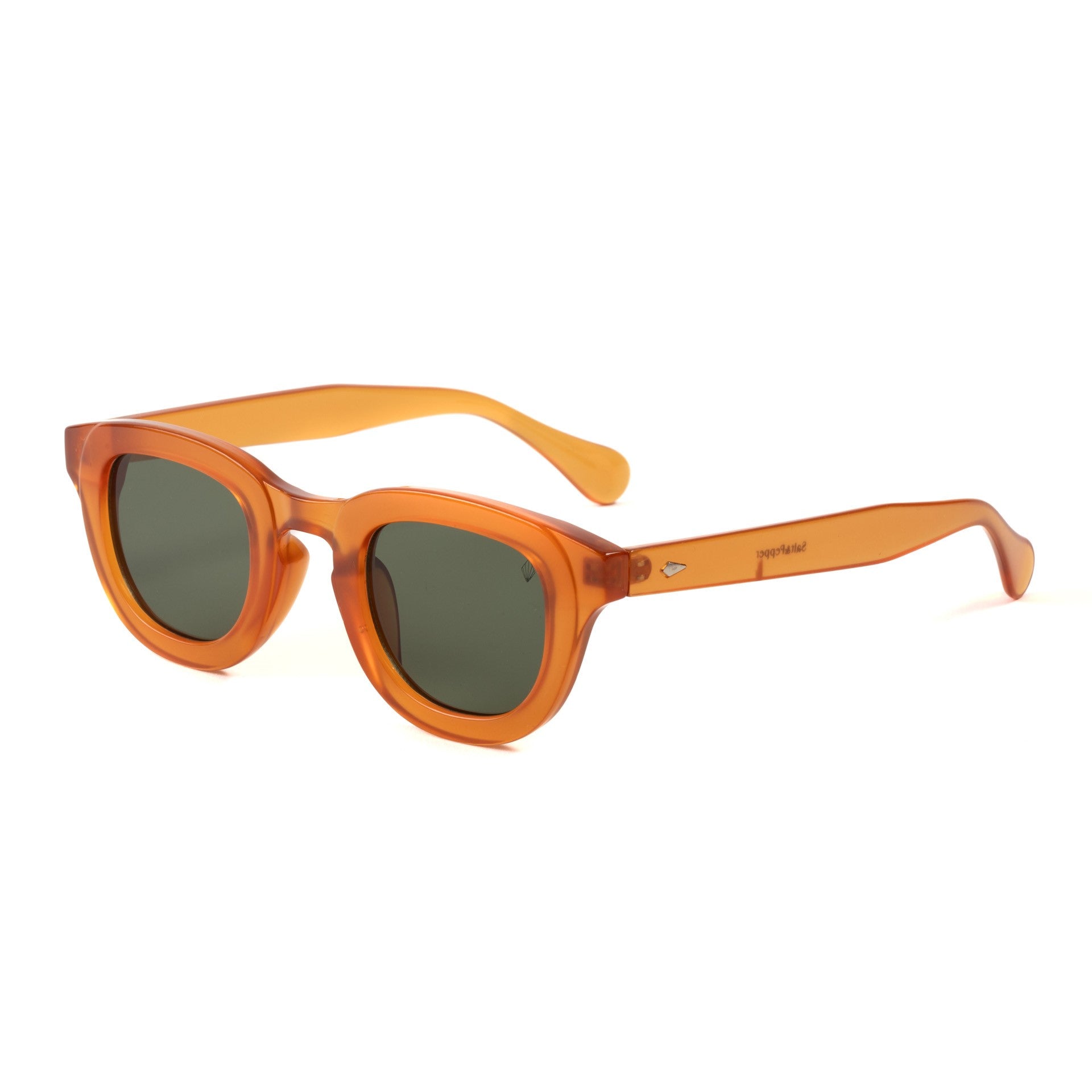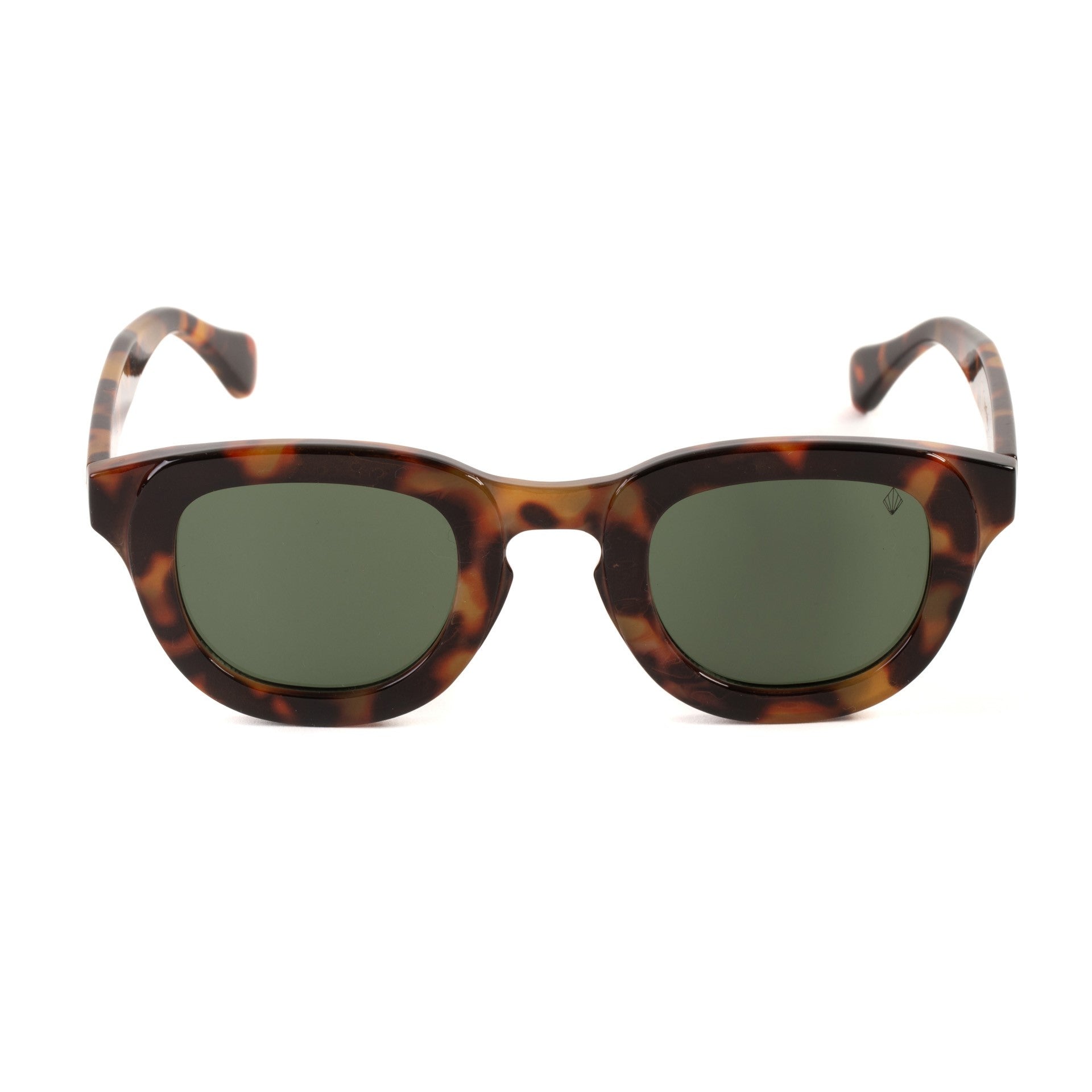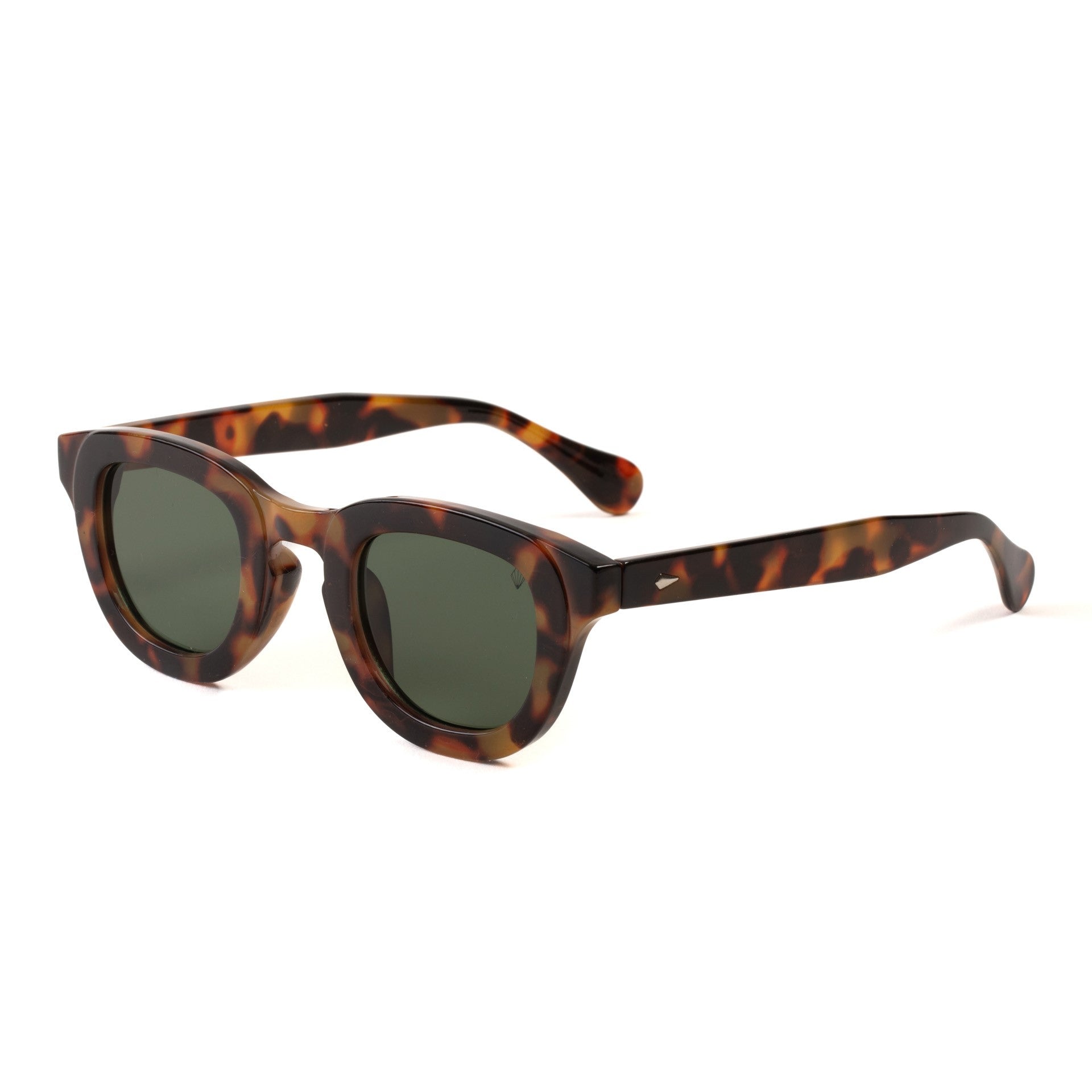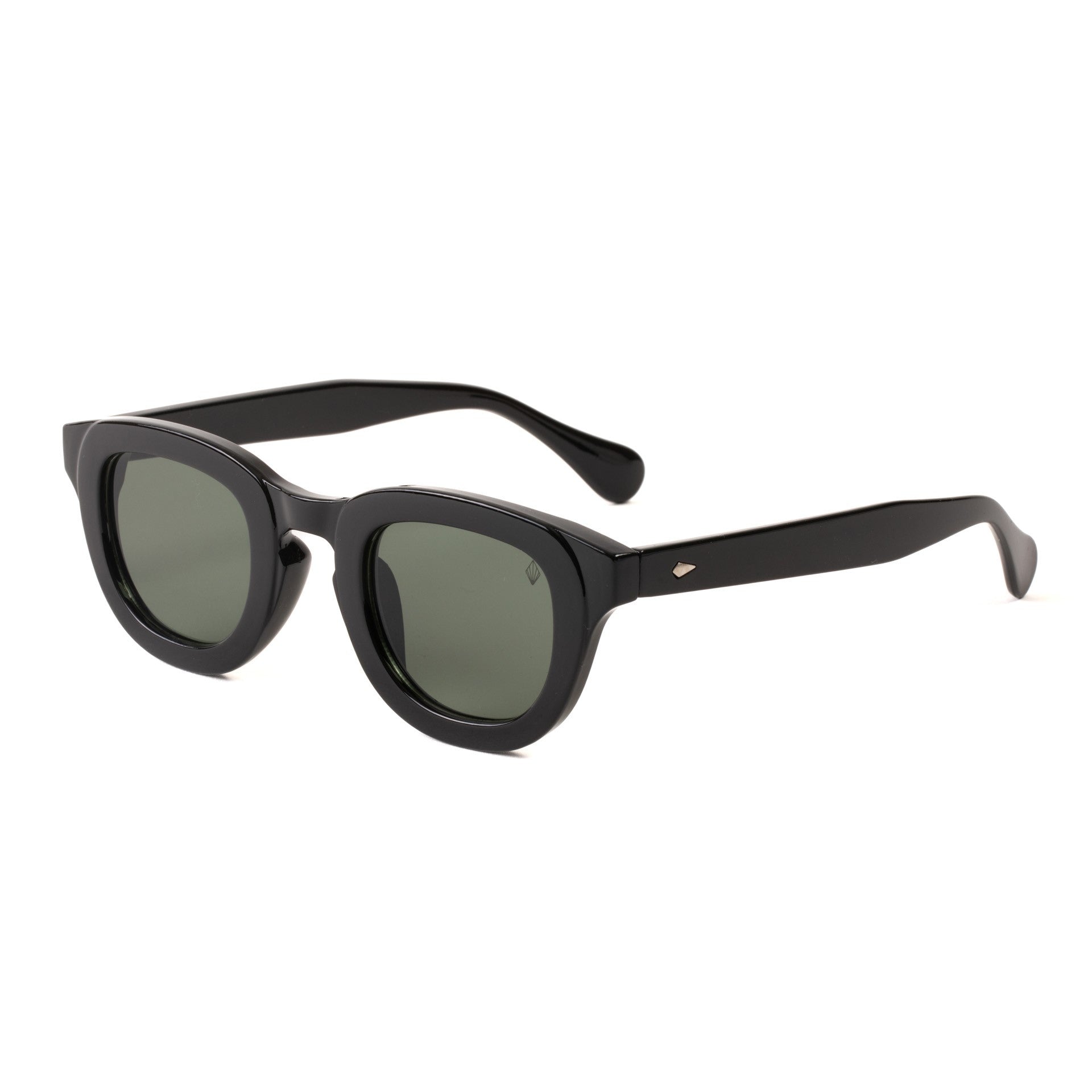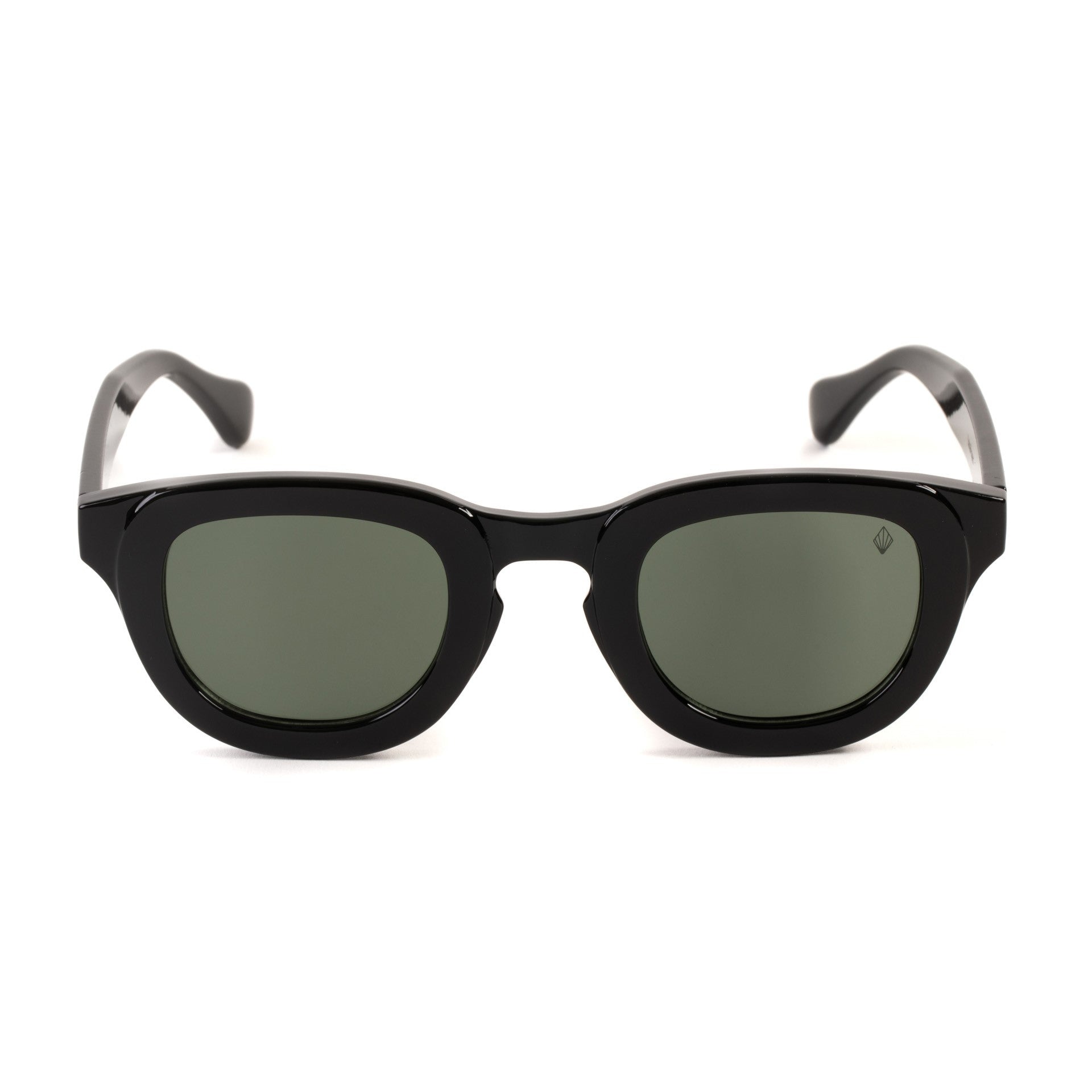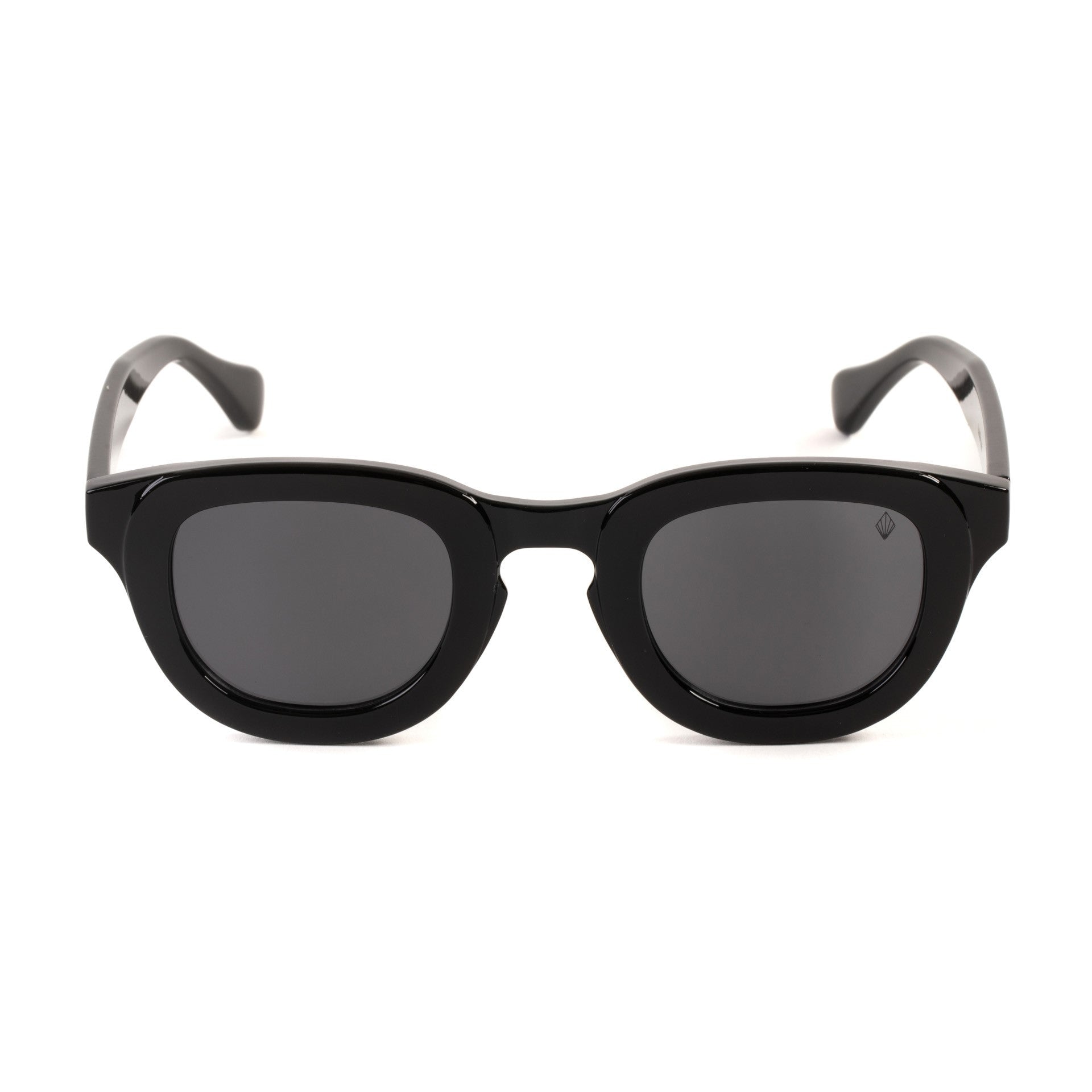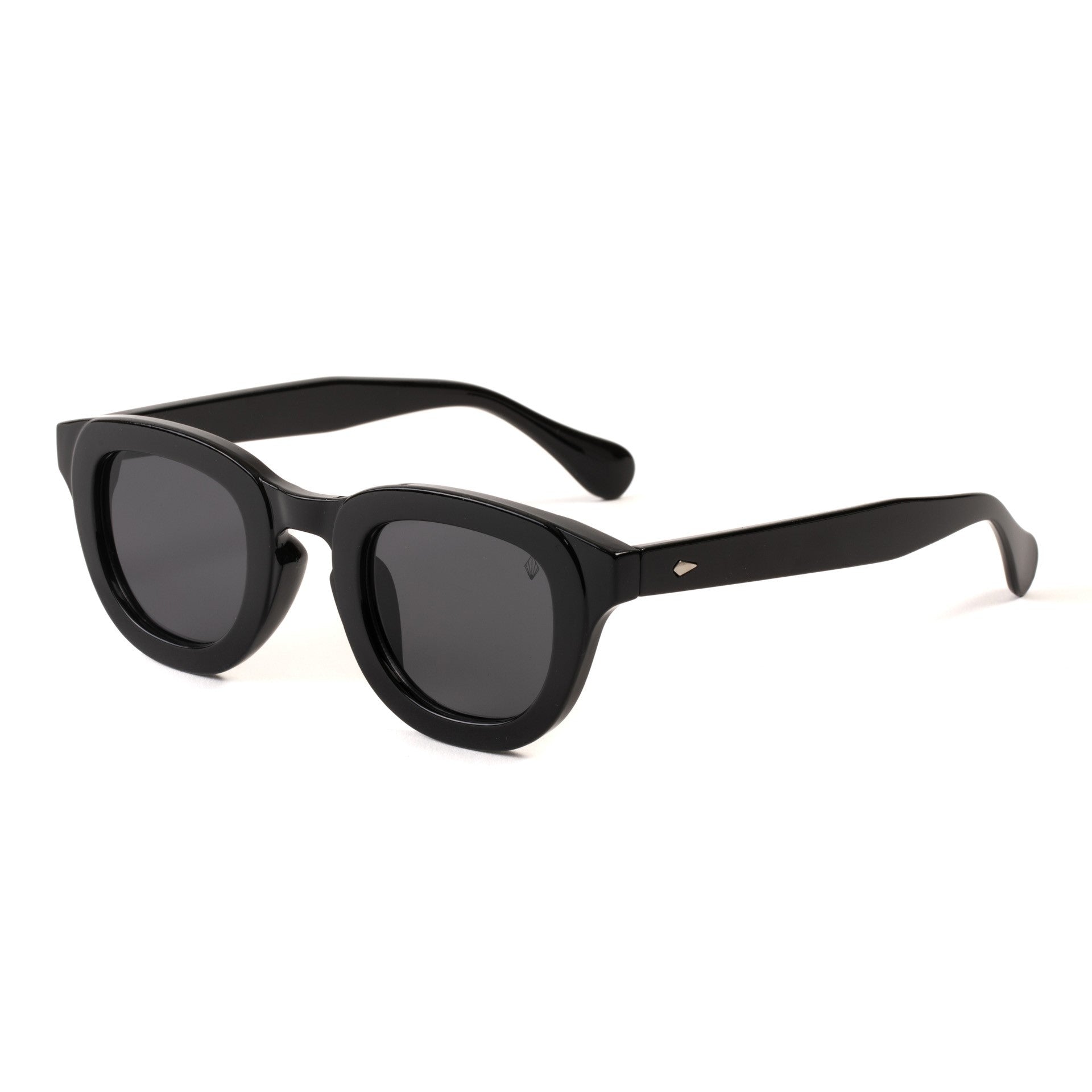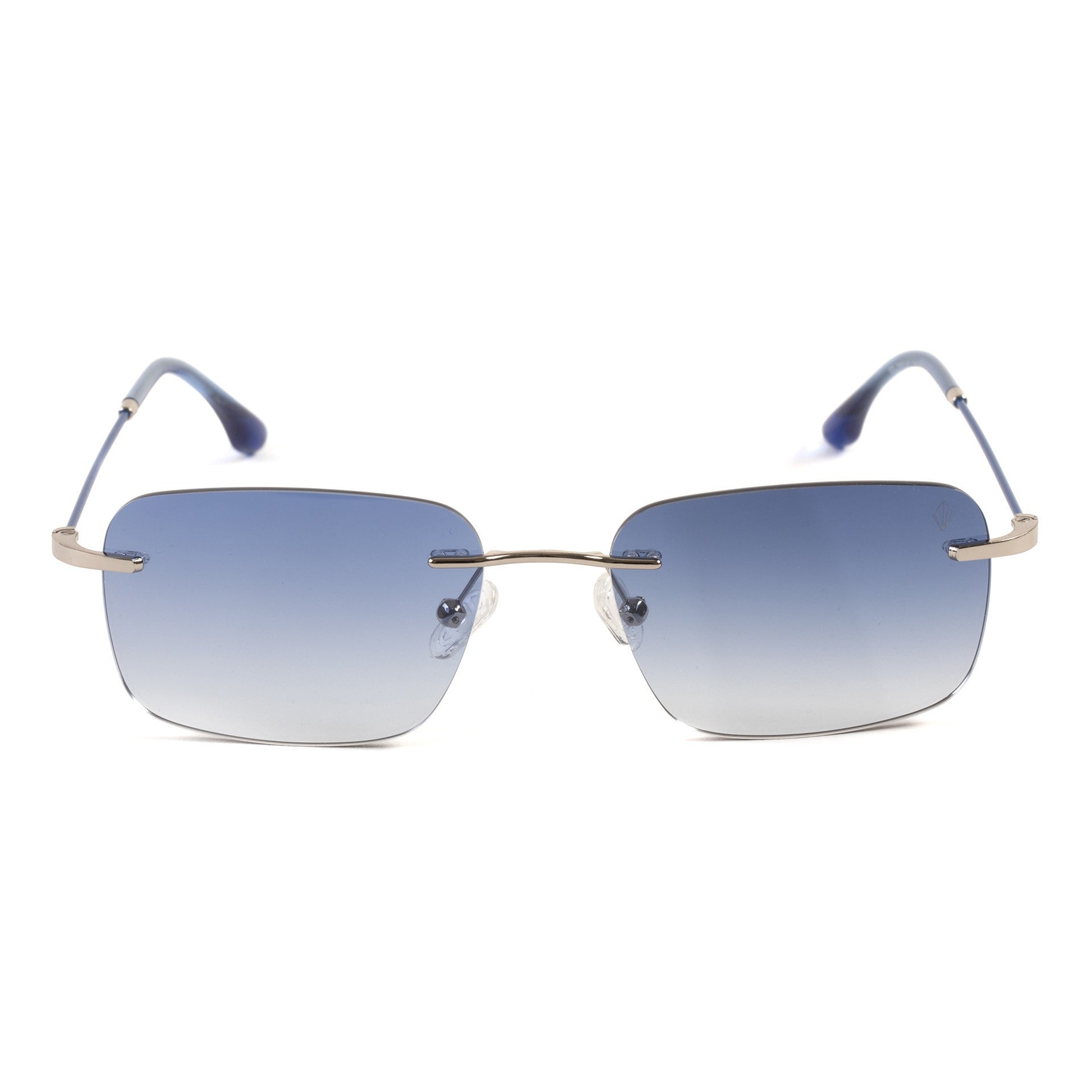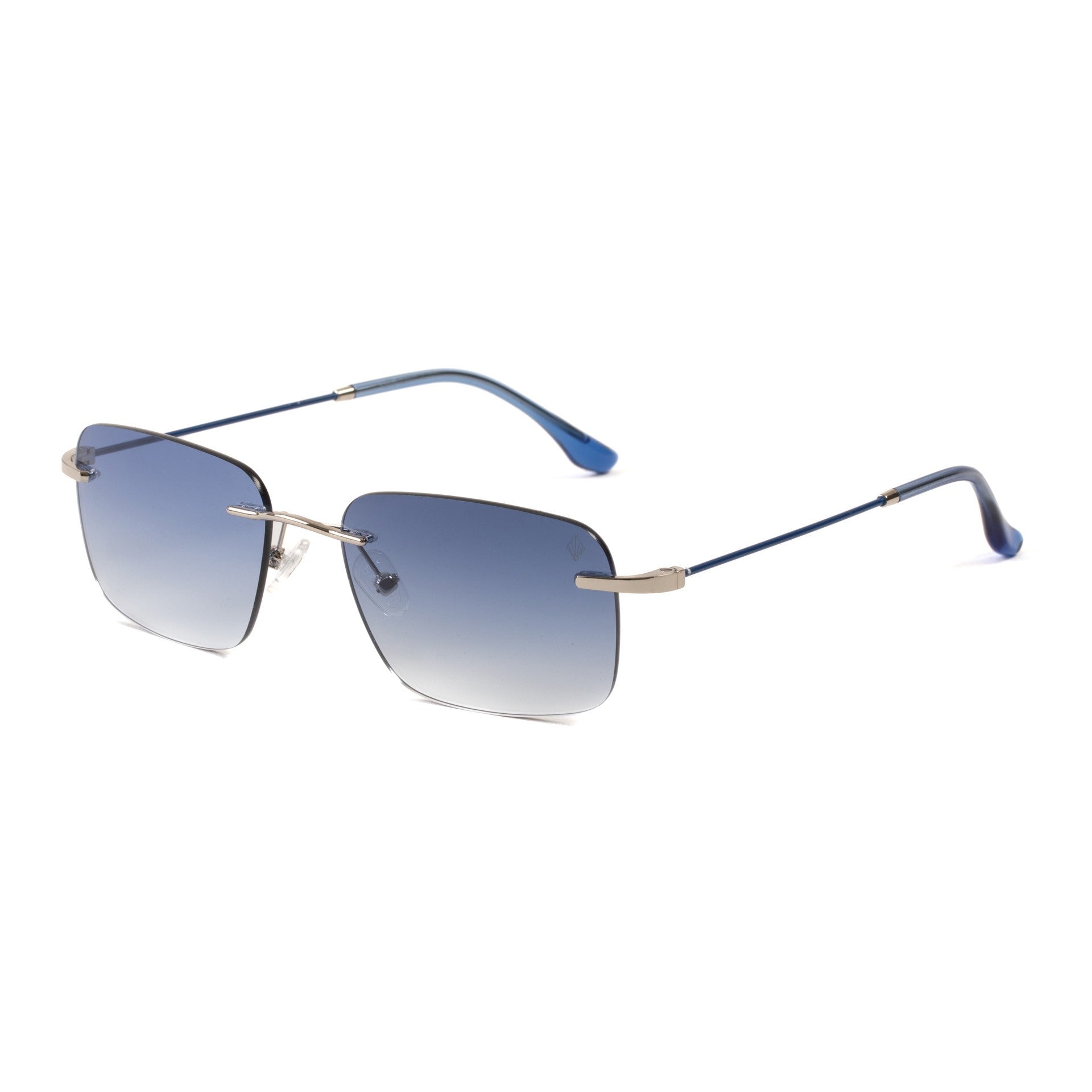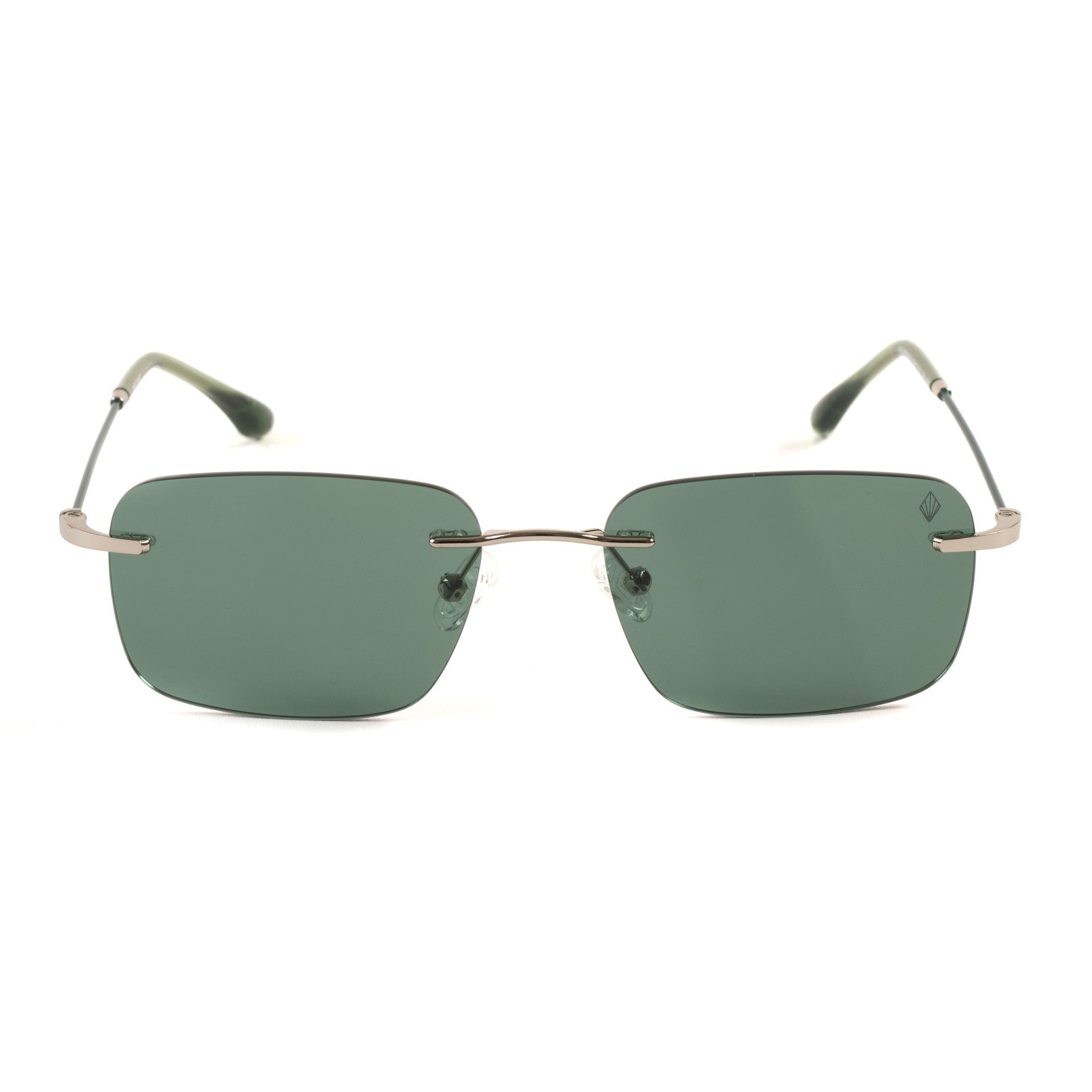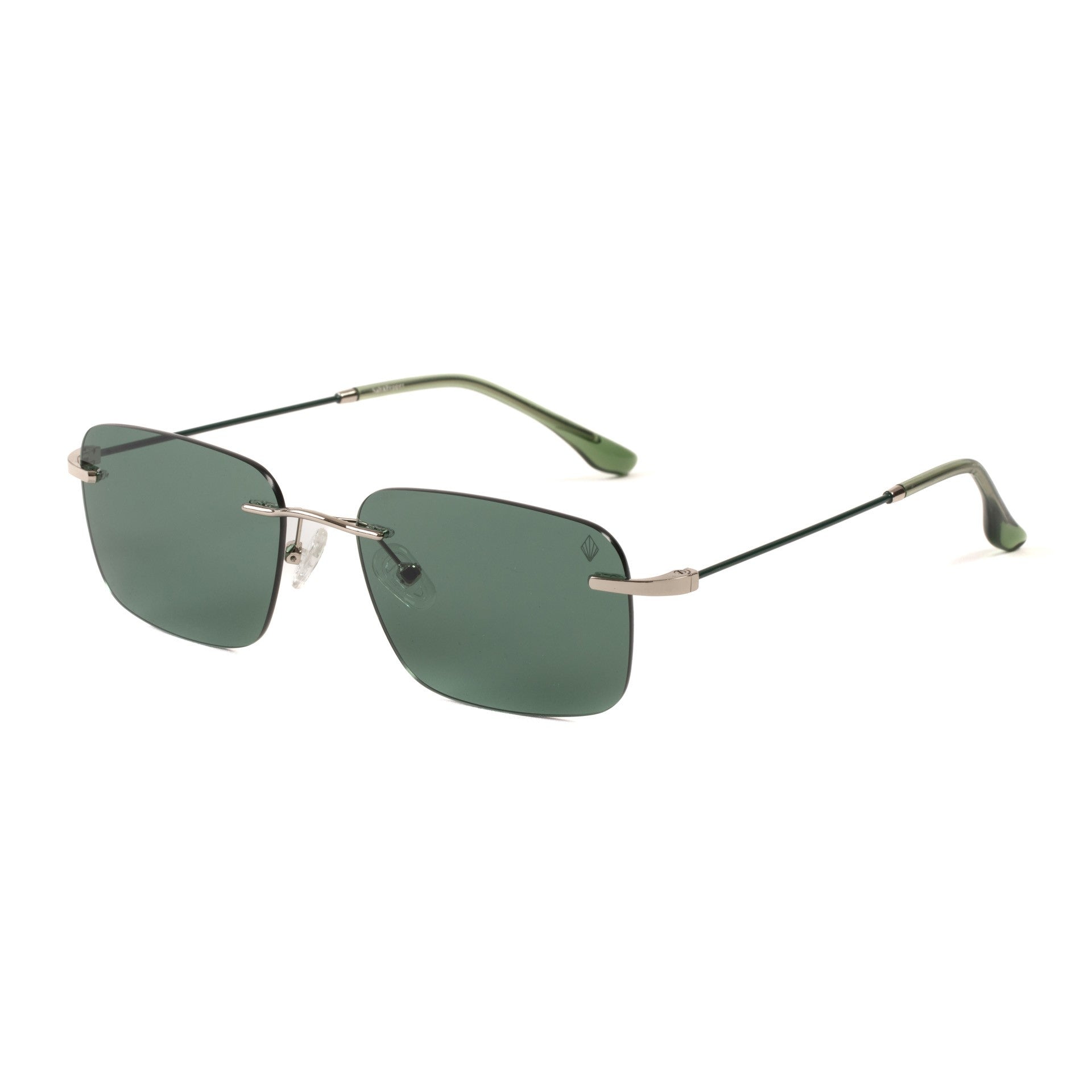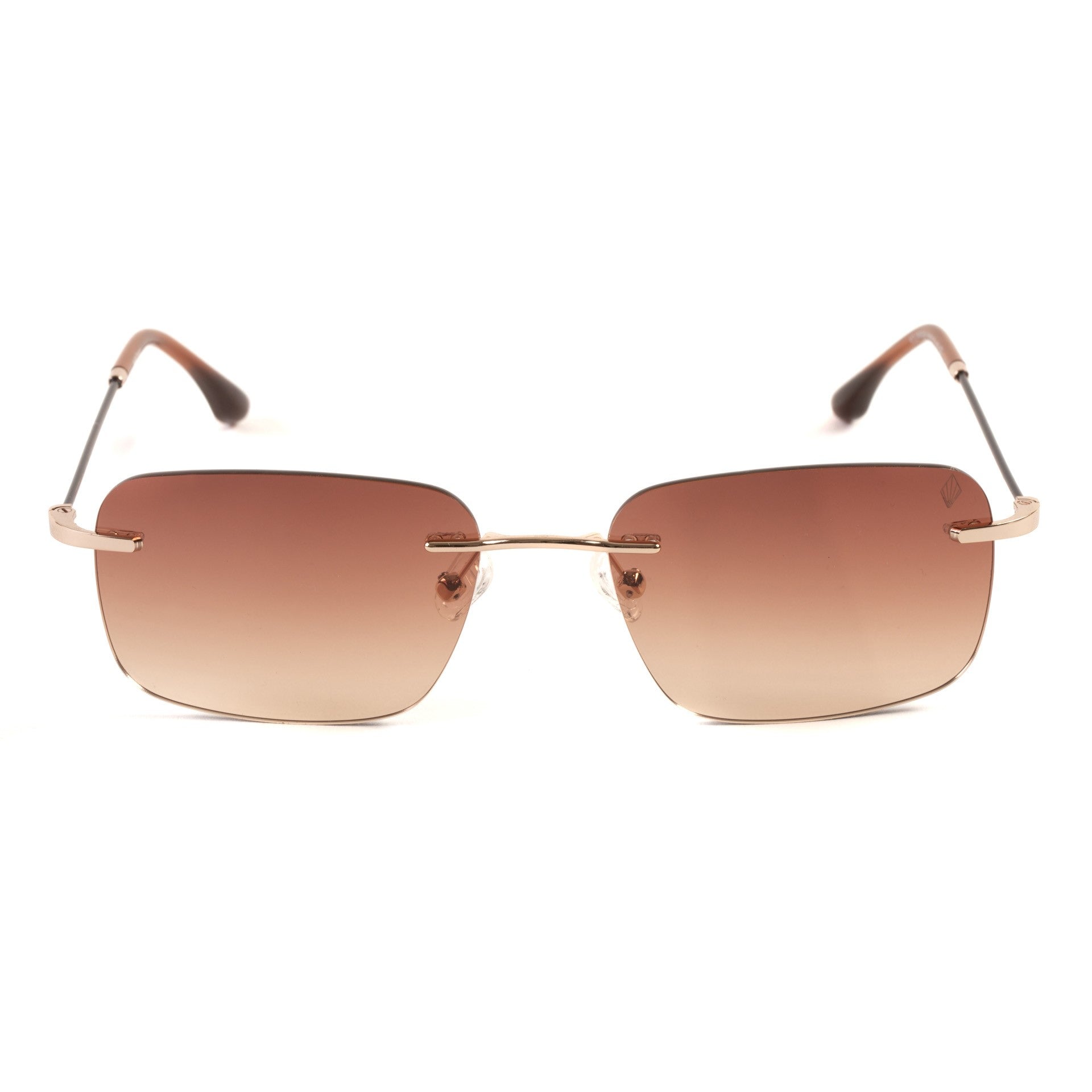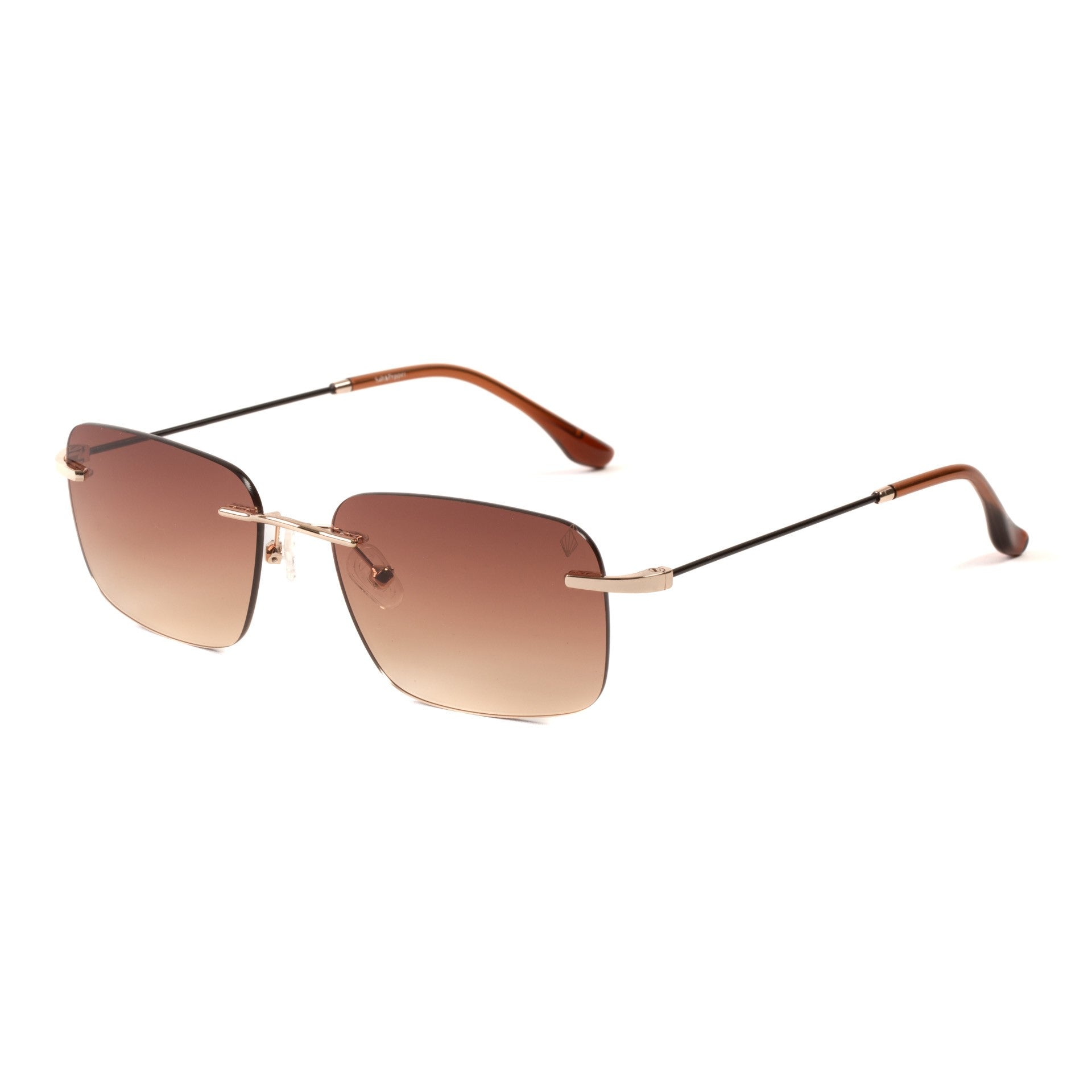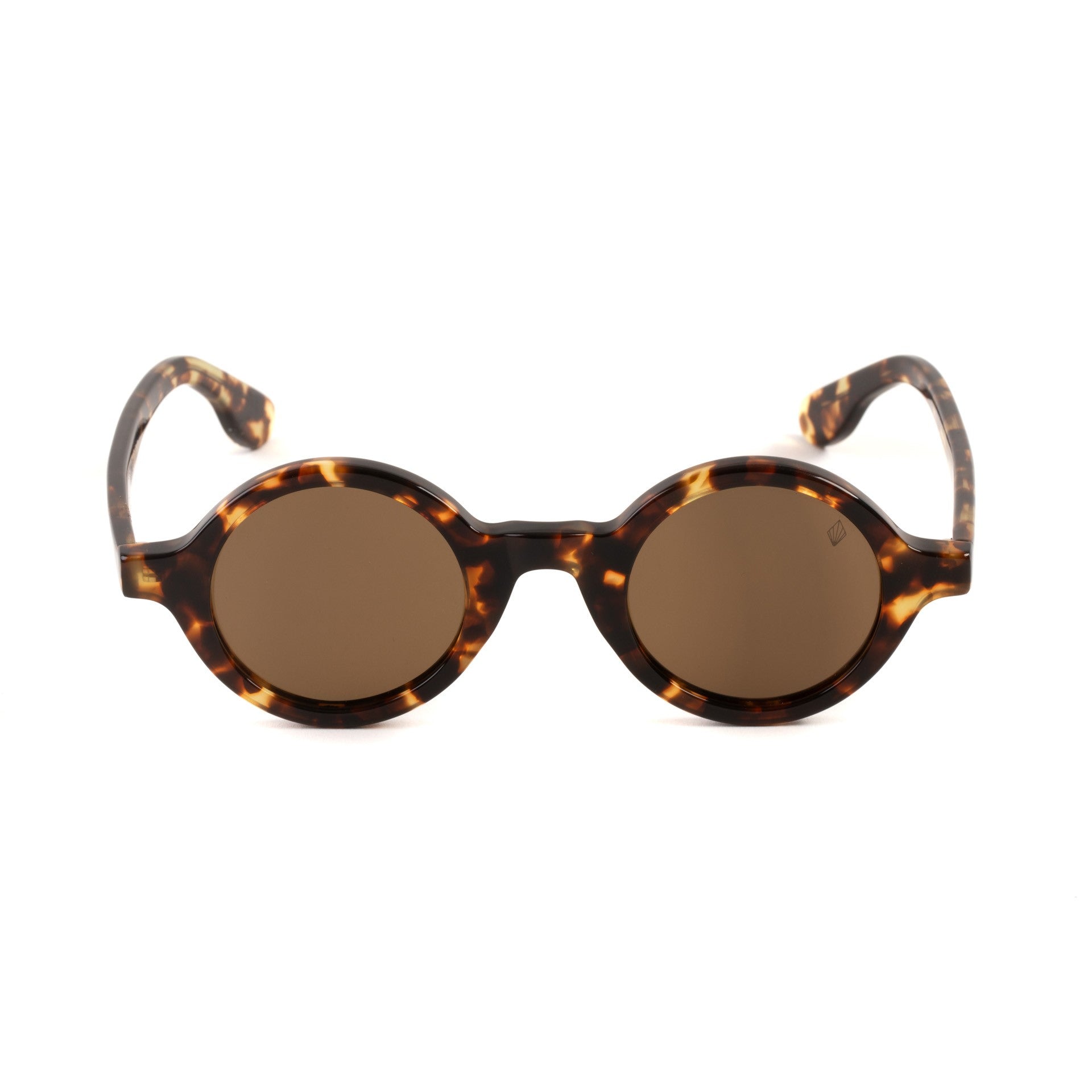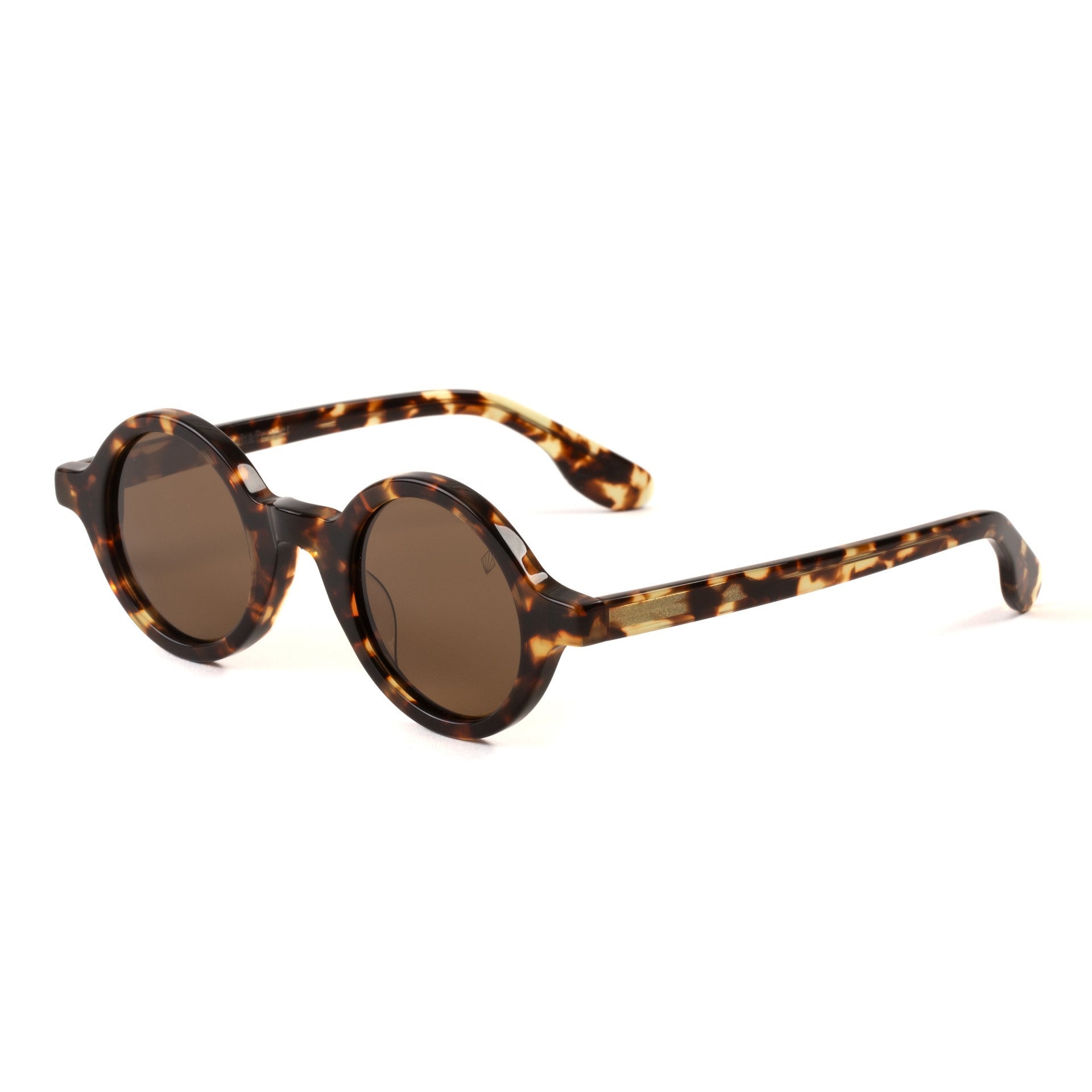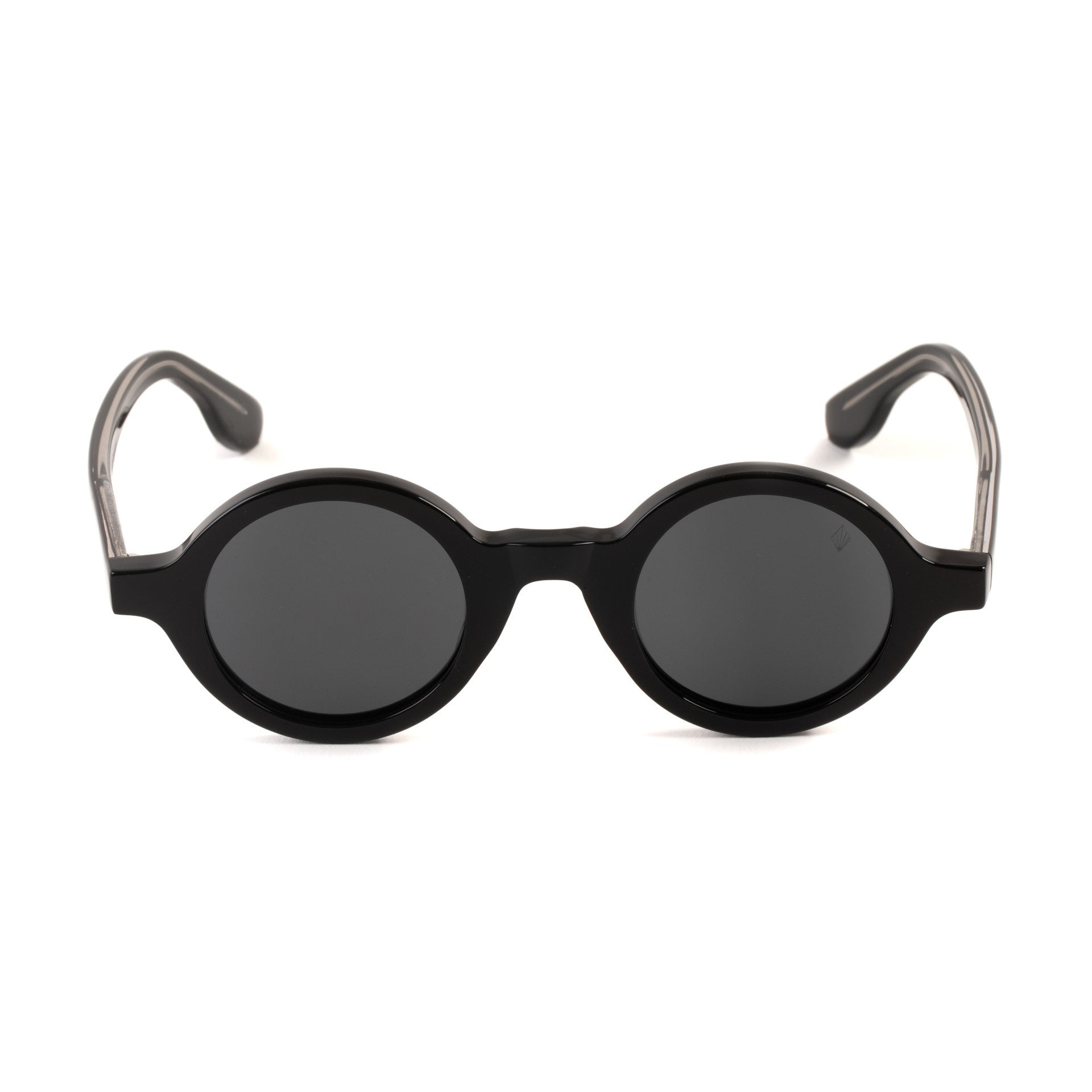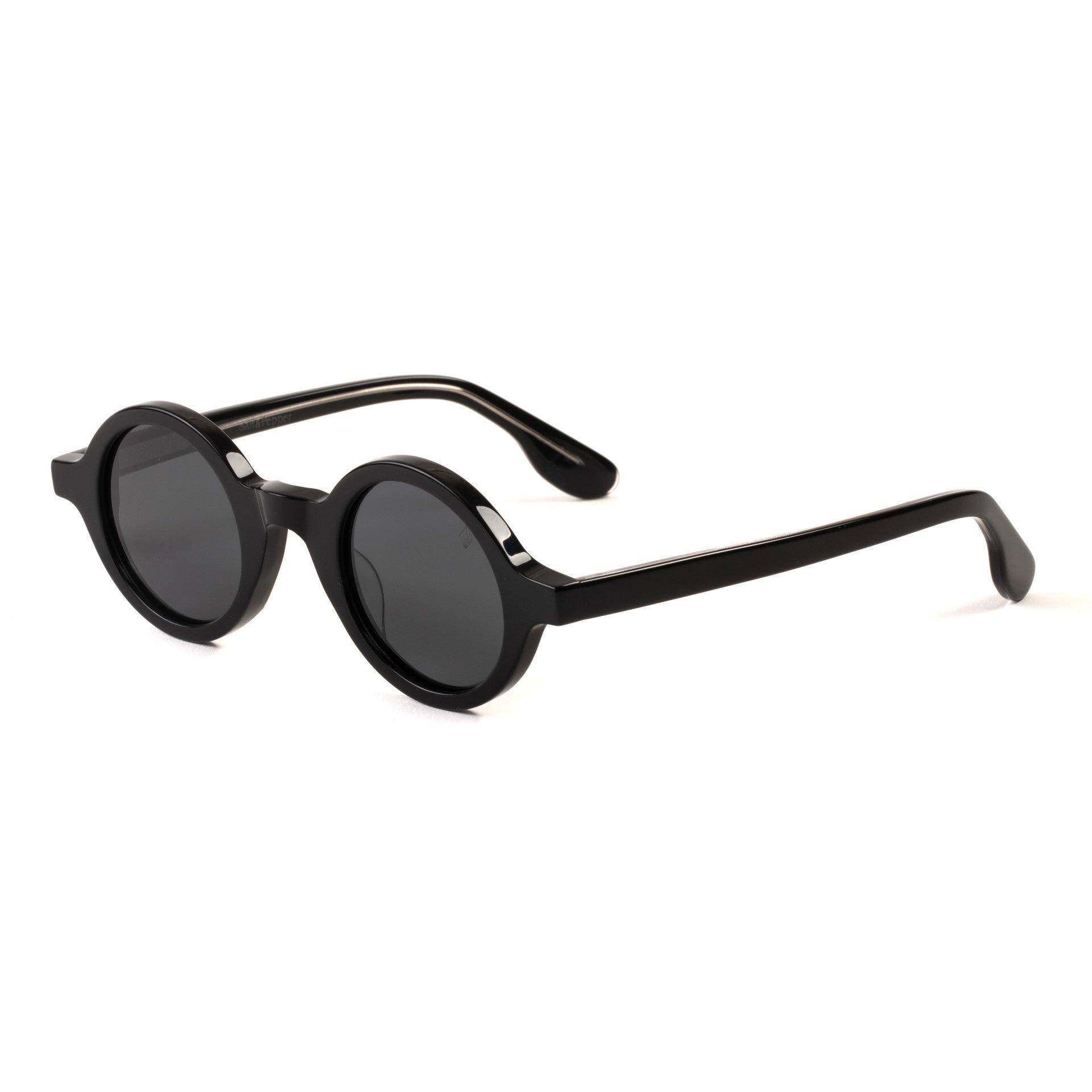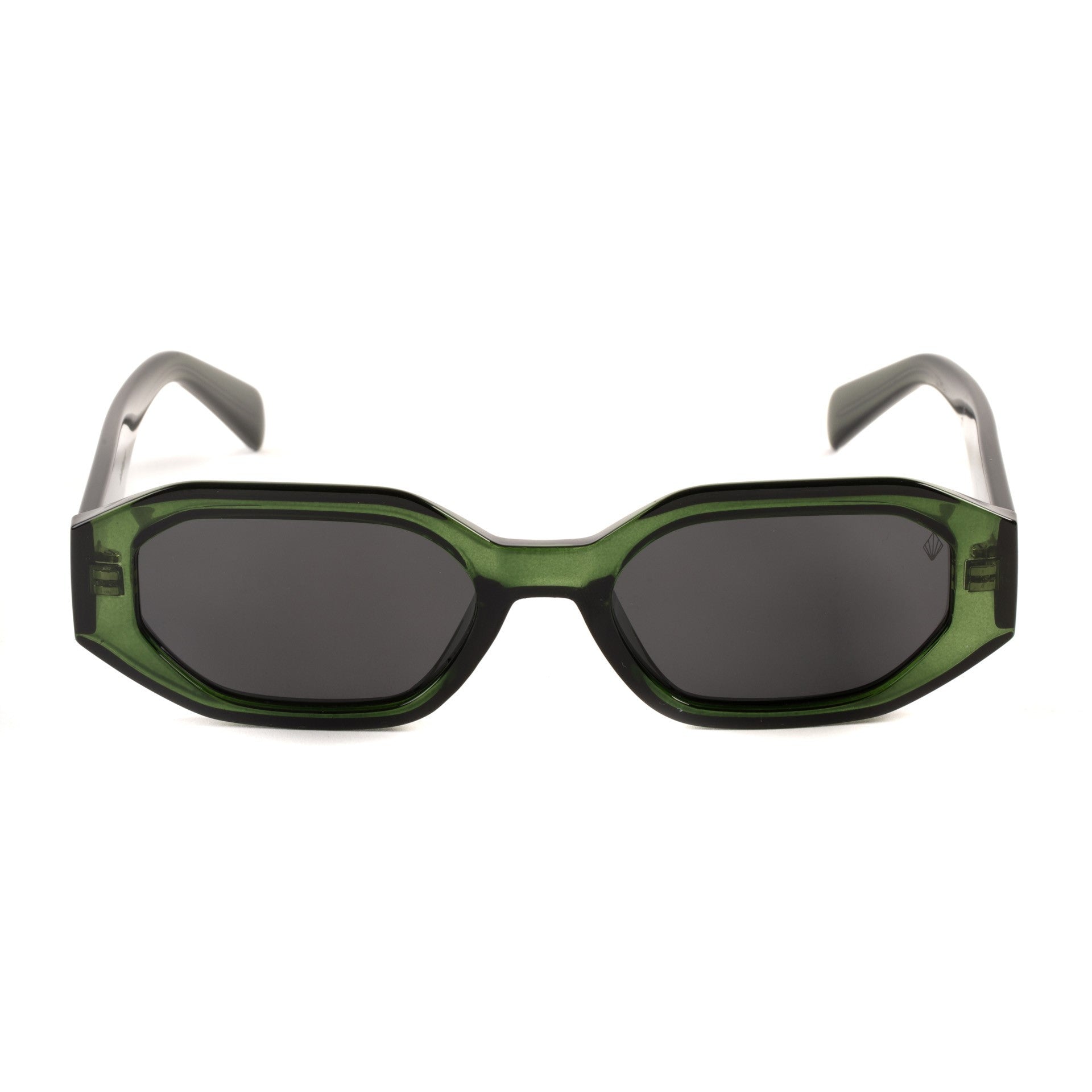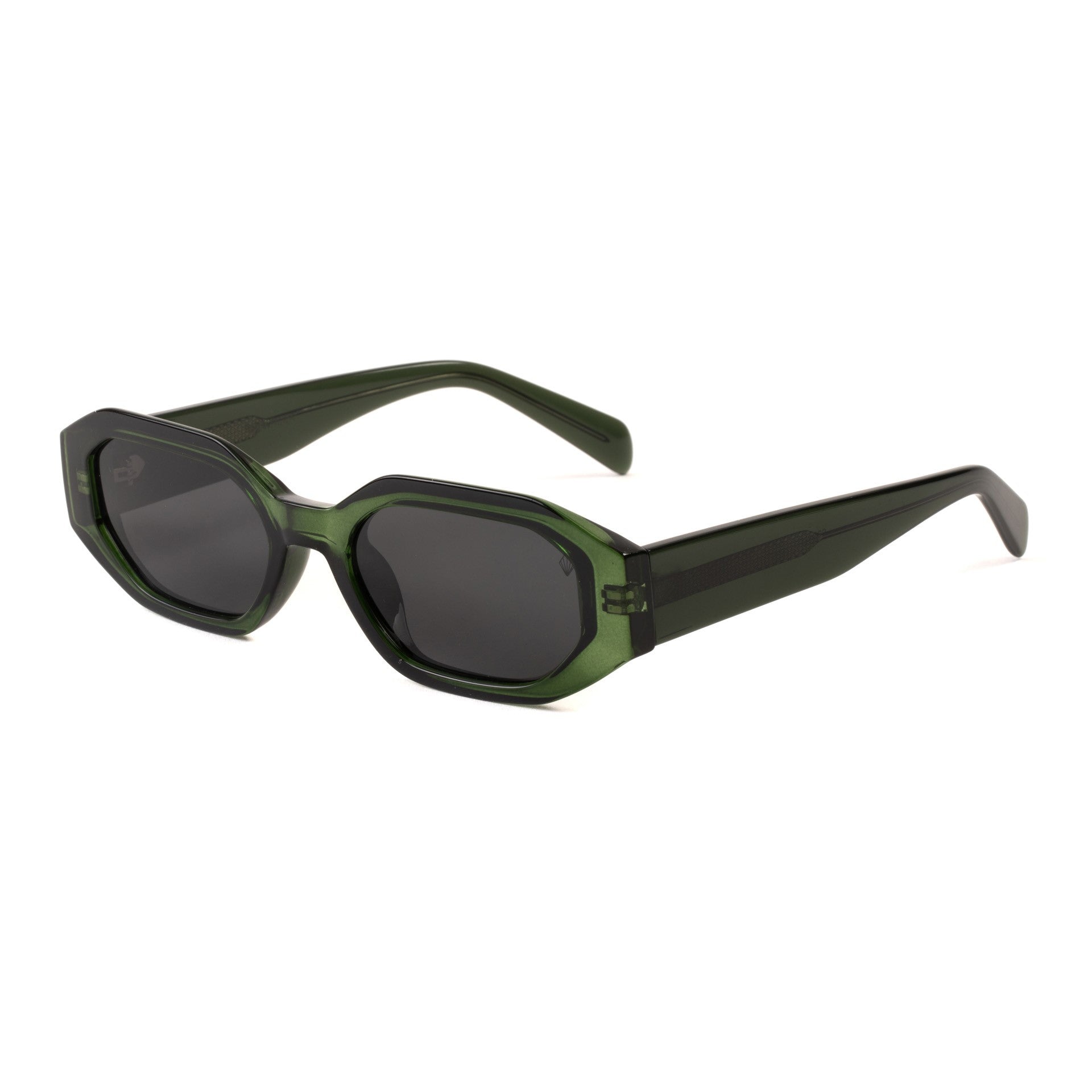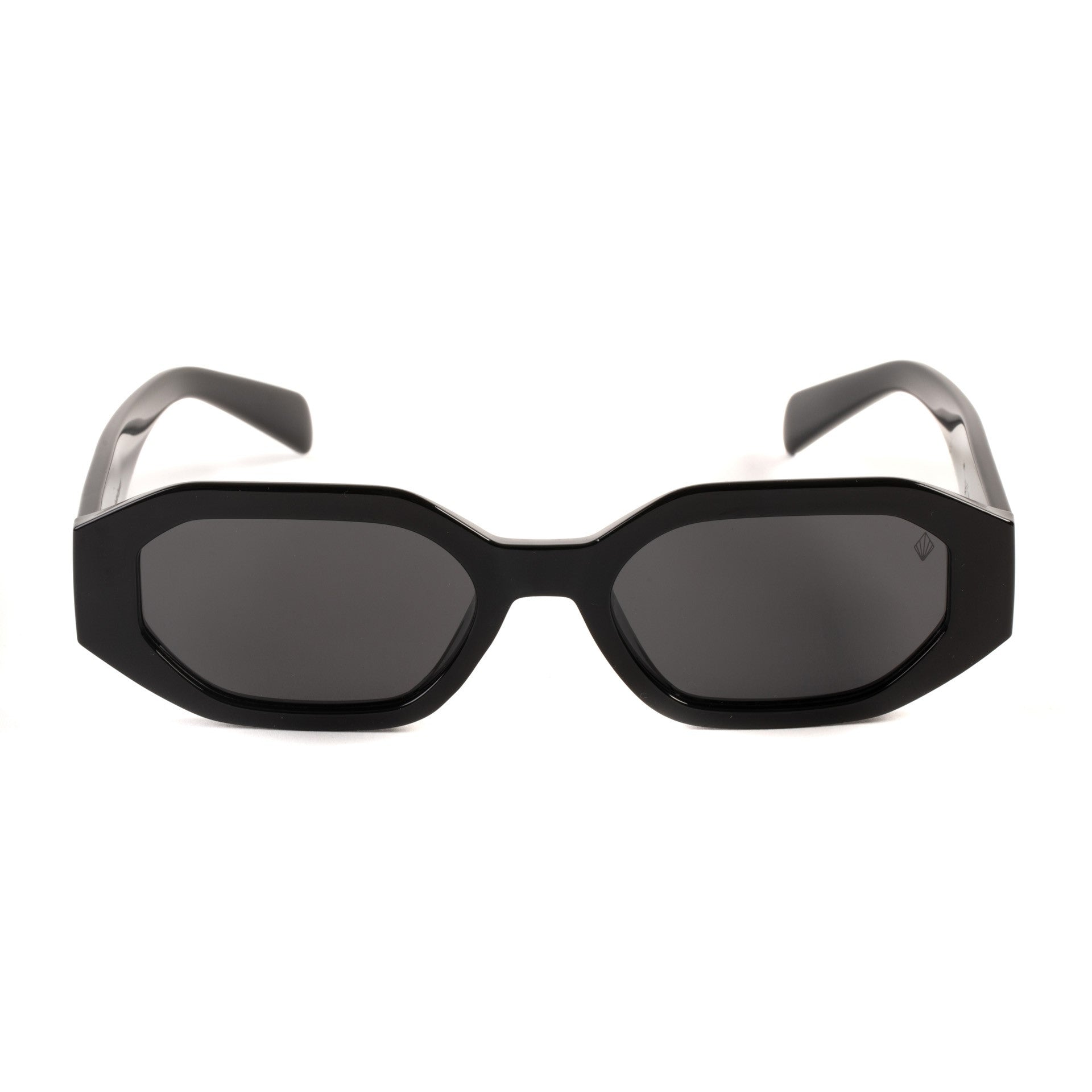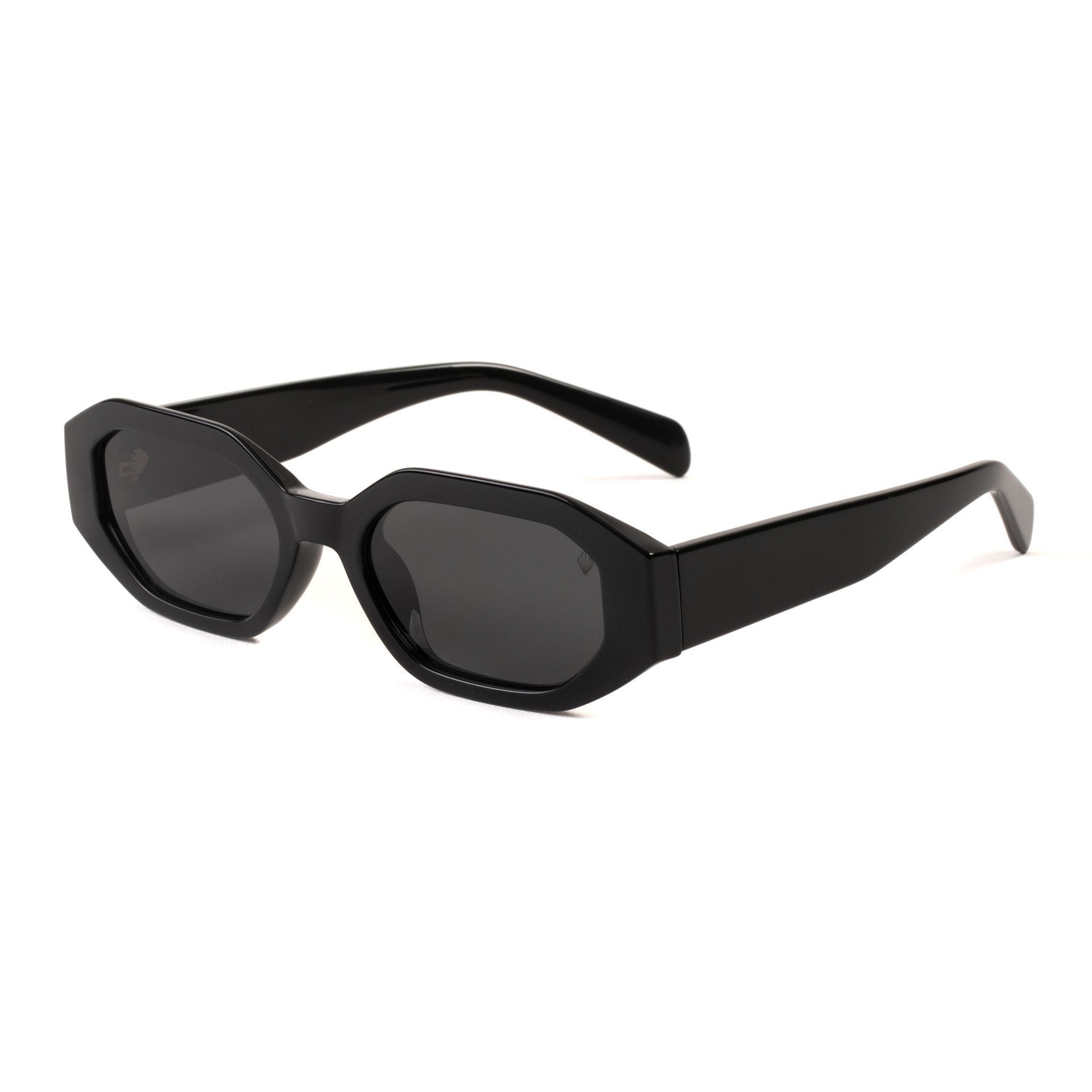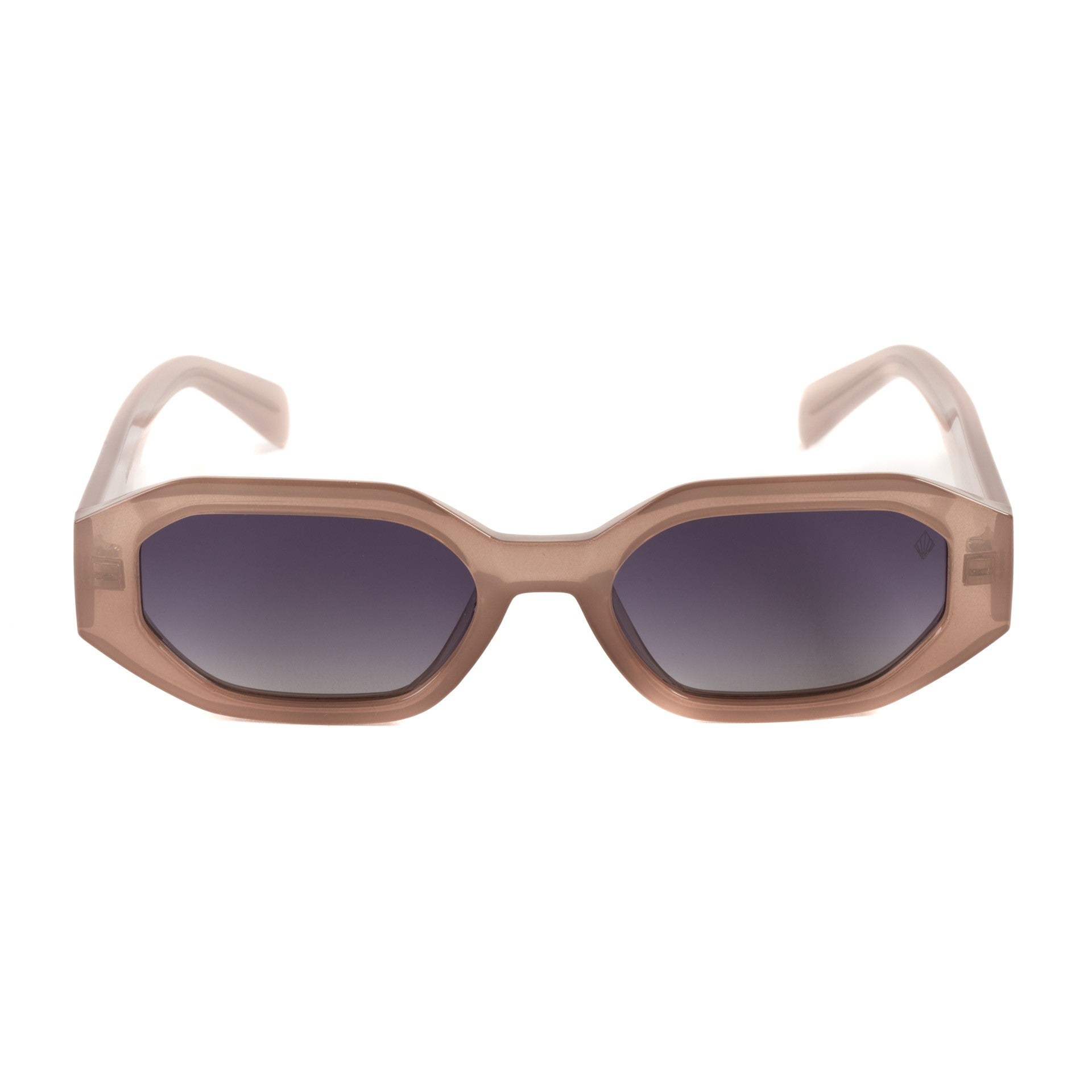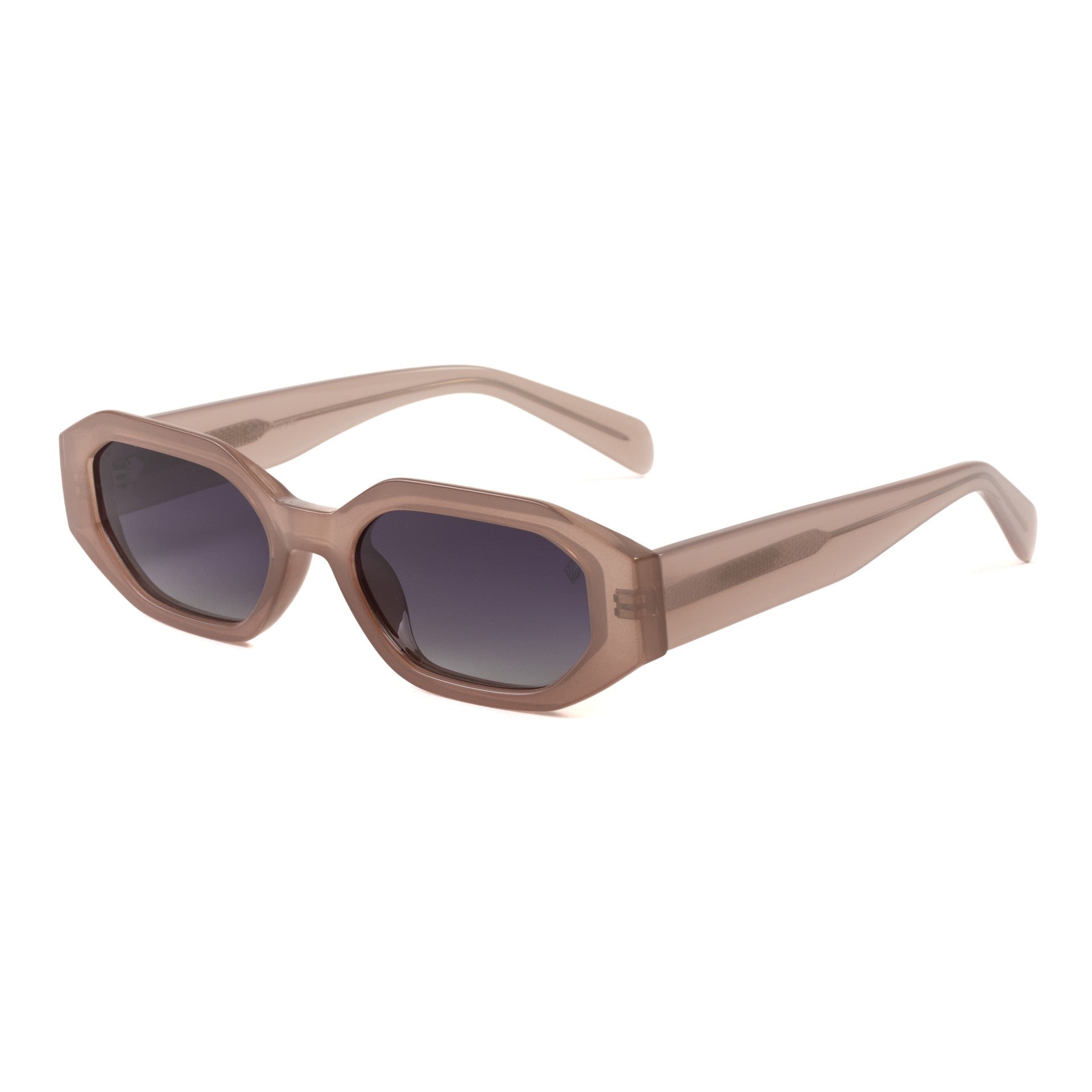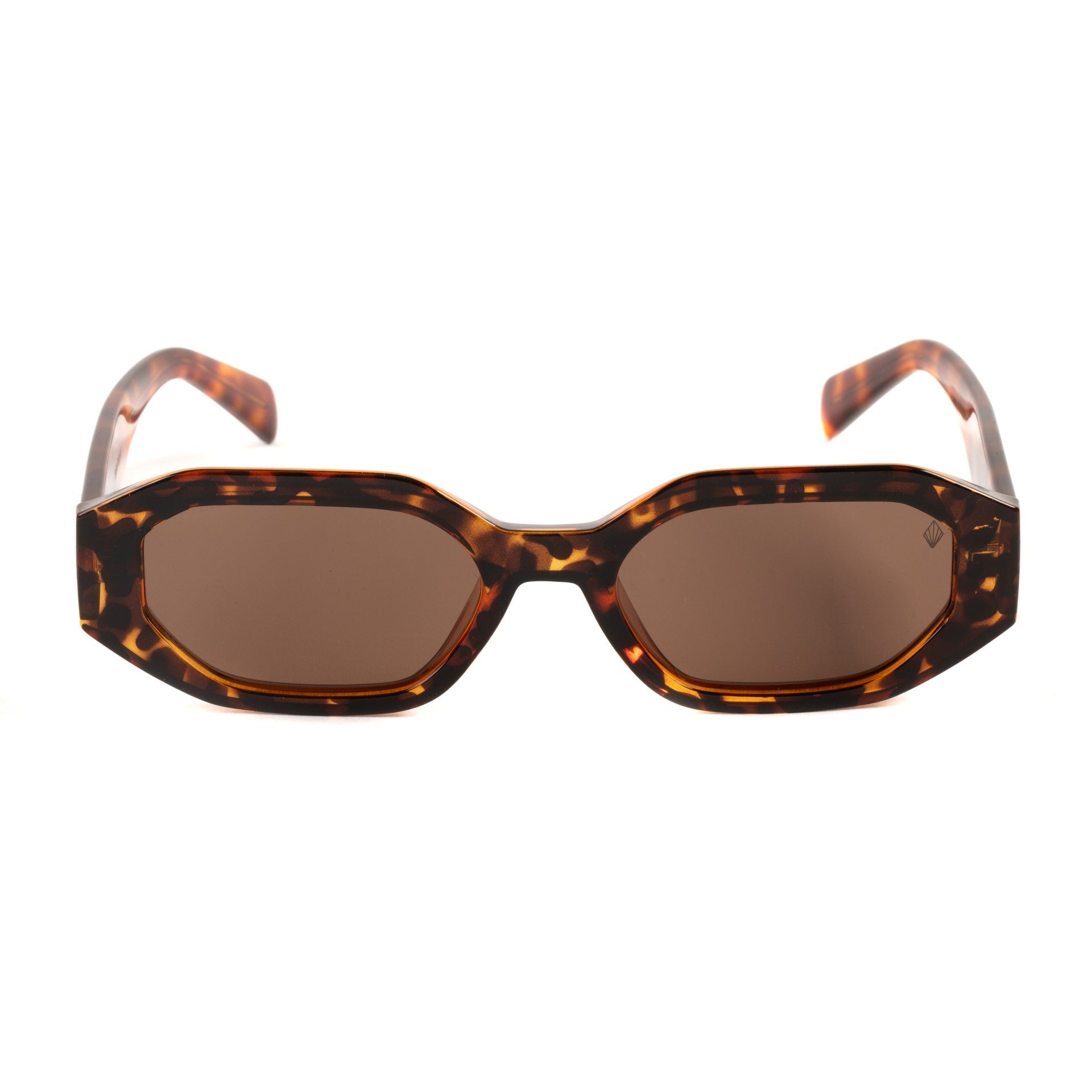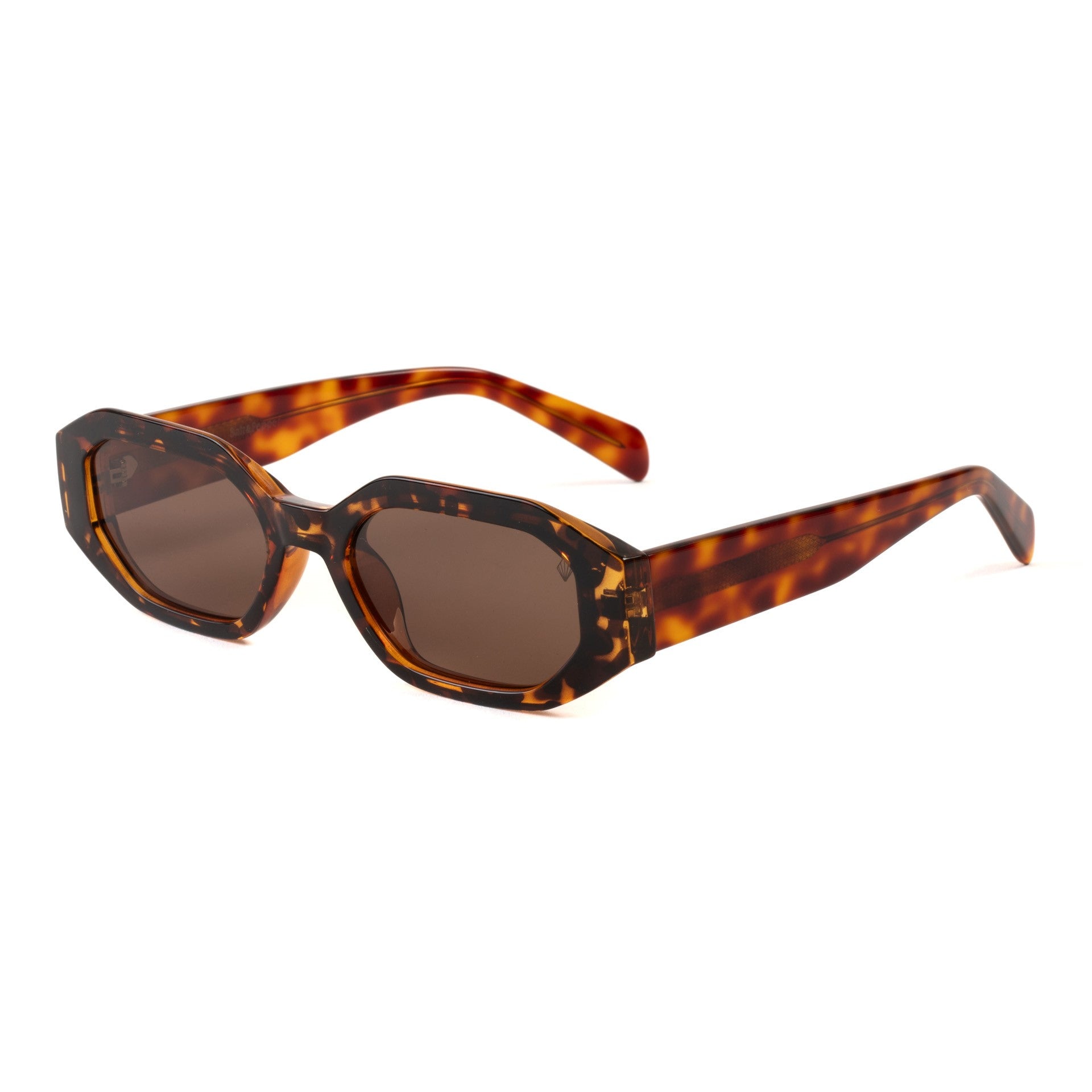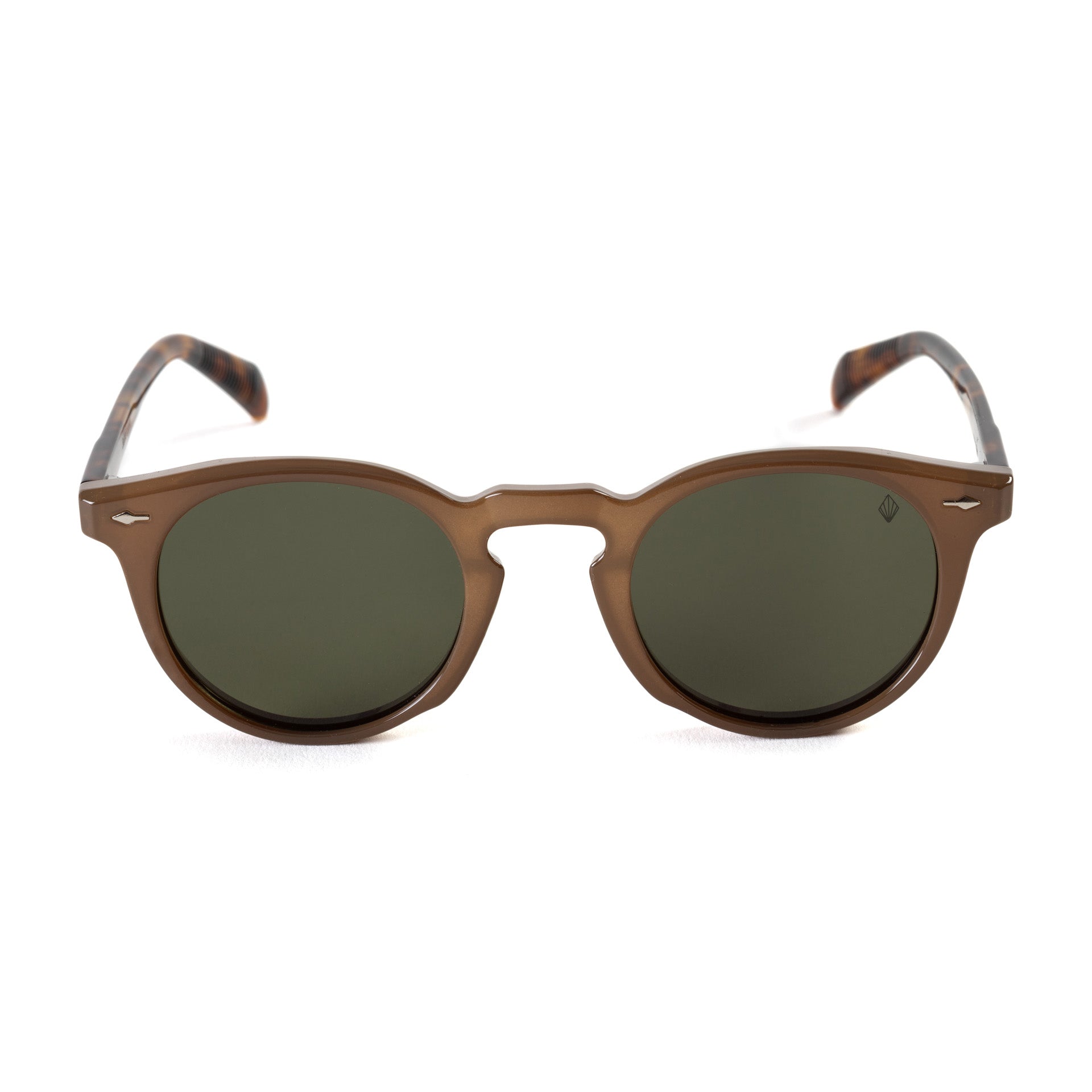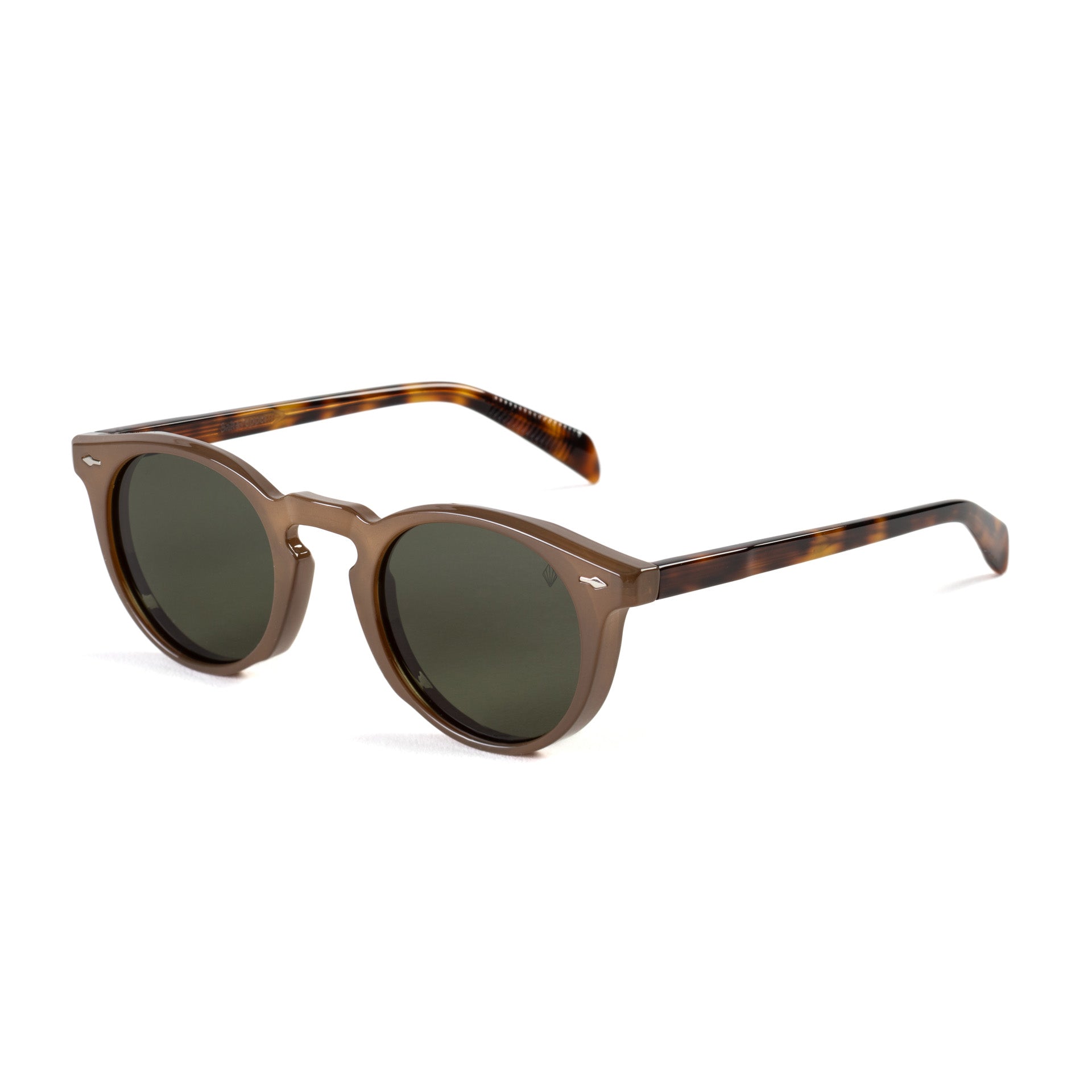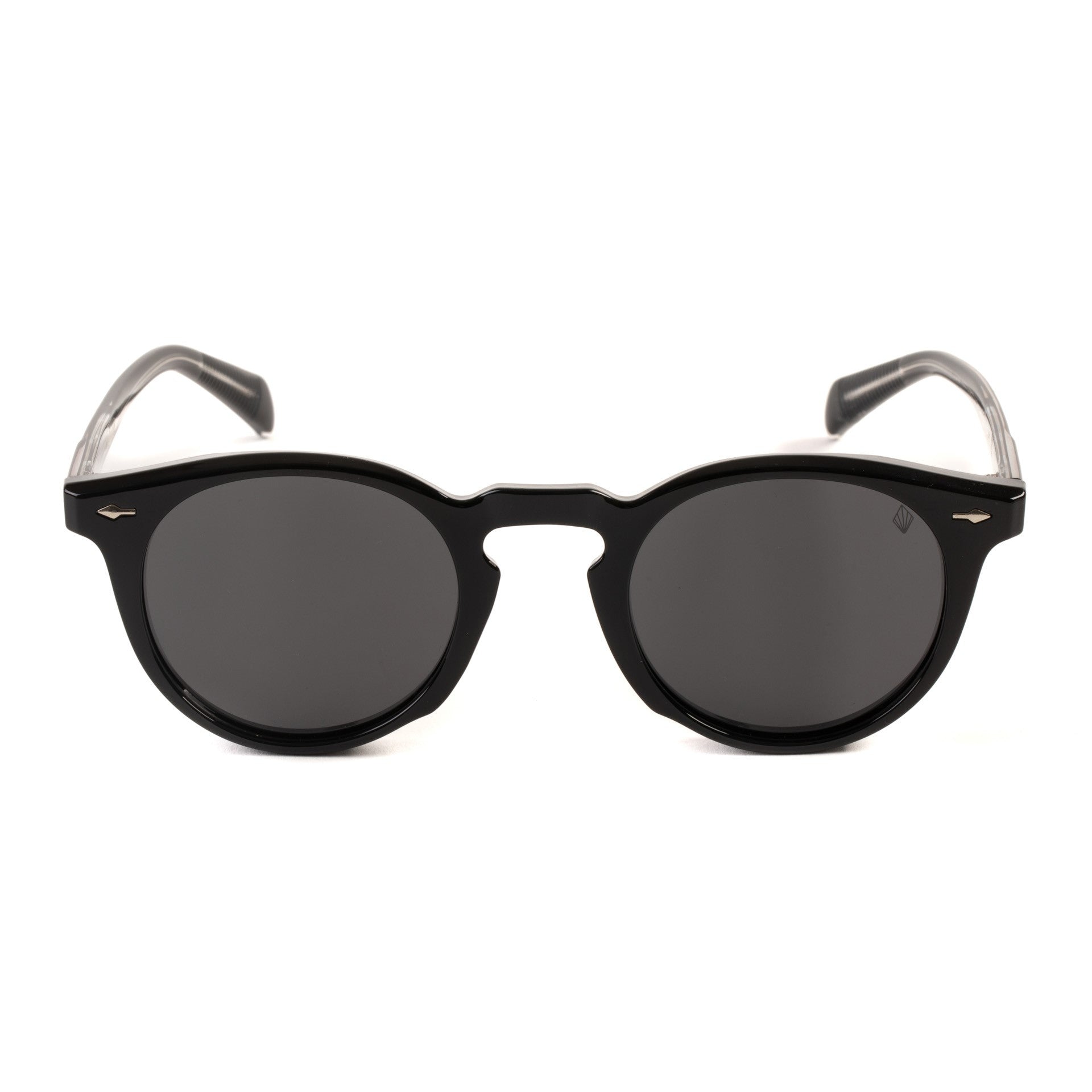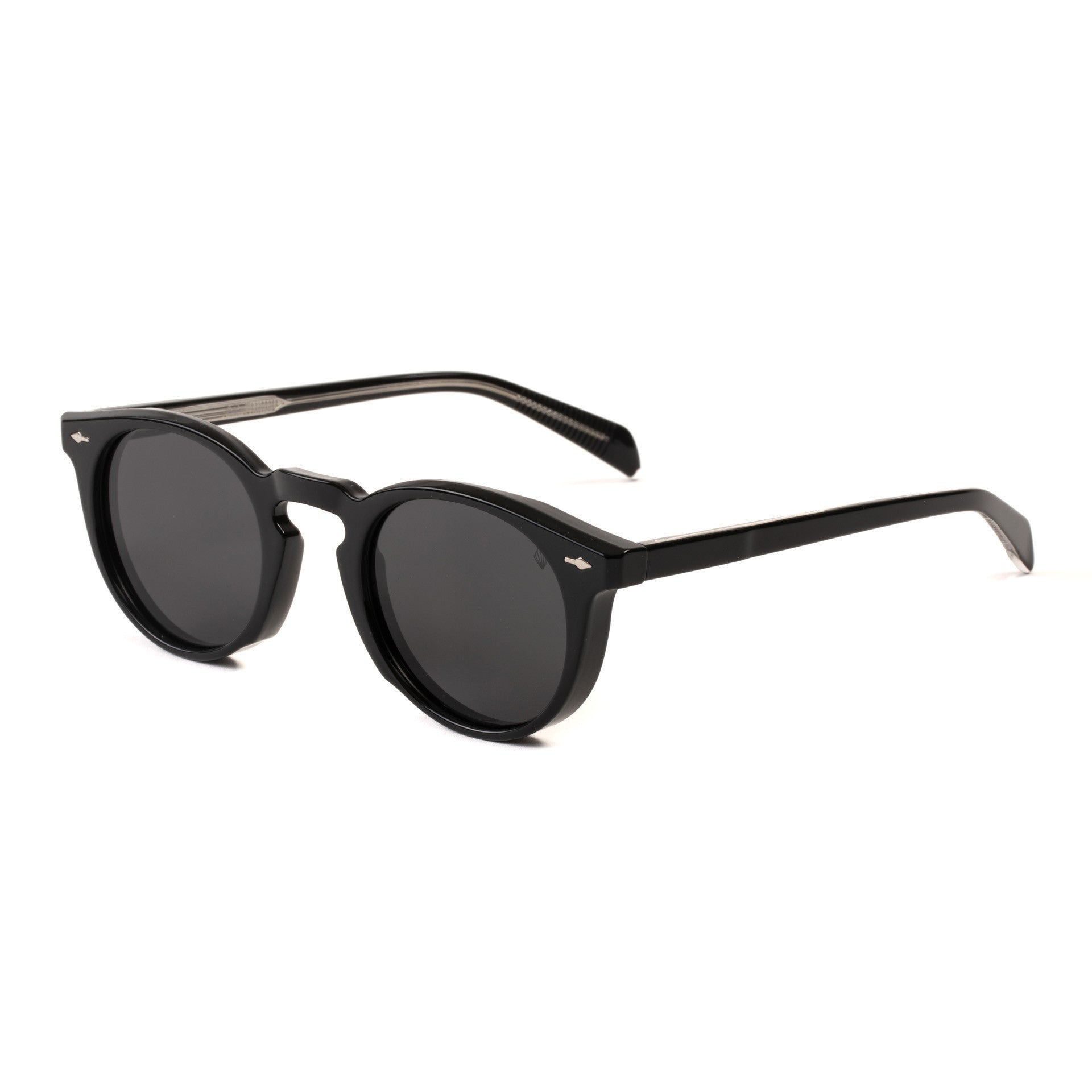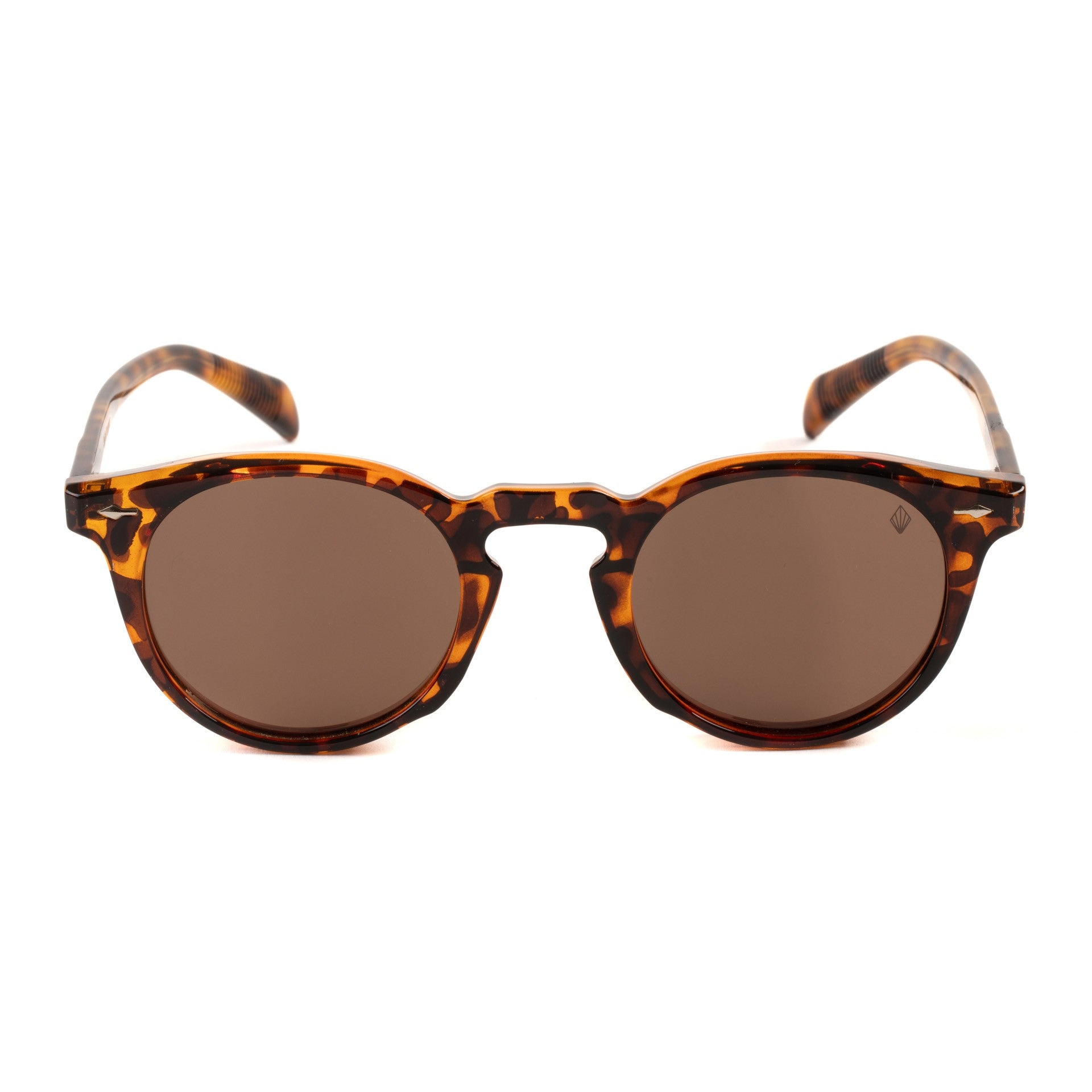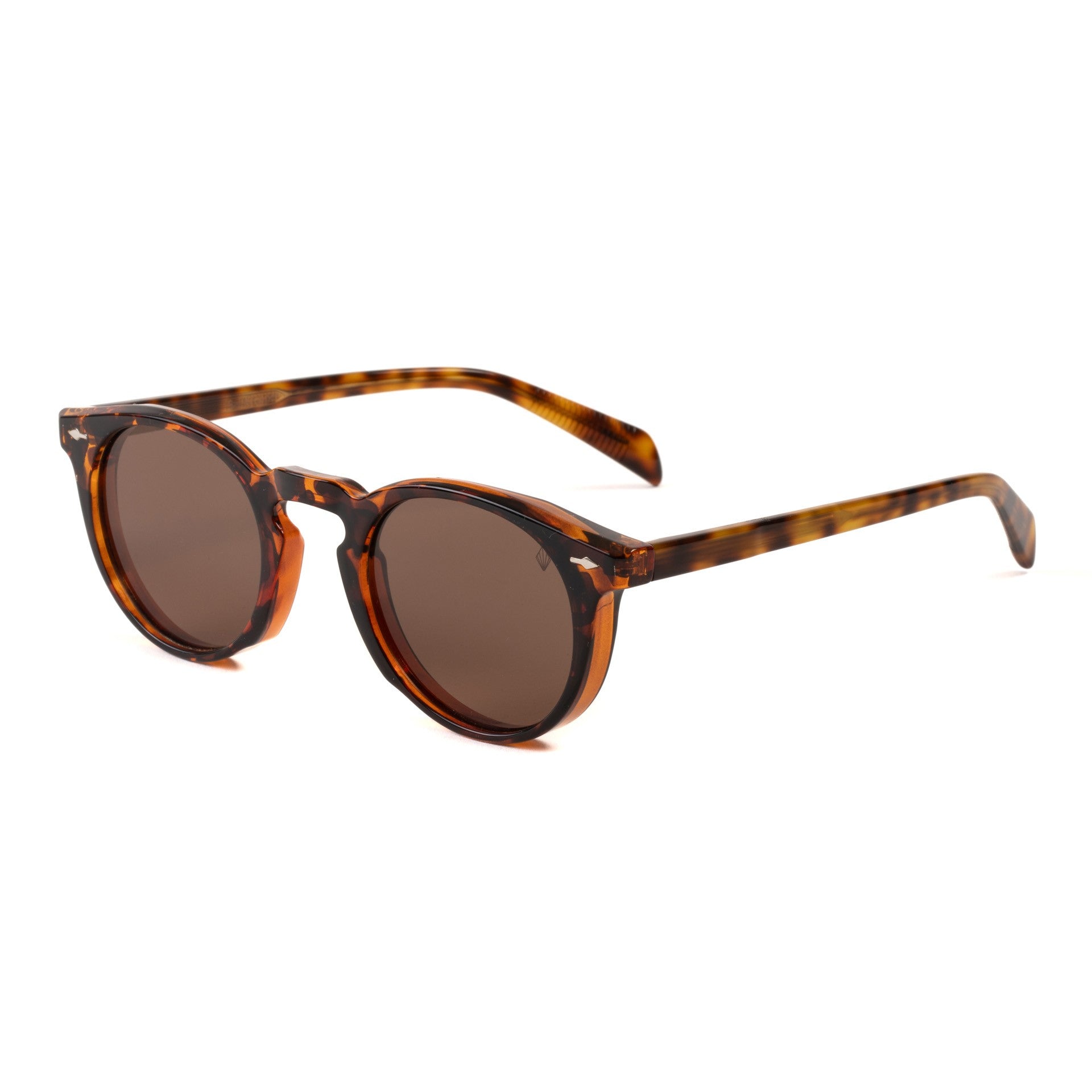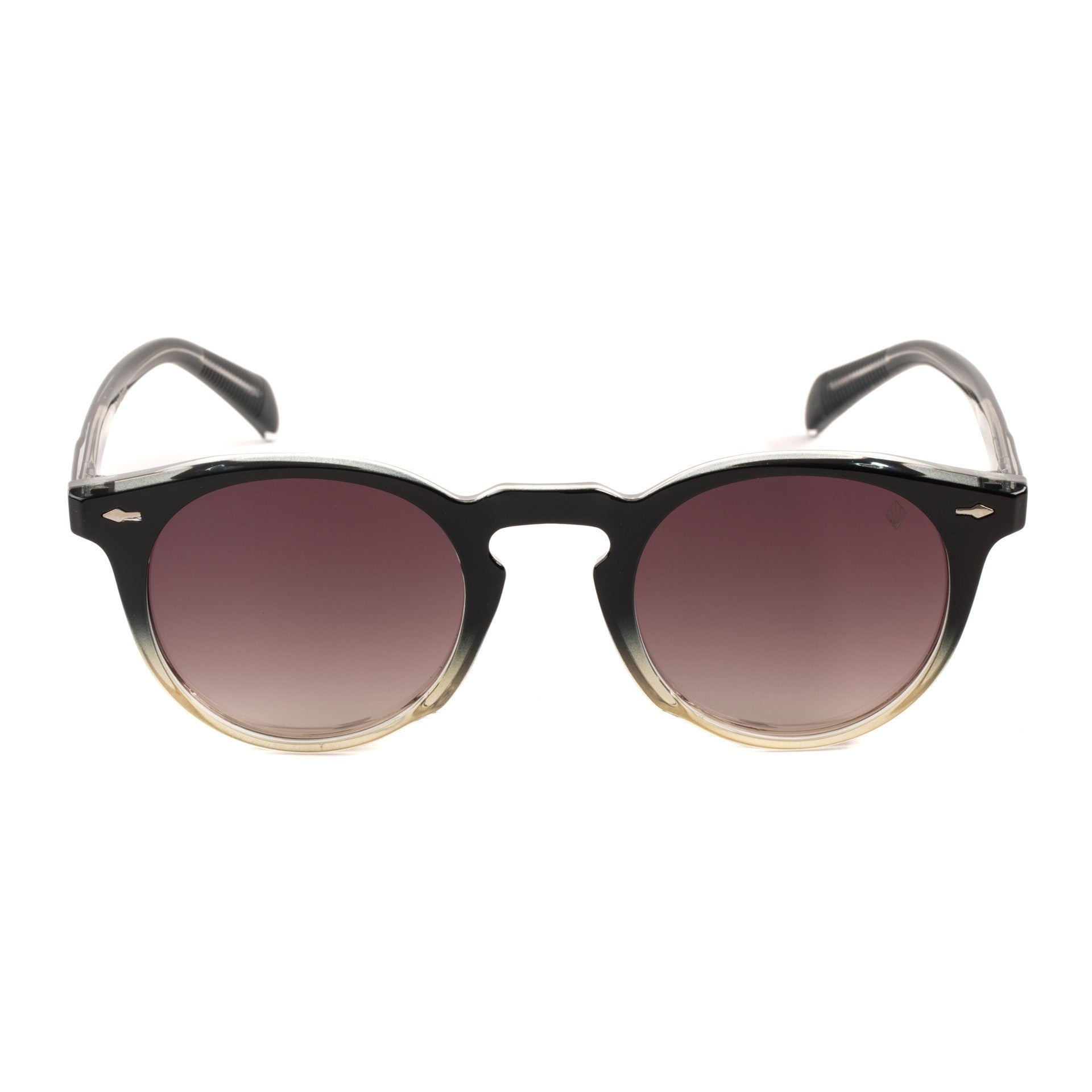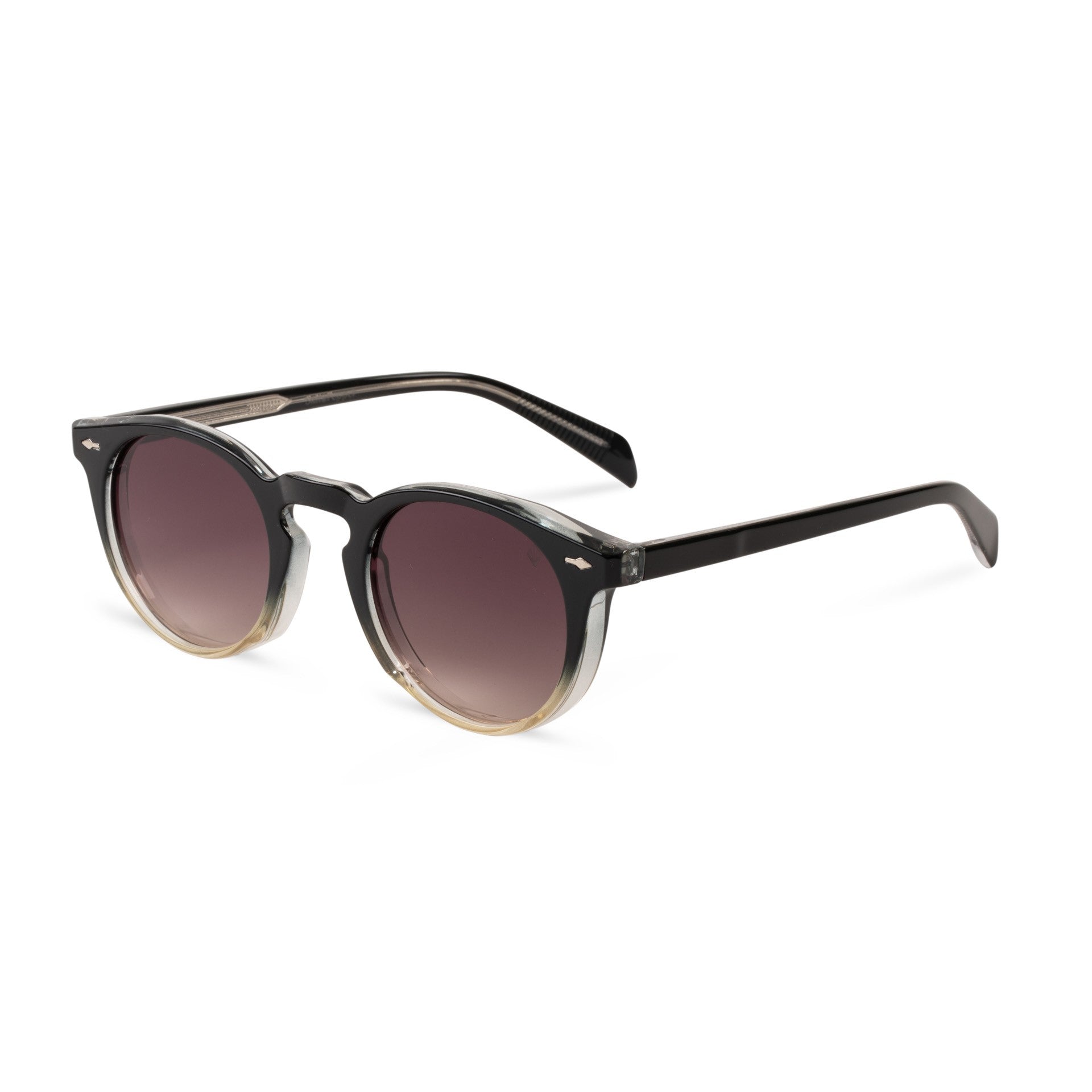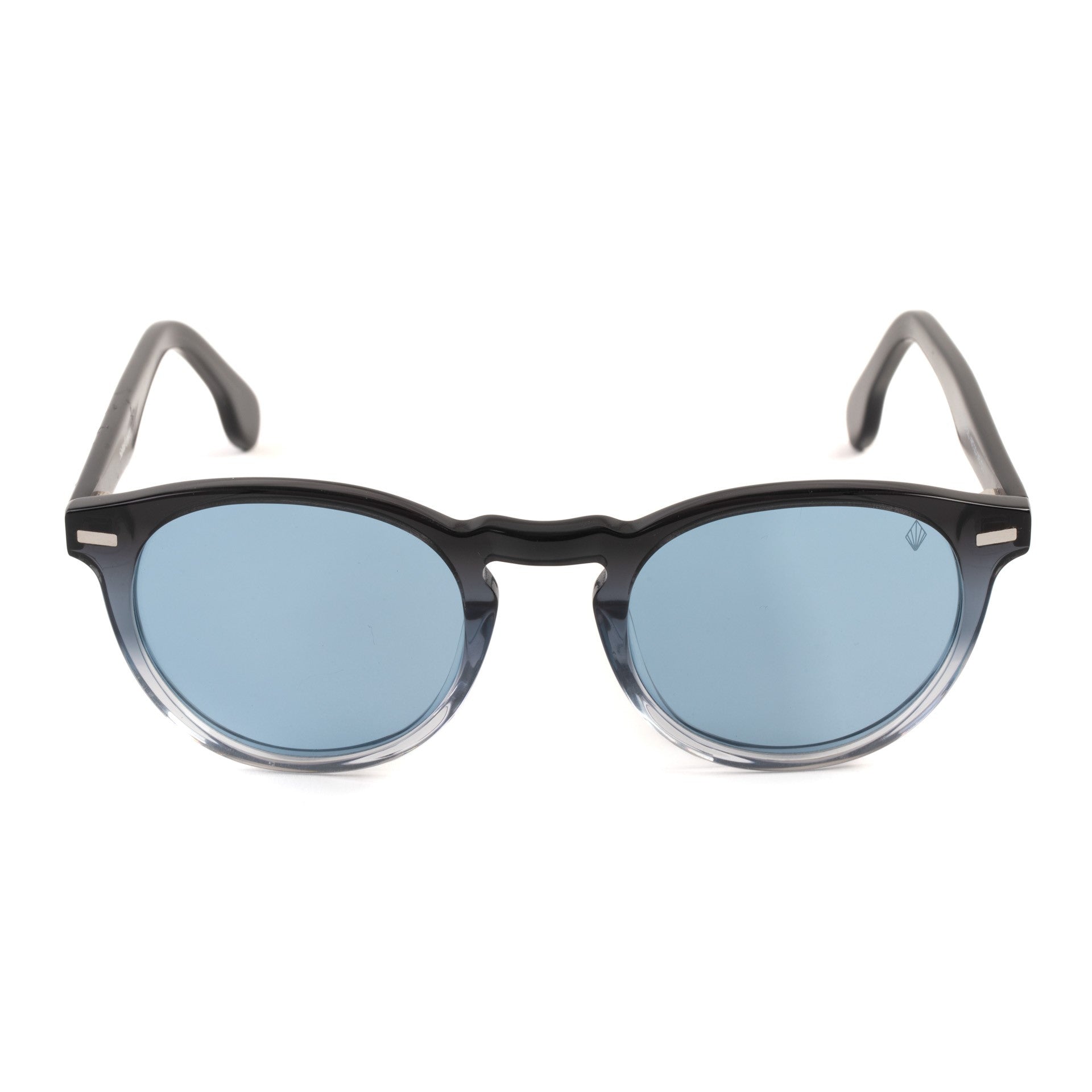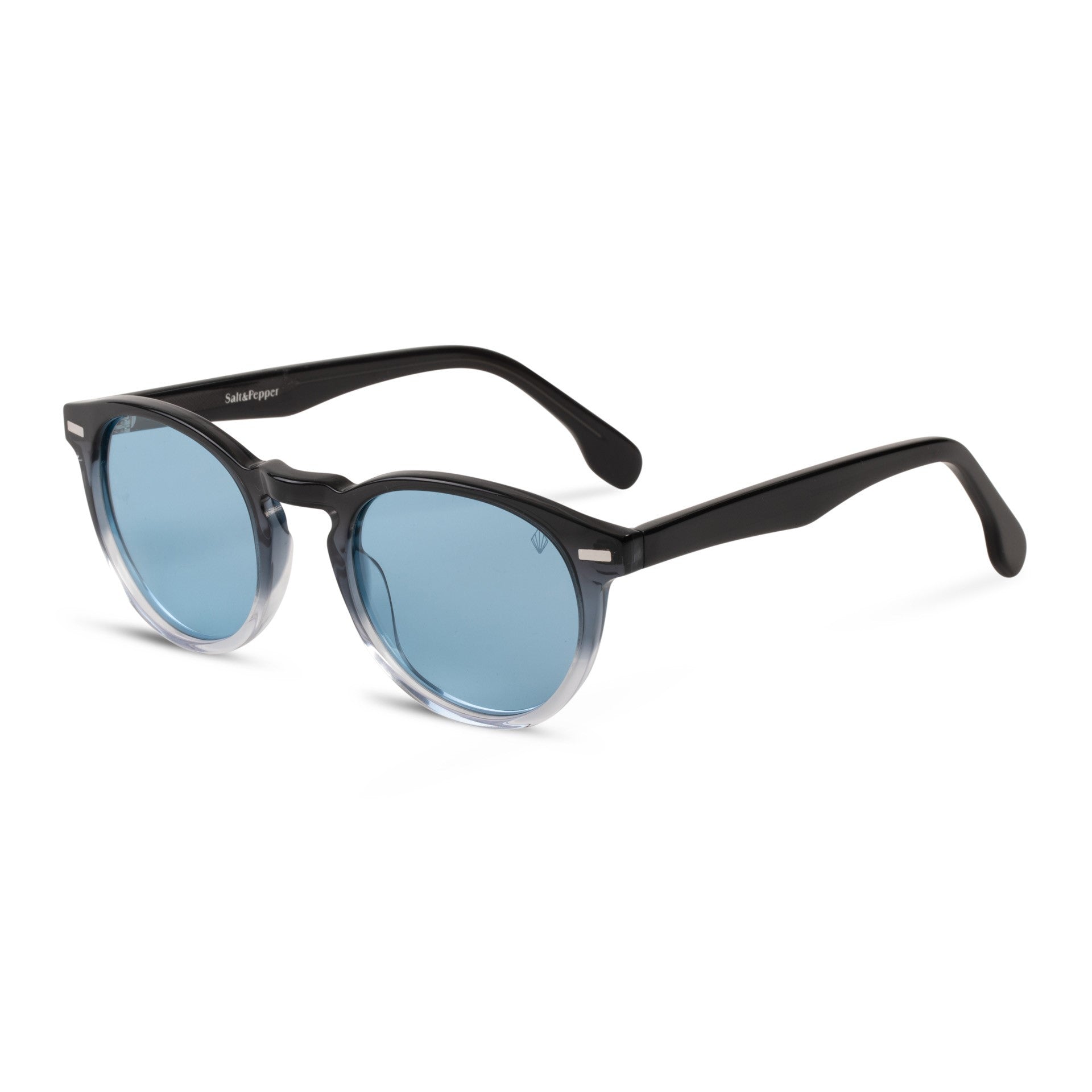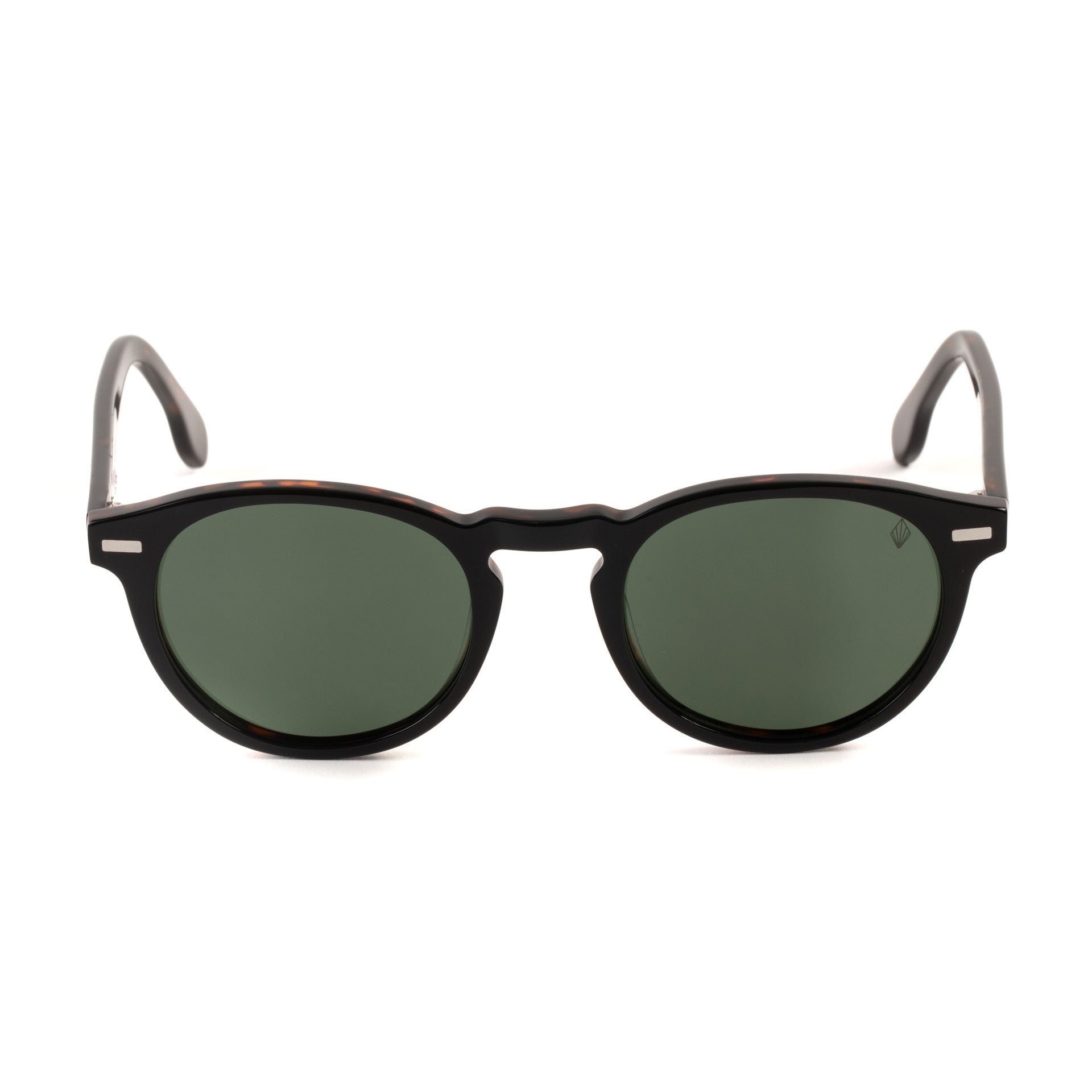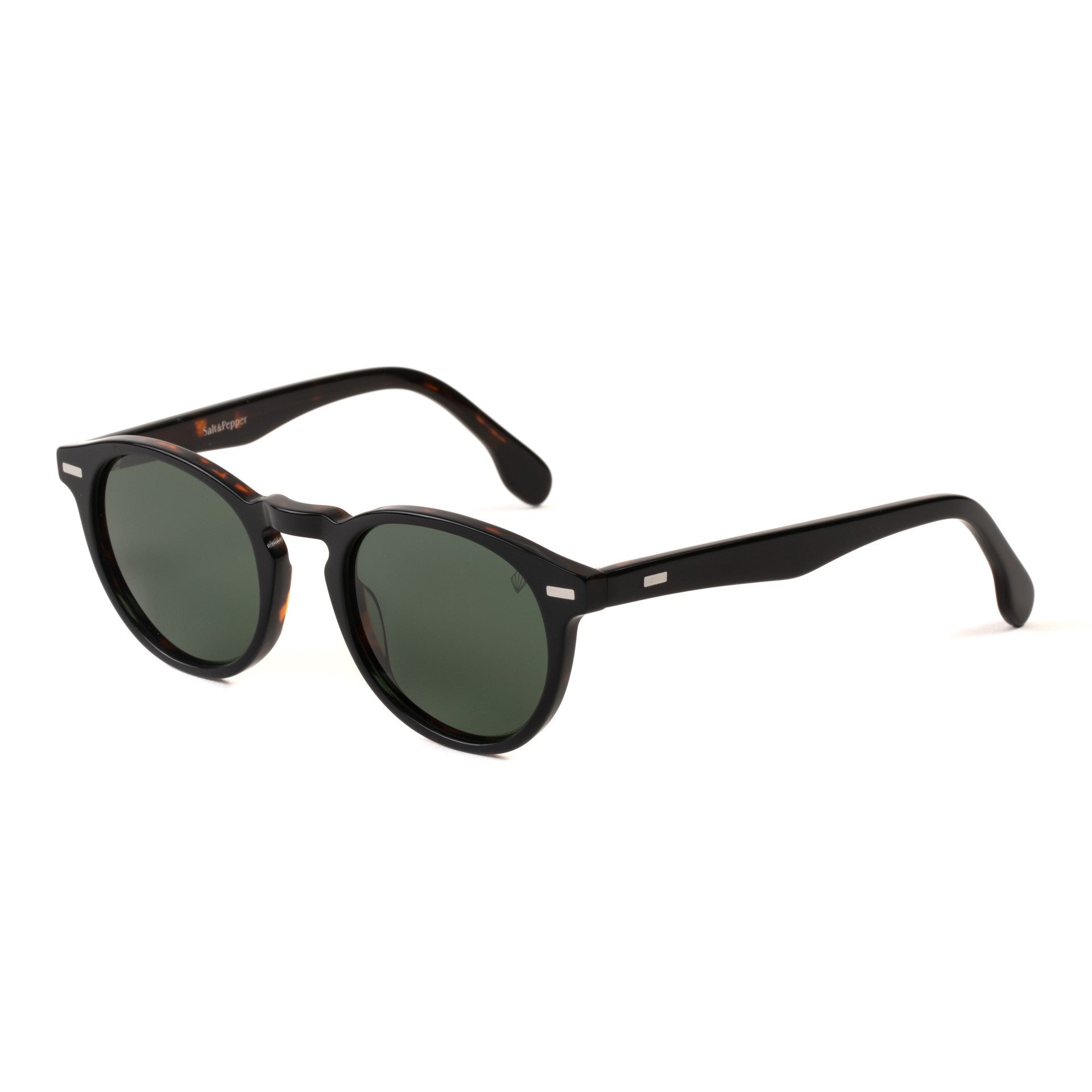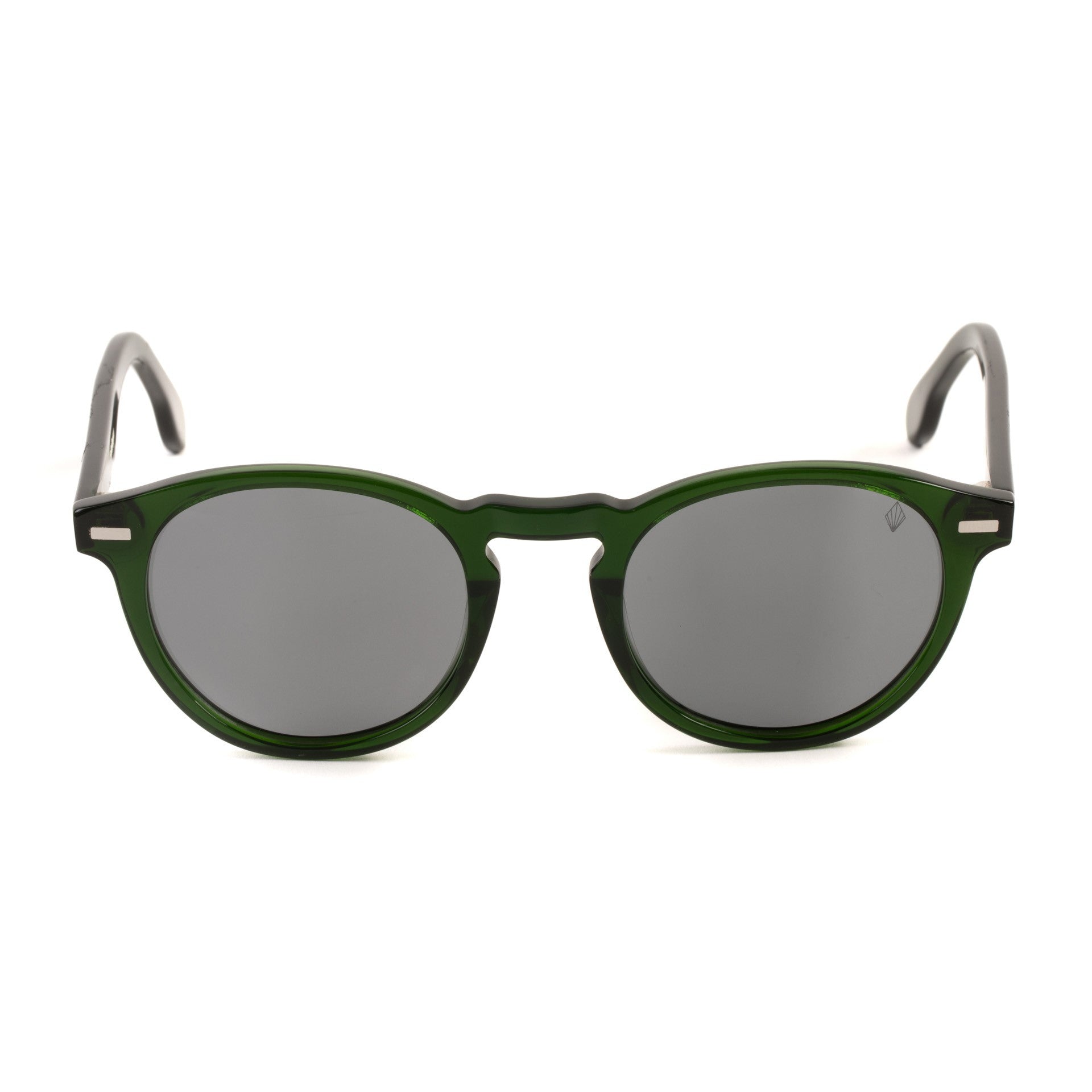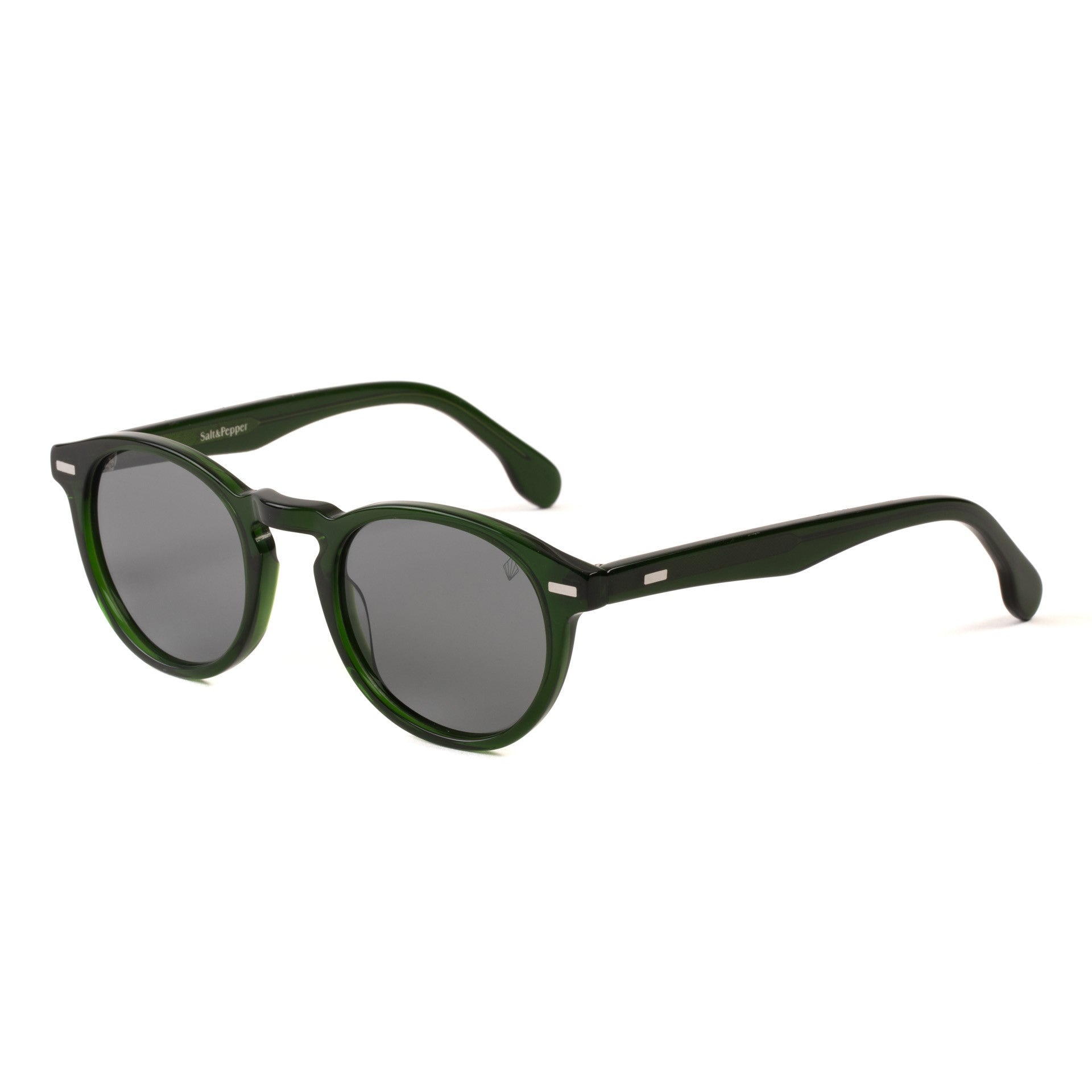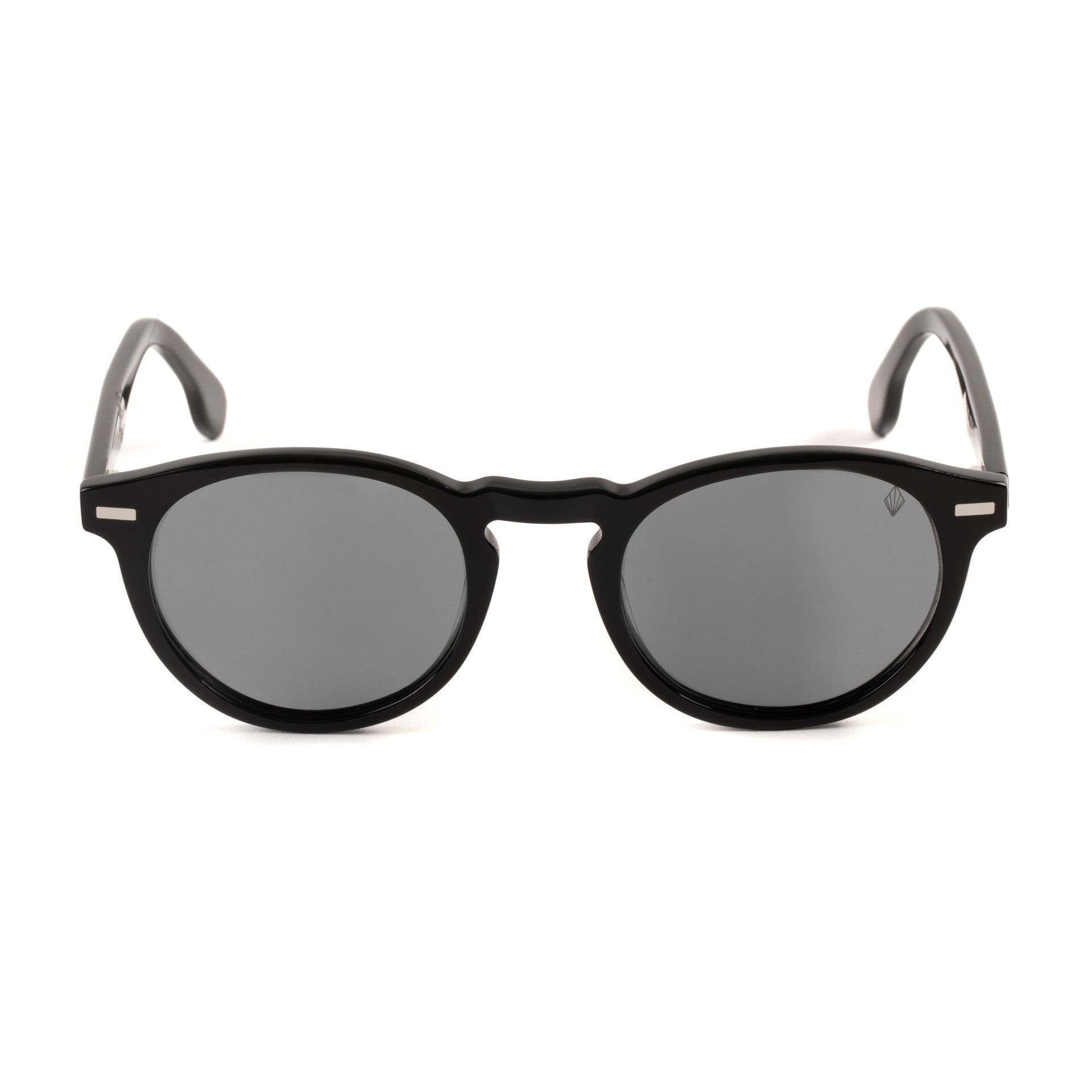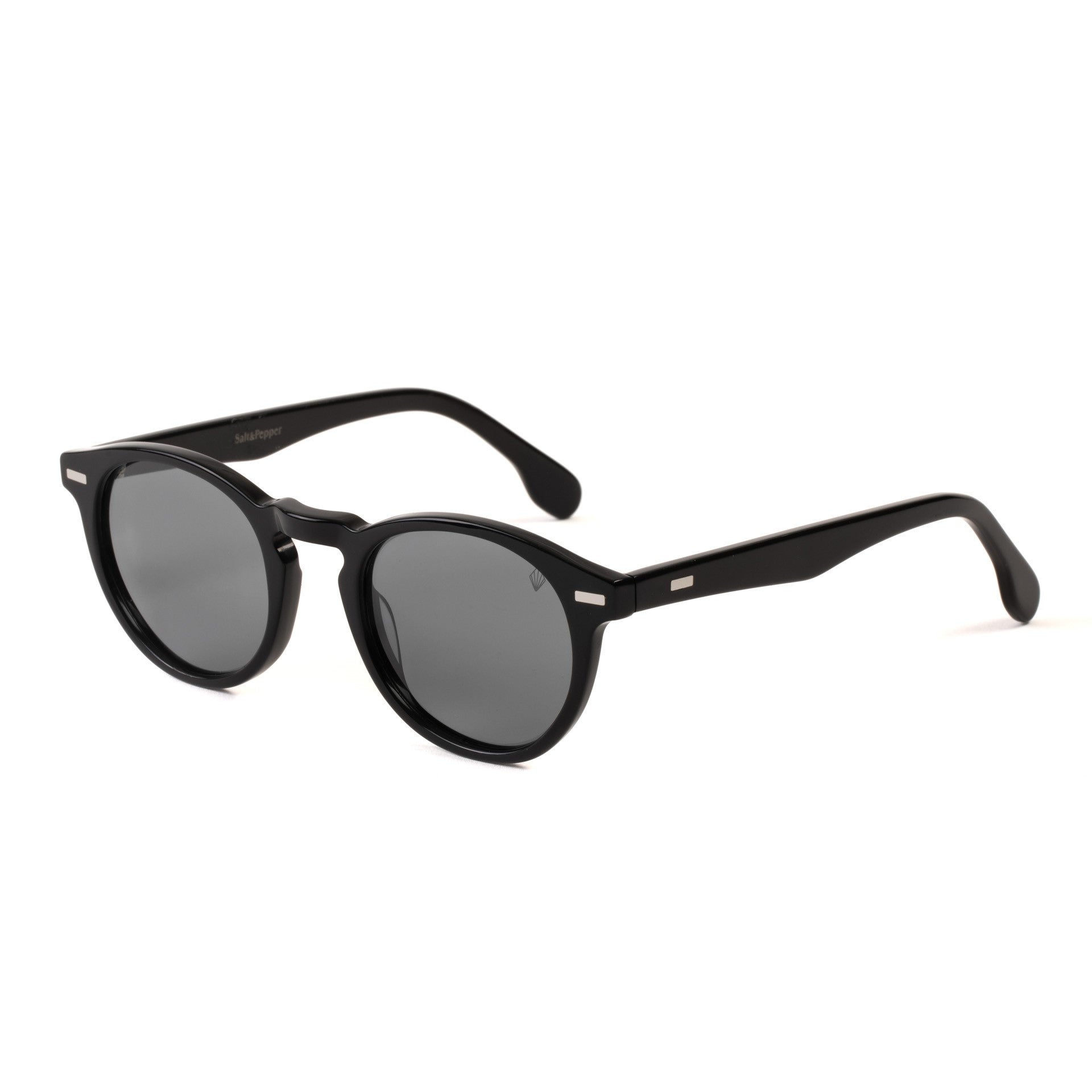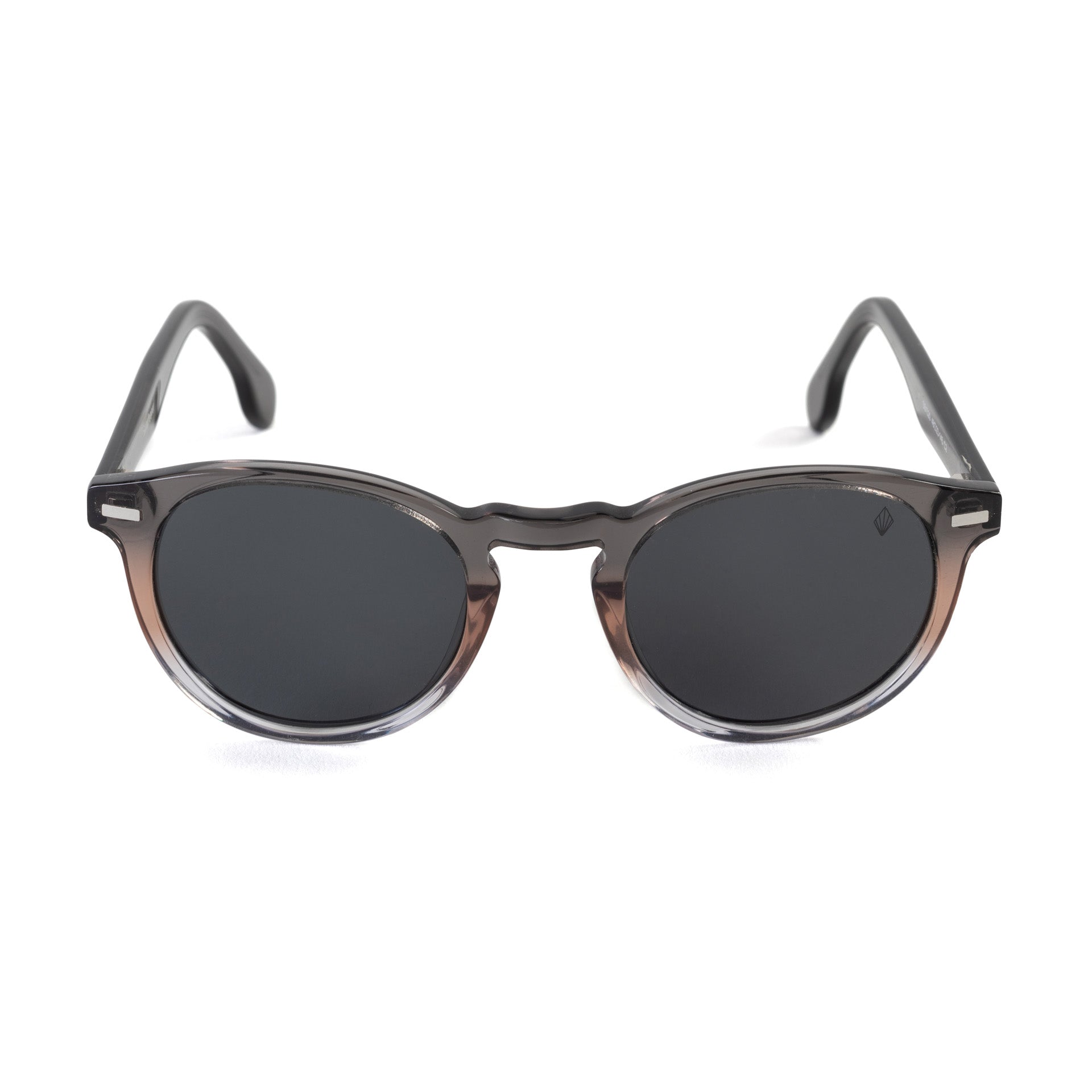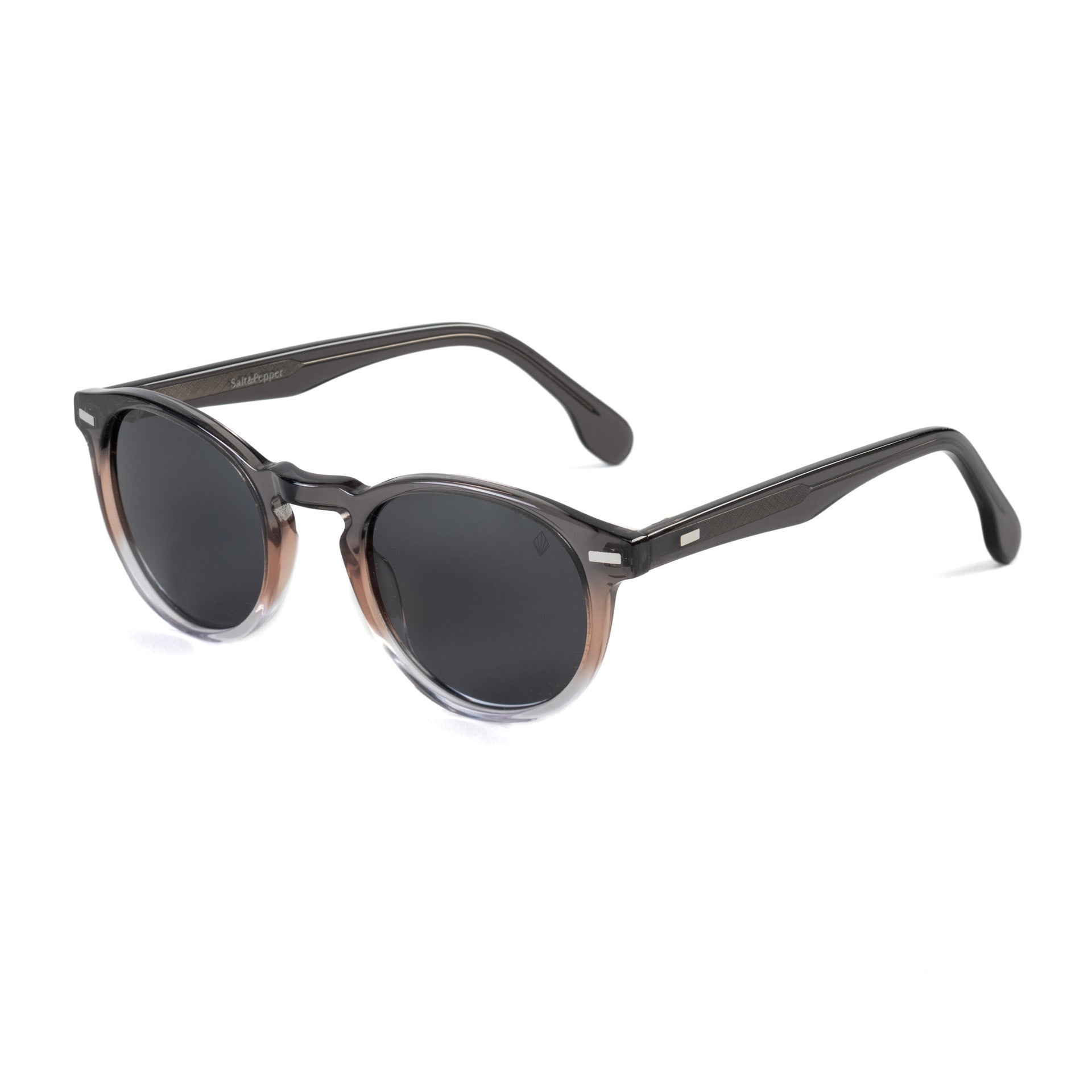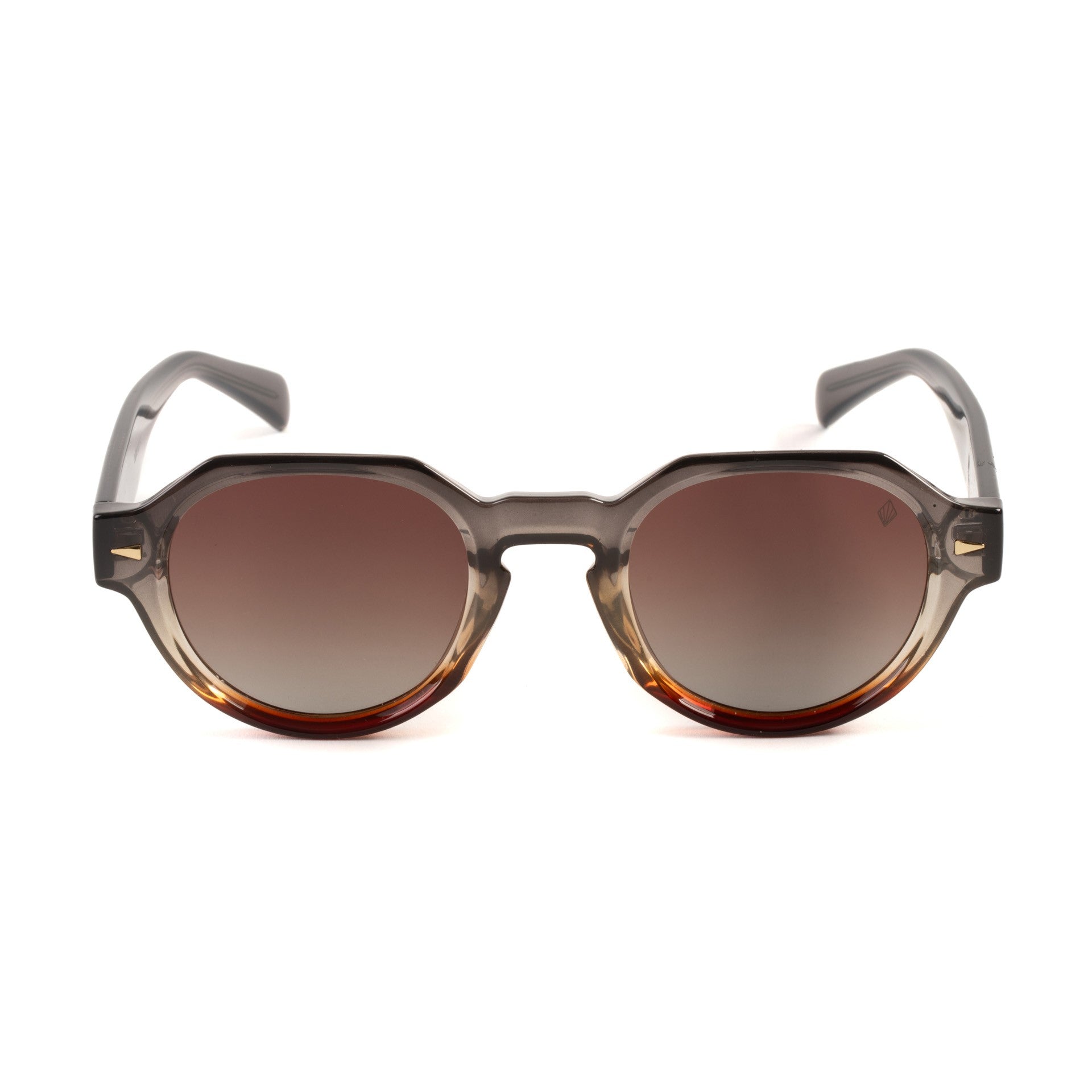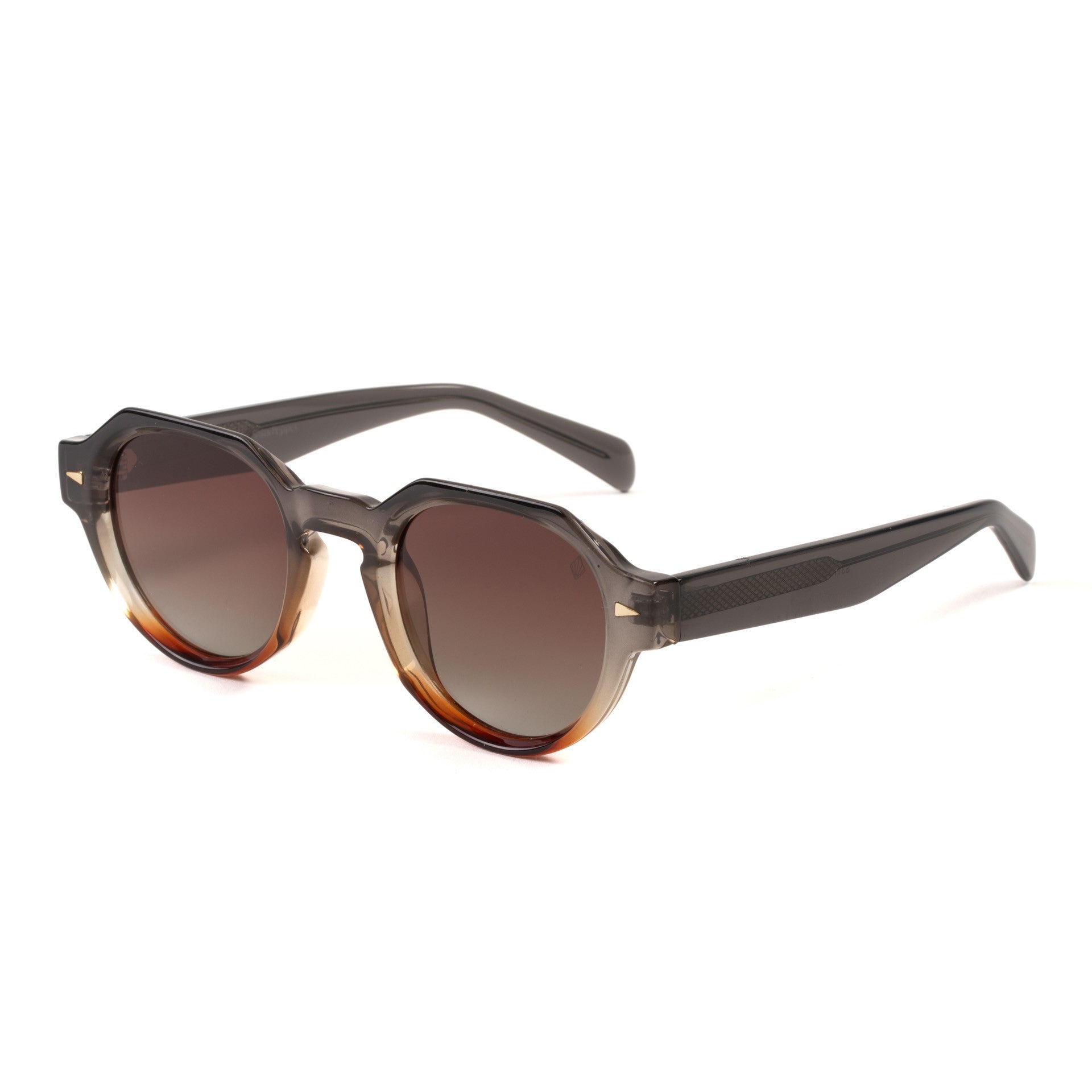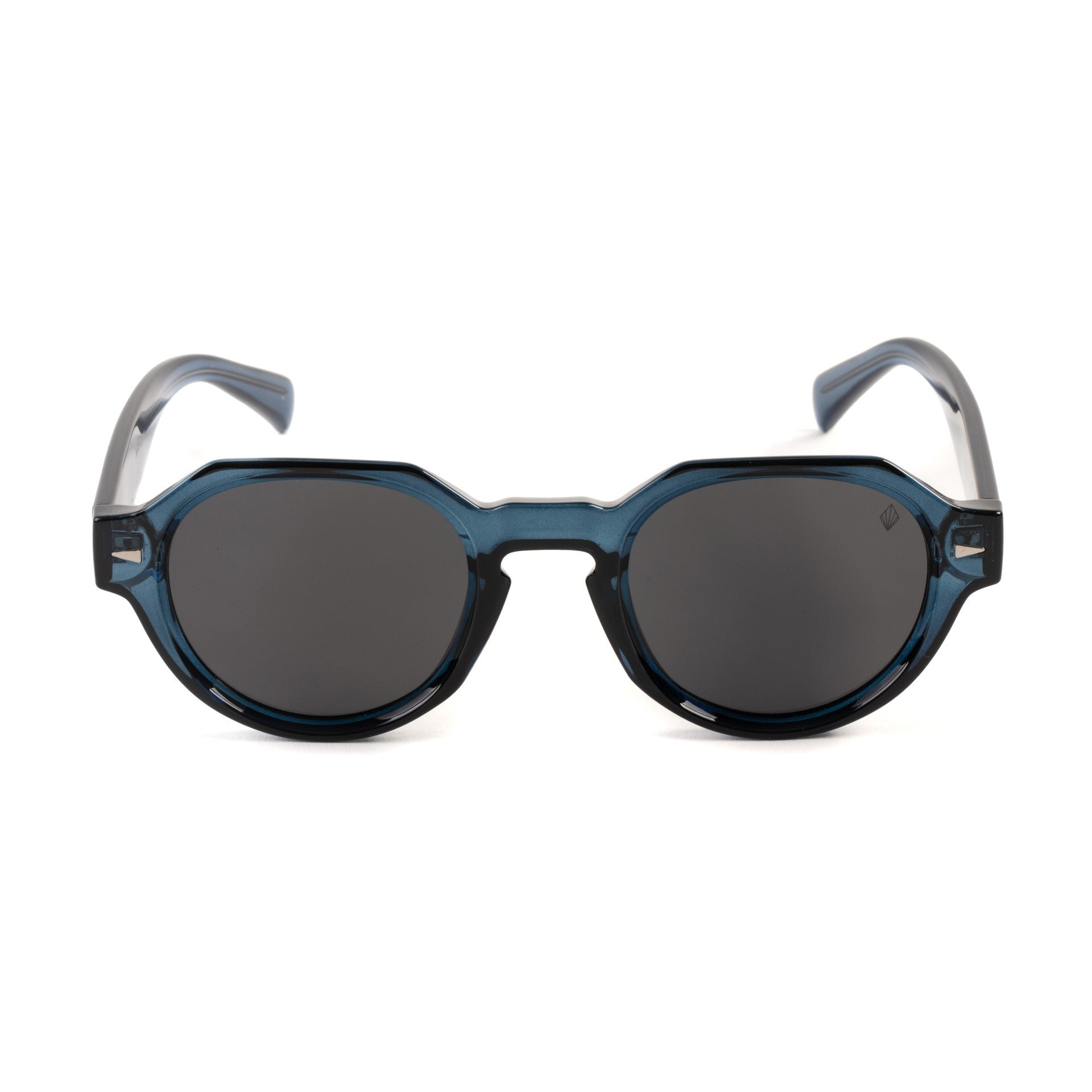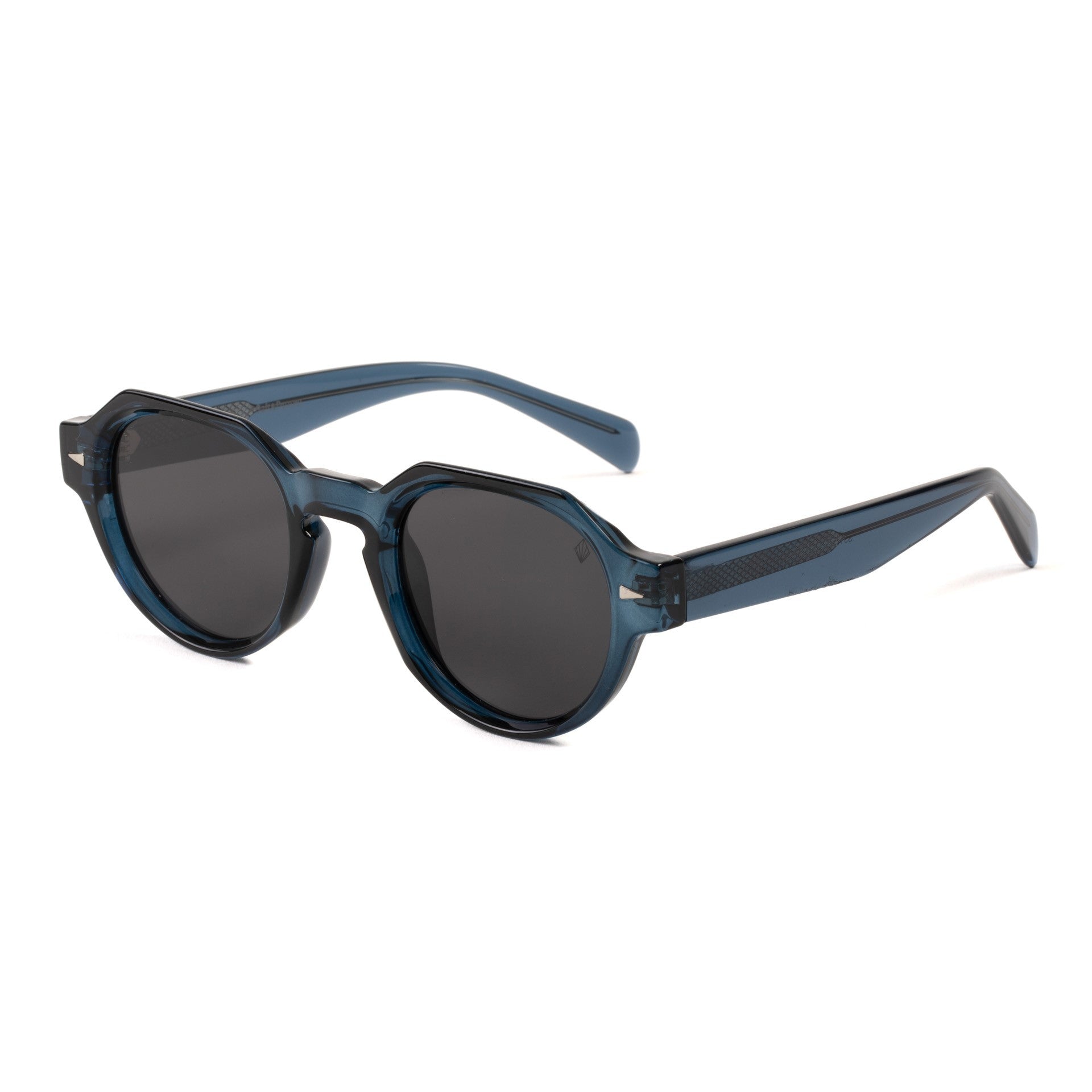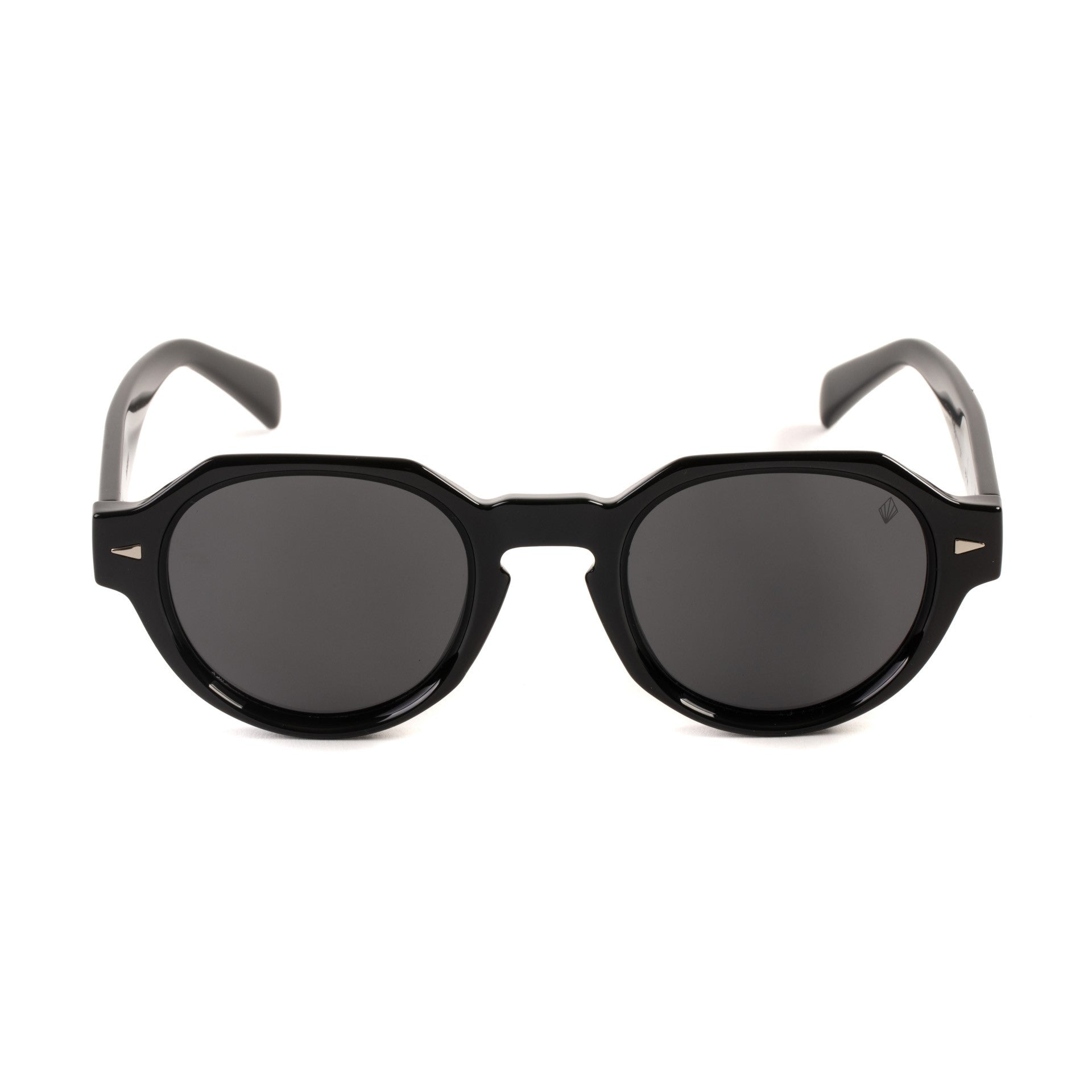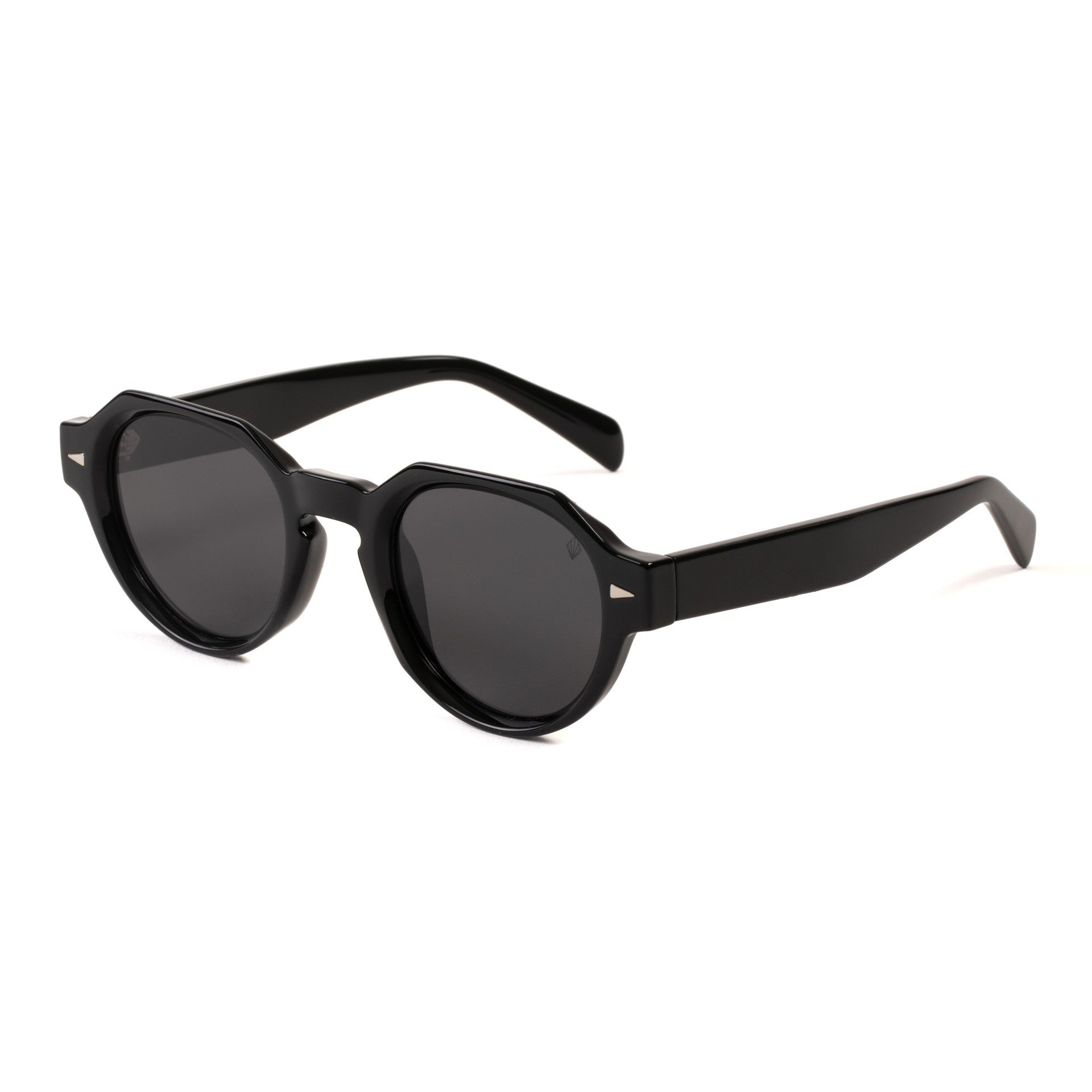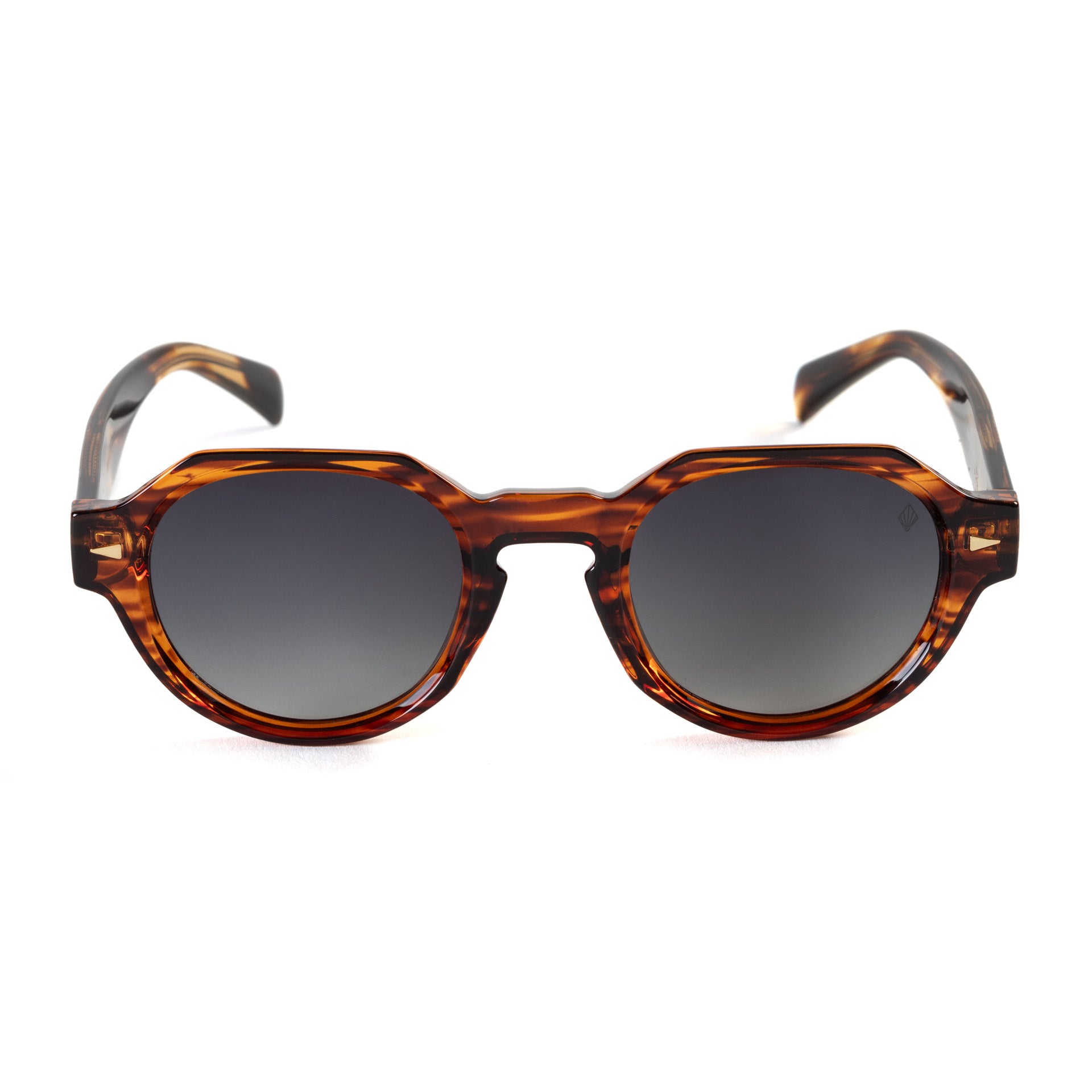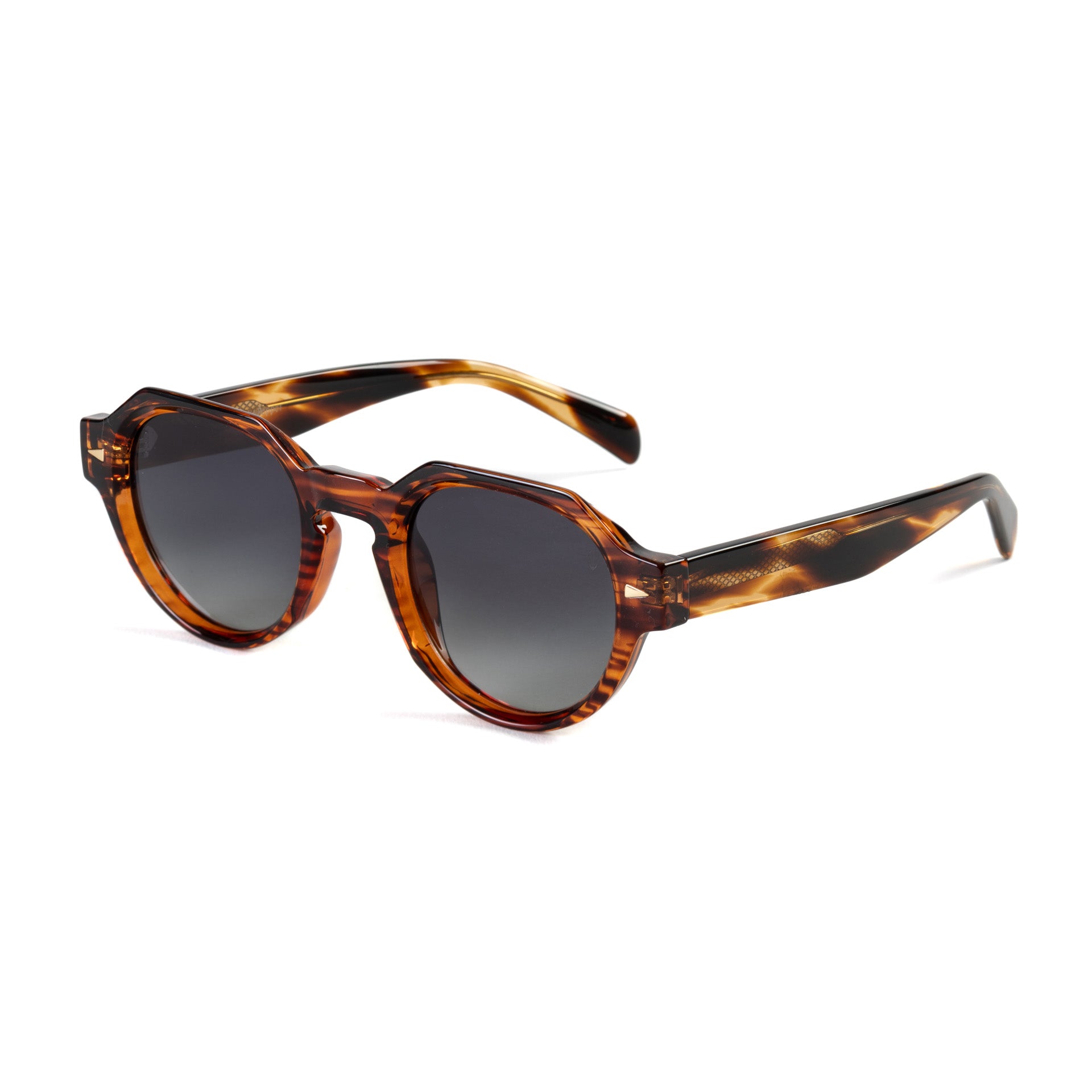Updated on: 2025-09-25
Table of Contents
- Understanding Virtual Try-On Glasses and Why They Help
- Essential Tips for Virtual Try-On Glasses and AR Eyewear Try-On
- Detailed Step-by-Step Process for Virtual Try-On Glasses
- Summary & Takeaway for Virtual Try-On Glasses
- Q&A: Virtual Try-On Glasses and Fit Accuracy
- About the Author: Virtual Try-On Glasses Guidance
- Step 1 — Check your device and lighting
- Step 2 — Enable camera and review privacy
- Step 3 — Measure your PD for prescription accuracy
- Step 4 — Choose frames and styles to compare
- Step 5 — Align your face and calibrate
- Step 6 — Compare sizes and bridge fit
- Step 7 — Test movement and angles
- Step 8 — Save, share, and shortlist
- Step 9 — From virtual try-on to checkout
- How accurate is virtual try-on for glasses in showing size and fit?
- Can I try on glasses online using my phone camera without an app?
- How do I try on prescription glasses online with a webcam and PD measurement?
- What if the frames look different in person?
- Author: Salt&Pepper Salt&Pepper
Choosing new frames is exciting, and virtual try-on glasses make the process more comfortable and accessible. With virtual glasses try-on and virtual try-on for eyeglasses, you can see styles on your face in real time, compare sizes, and get a feel for color and shape before you order. Modern AR eyewear try-on tools map your features to show how frames align with your eyes, bridge, and temples—helping you narrow choices with less guesswork and more confidence.
Essential Tips for Virtual Try-On Glasses and AR Eyewear Try-On
- Use soft, even light: Face a window or a lamp to reduce shadows. Good lighting improves tracking and makes frame edges clearer.
- Hold the camera at eye level: Keep your face centered and the device steady for a more accurate estimation of scale and alignment.
- Mind your PD: If you plan to add prescription lenses, measuring your pupillary distance (PD) helps align the optical center for a natural view.
- Compare multiple sizes: Many frames come in different widths and bridge sizes. Try more than one to see which sits best on your nose.
- Check the bridge and temple lines: Look at where the bridge rests and whether the temples align with or slightly above your ear line.
- Test color in different light: Try both natural and indoor light to understand how acetate tones or metals appear against your skin and hair.
- Use both phone and desktop if possible: Phone cameras are convenient; a desktop webcam can feel steadier for careful comparisons.
- Consider online sunglasses try-on: Preview tint levels and lens shapes to assess coverage and how the silhouette frames your face.
- Keep privacy in mind: Review camera permissions and close the try-on tab or app when finished.
- Explore curated collections for quicker picks: Browse Shop all frames, focused Women’s styles, or tailored Men’s styles to start with the shapes most likely to suit you.
Detailed Step-by-Step Process for Virtual Try-On Glasses
Step 1 — Check your device and lighting
Virtual try-on glasses work best with a recent smartphone or a laptop with a clear webcam. Wipe the camera lens and sit near a window if possible. Soft light reduces harsh shadows and helps the tool capture your features more precisely.
Step 2 — Enable camera and review privacy
Open the virtual glasses try-on tool and accept camera permissions. If there are privacy settings, choose options you feel comfortable with. When you are finished, you can turn off the camera or close the page to end access.
Step 3 — Measure your PD for prescription accuracy
If you plan to add lenses, measuring your PD (the distance between your pupils) helps center your vision in the lens. Some tools let you try on prescription glasses online with webcam and PD measurement. If a tool offers guided PD measurement, follow the prompts and ensure your face is straight and relaxed.
Step 4 — Choose frames and styles to compare
Select a range of shapes—round, rectangle, cat-eye, and aviator—to see how they alter balance and proportion. Add a couple of sunglasses to test coverage and brow line. If you enjoy a curated starting point, browsing a collection such as Best sellers can help you focus on styles many people find flattering.
Step 5 — Align your face and calibrate
Most AR eyewear try-on tools show an oval or line to guide face alignment. Keep your eyes level and relax your expression. If there is a calibration step, follow it carefully; this helps the tool position frames around your eyes and bridge with more accuracy.
Step 6 — Compare sizes and bridge fit
Look at where the lenses sit relative to your eyes. Your pupils should rest near the horizontal center of each lens. Try different sizes if available; a slightly wider or narrower frame can change comfort and the look of your features. Pay attention to the bridge. If it appears to float or pinch visually, try a different bridge width or keyhole bridge shape.
Step 7 — Test movement and angles
Turn your head left and right. Tilt slightly up and down. This helps you notice temple length, lens coverage, and whether the frame seems to sit higher or lower than you prefer during normal movement.
Step 8 — Save, share, and shortlist
If the tool offers snapshots, take a few with different lighting or angles. Share with a friend if you like a second opinion. Aim to shortlist two to four frames so you can compare details calmly.
Step 9 — From virtual try-on to checkout
When you feel comfortable with a choice, review frame measurements (lens width, bridge width, temple length) and your PD. If you are adding prescription lenses, enter your details carefully. A final glance at product photos and size charts can be reassuring before you order.
Summary & Takeaway for Virtual Try-On Glasses
Virtual try-on glasses offer a gentle, low-pressure way to explore frames. With even lighting, steady alignment, and a quick PD check, the experience can be a helpful preview of size and style. AR eyewear try-on does not replace the feeling of trying on physical frames, yet it can bring you very close—especially for comparing width, bridge shape, and overall look. If you are interested in a quick, curated browse to begin, you might explore Shop all frames for a wide view or sunglasses within the same collection for outdoor styles.
Q&A: Virtual Try-On Glasses and Fit Accuracy
How accurate is virtual try-on for glasses in showing size and fit?
Virtual try-on glasses are designed to approximate size and fit by mapping key facial points such as pupils, bridge, and temple line. When lighting is even and your face is centered, many tools present lens width and bridge placement with reasonable accuracy. There may be small differences compared to an in-person try-on due to camera angle, posture, and device lens distortion. For the closest result, compare the frame’s measurements to a pair you already own, and use the tool’s calibration options if available. This combination usually yields a clear picture of how the frame will sit.
Can I try on glasses online using my phone camera without an app?
Many experiences now run in the mobile browser, so you can try on glasses online using your phone camera without an app. You will be asked to allow camera access. Keeping your phone at eye level and holding it steady helps the tool detect your features smoothly. If your connection is slow, switching to Wi‑Fi can improve quality and reduce lag while the AR eyewear try-on renders frames.
How do I try on prescription glasses online with a webcam and PD measurement?
Some platforms include a PD measurement step that works with a standard webcam. You will be guided to face the camera, look straight ahead, and sometimes hold a known reference (like a card) at your forehead or under your nose. The tool then estimates the distance between your pupils. After PD is set, the virtual try-on for eyeglasses can align lenses more accurately to simulate where your eyes would fall within the frame. If PD tools are not offered, you can enter PD from a previous pair, an optician’s note, or measure with a simple ruler and mirror at home.
What if the frames look different in person?
Color and fit can vary slightly in different lighting and due to camera lenses. Checking the frame’s listed size and bridge design, and comparing to a pair you own, can reduce surprises. If you are still unsure, starting with classic shapes or popular picks may feel safer while you explore, and many shoppers look at best sellers for this reason. You can browse a curated range any time and continue using virtual glasses try-on as you refine your choices.
About the Author: Virtual Try-On Glasses Guidance
Salt&Pepper Salt&Pepper
Salt&Pepper Salt&Pepper helps readers feel confident choosing frames online, with experience in virtual try-on glasses, AR eyewear try-on, and practical fit guidance. This article is designed to be calm, clear, and useful for everyday decisions. Thank you for spending a moment with us—we wish you an easy and enjoyable frame-finding experience.

